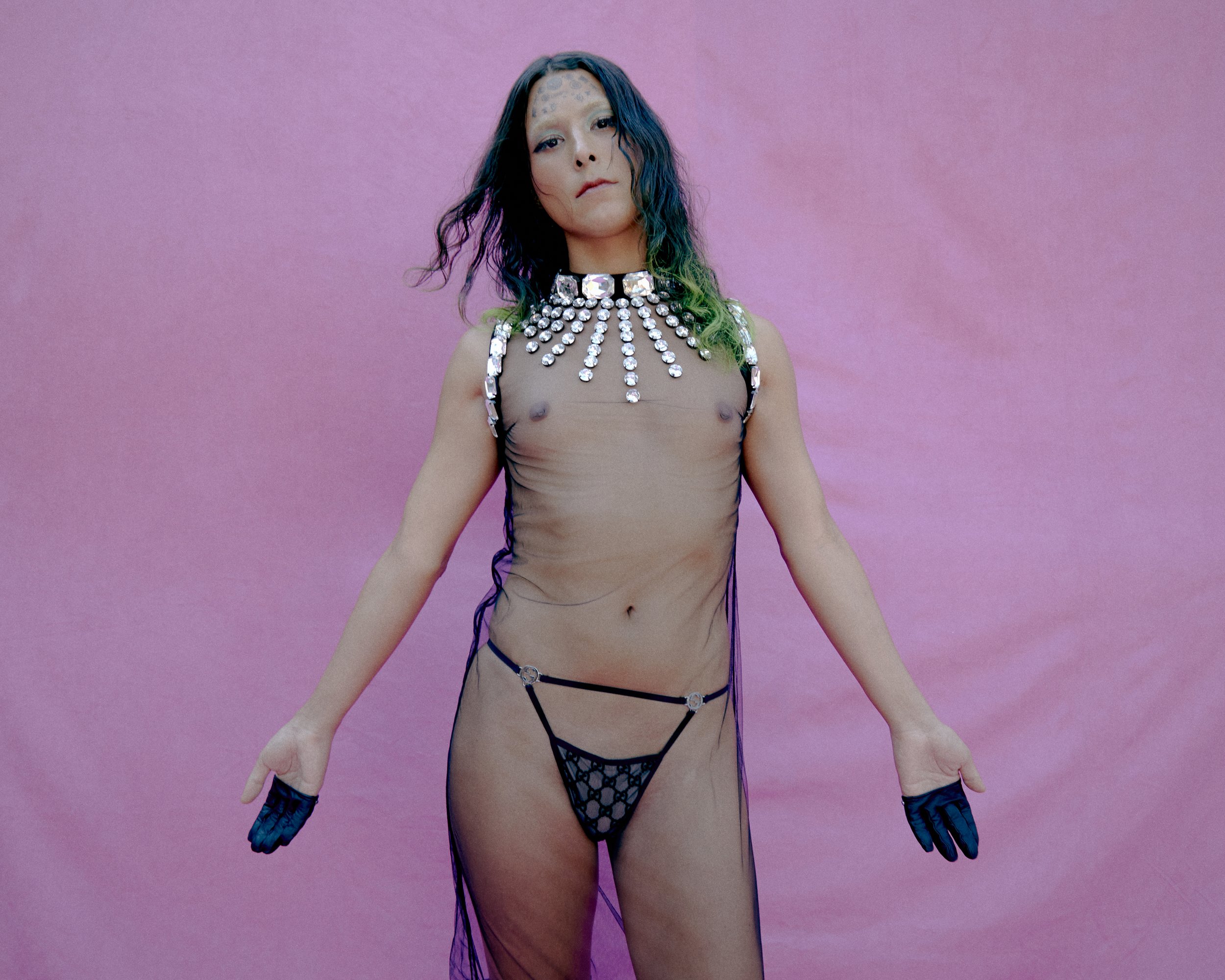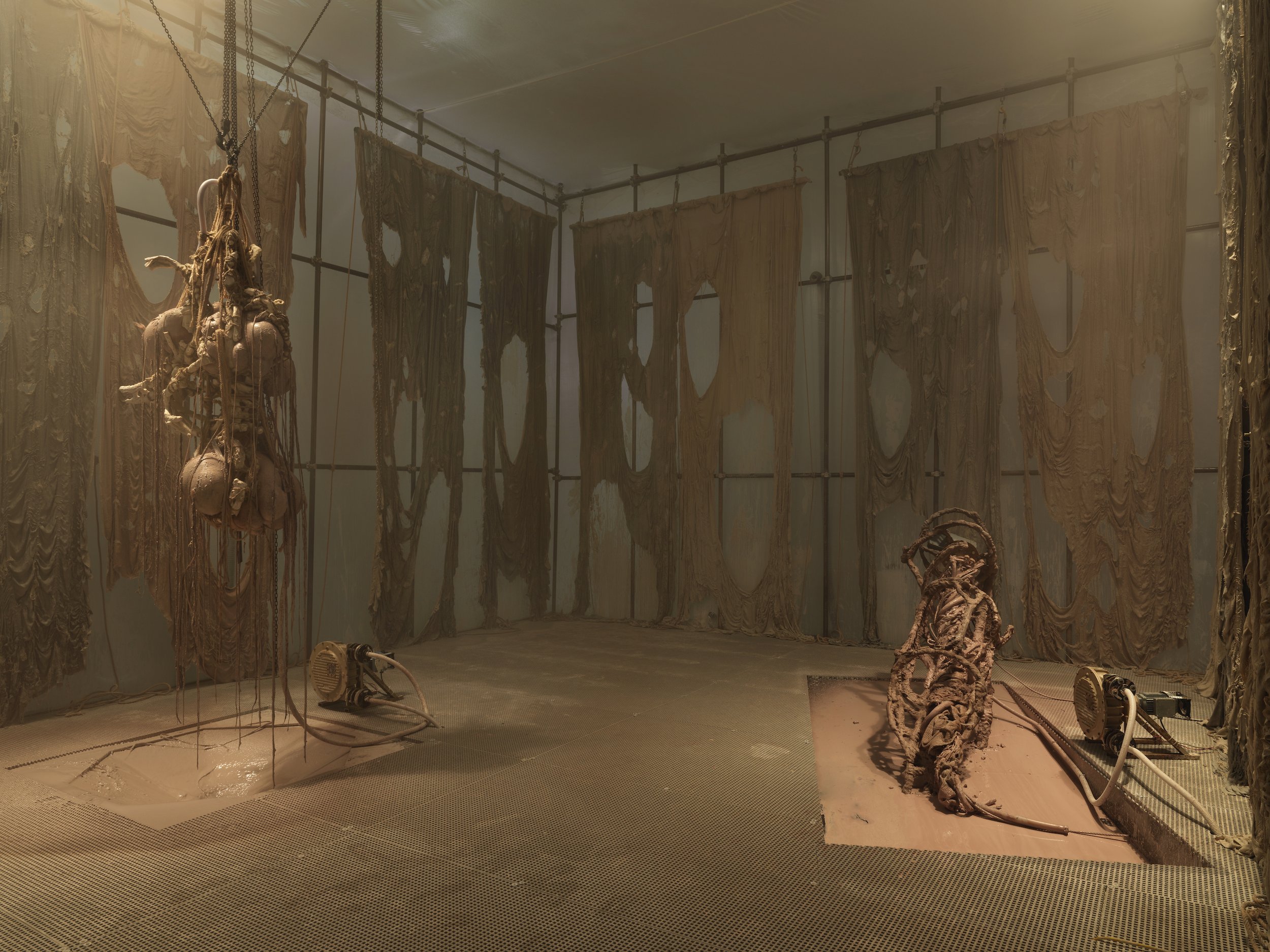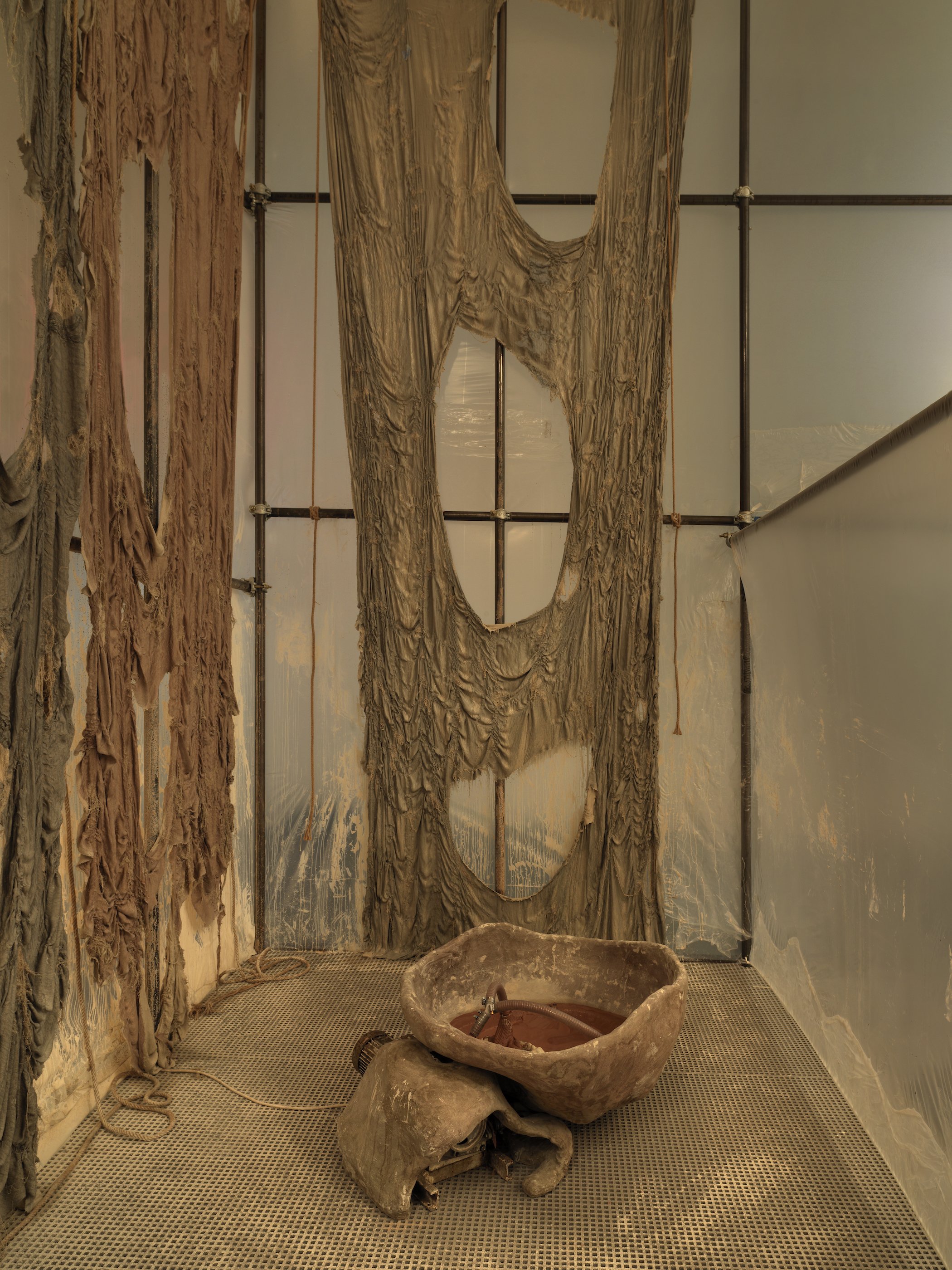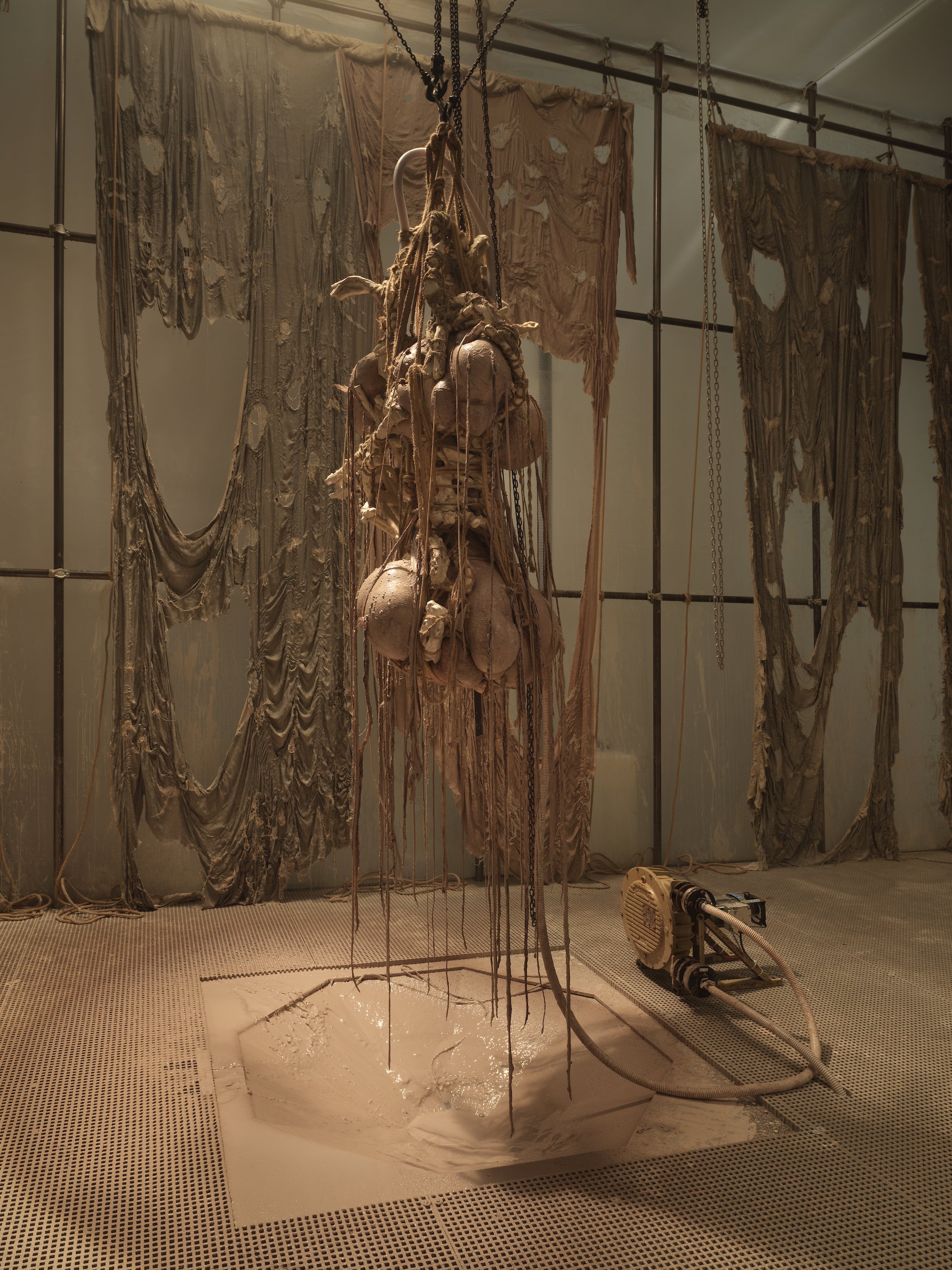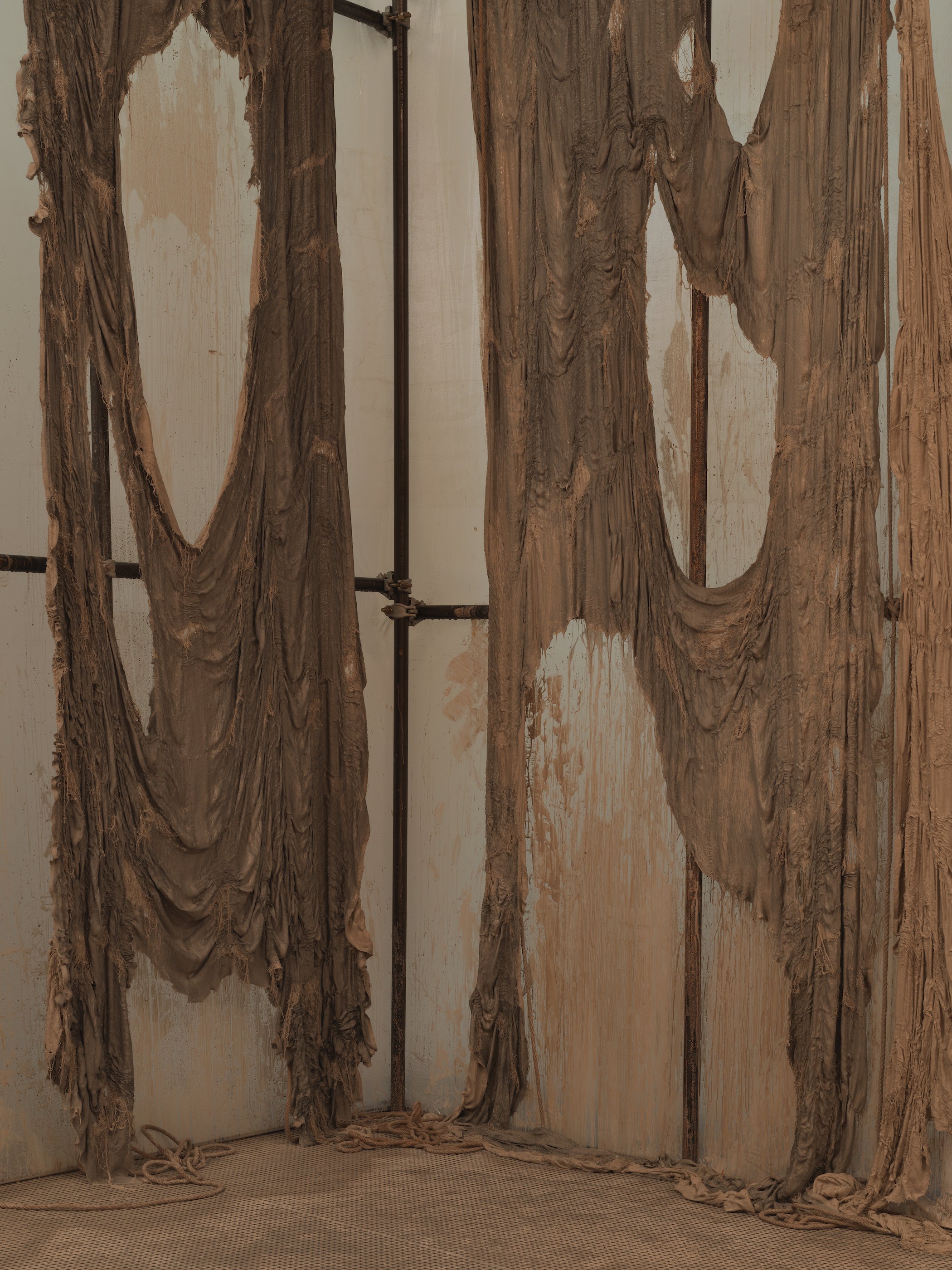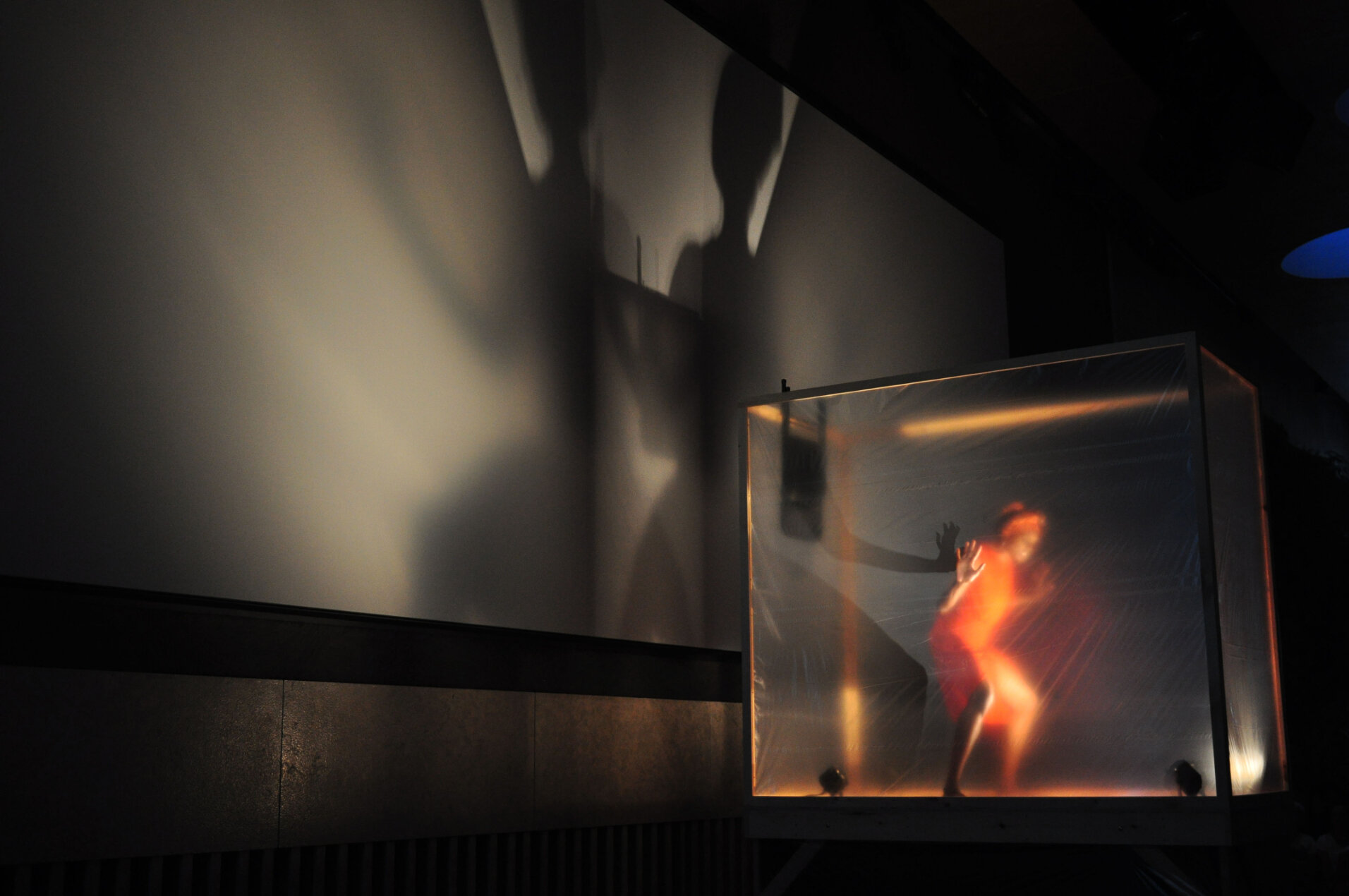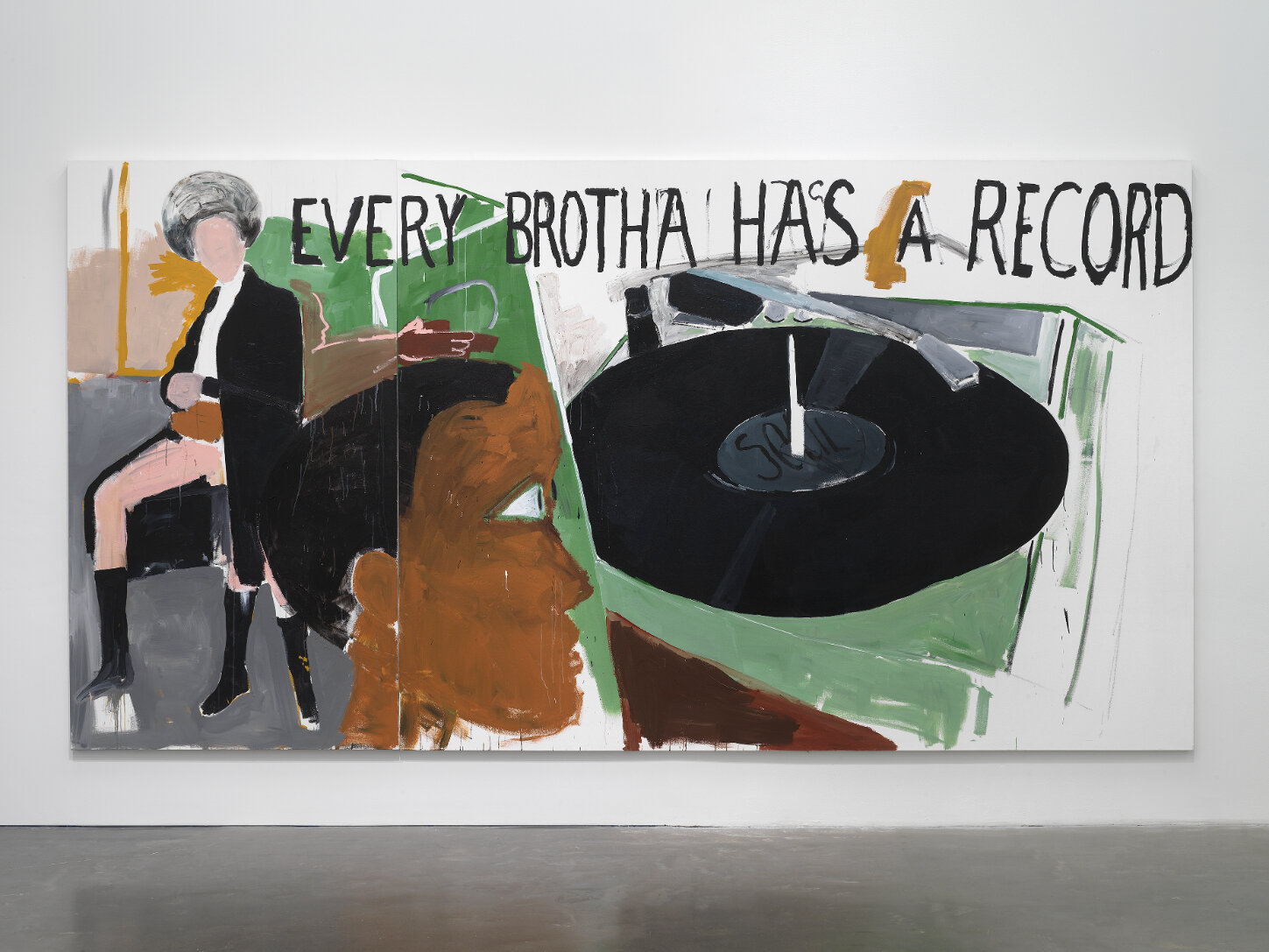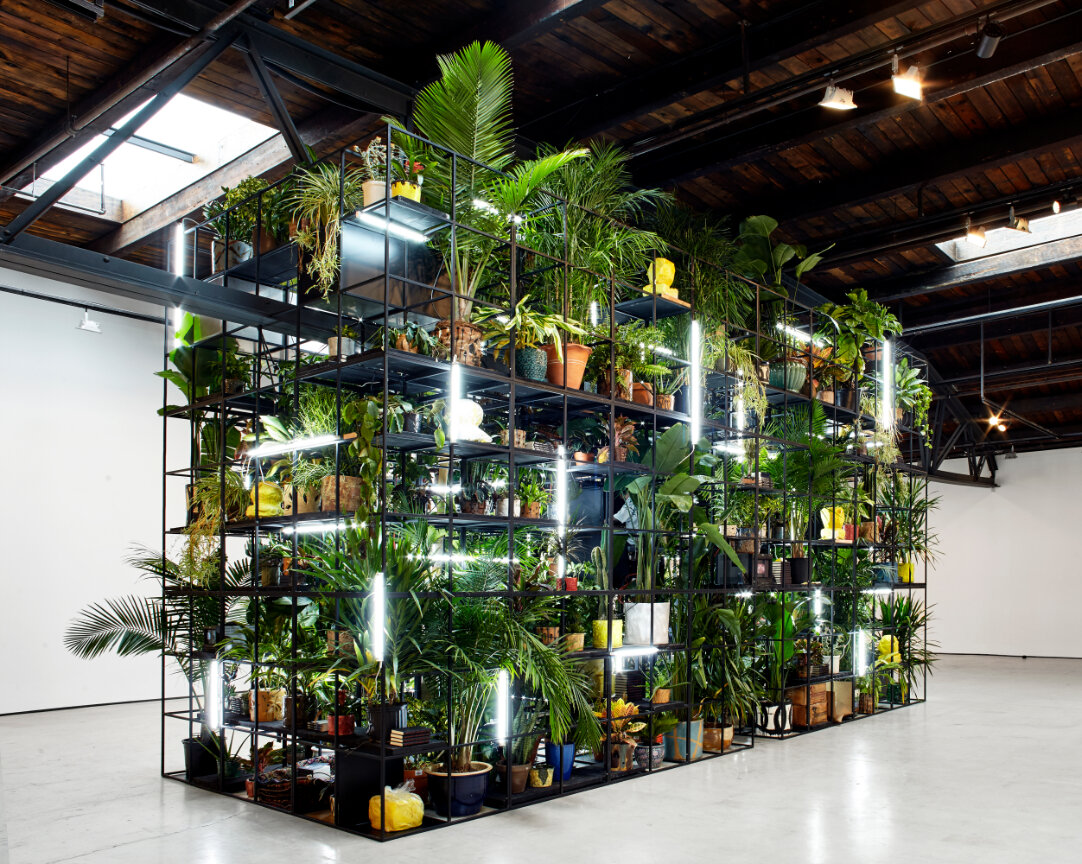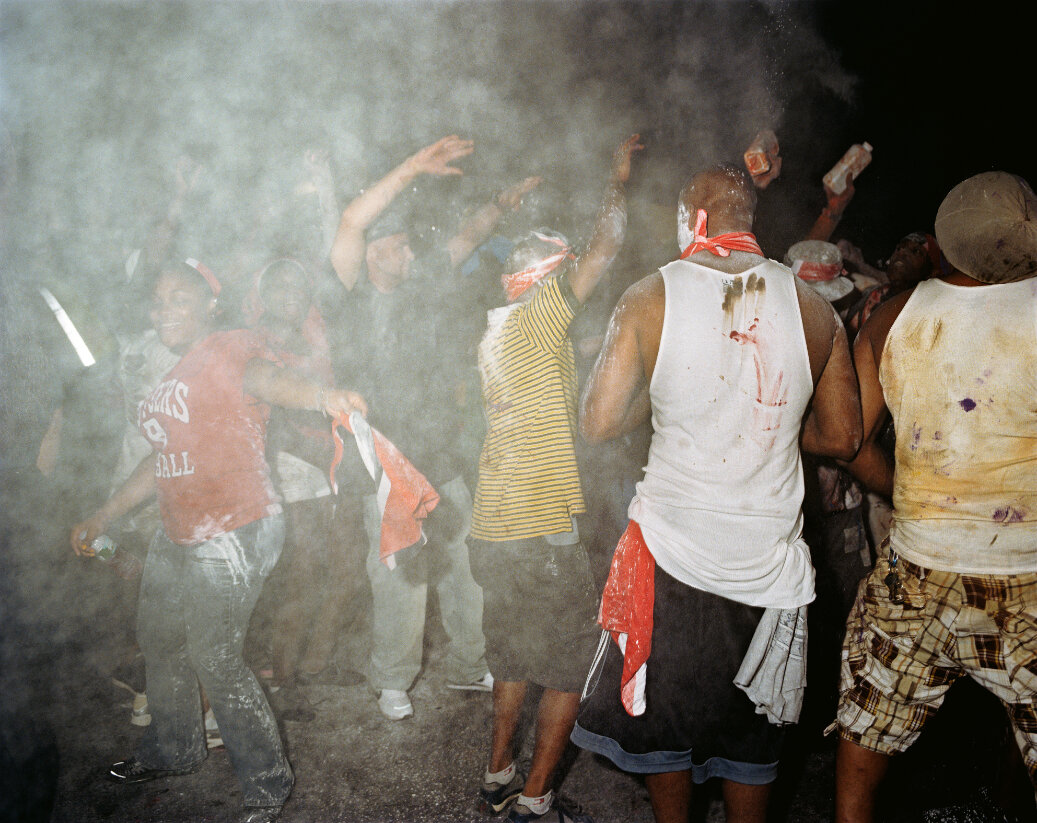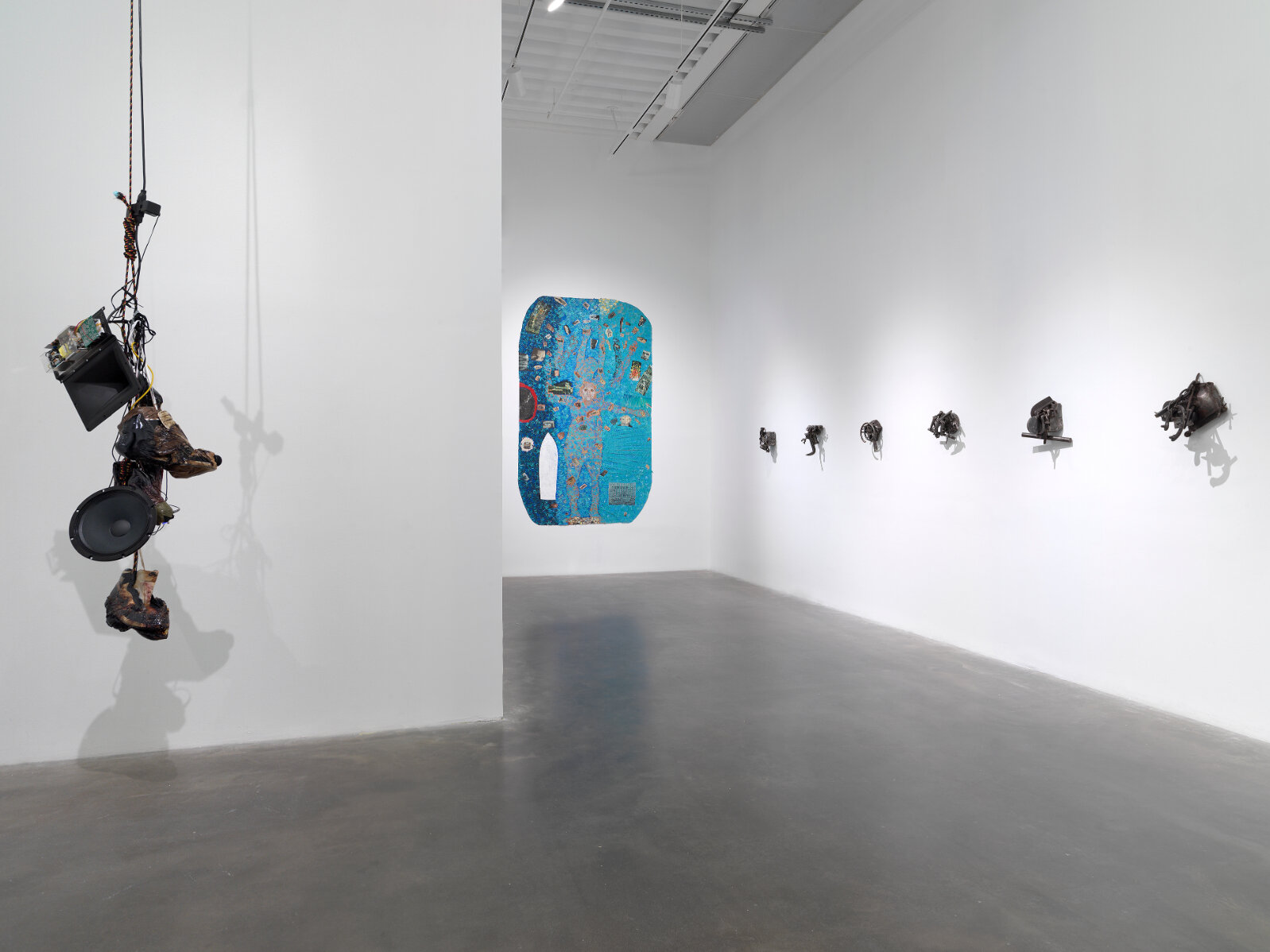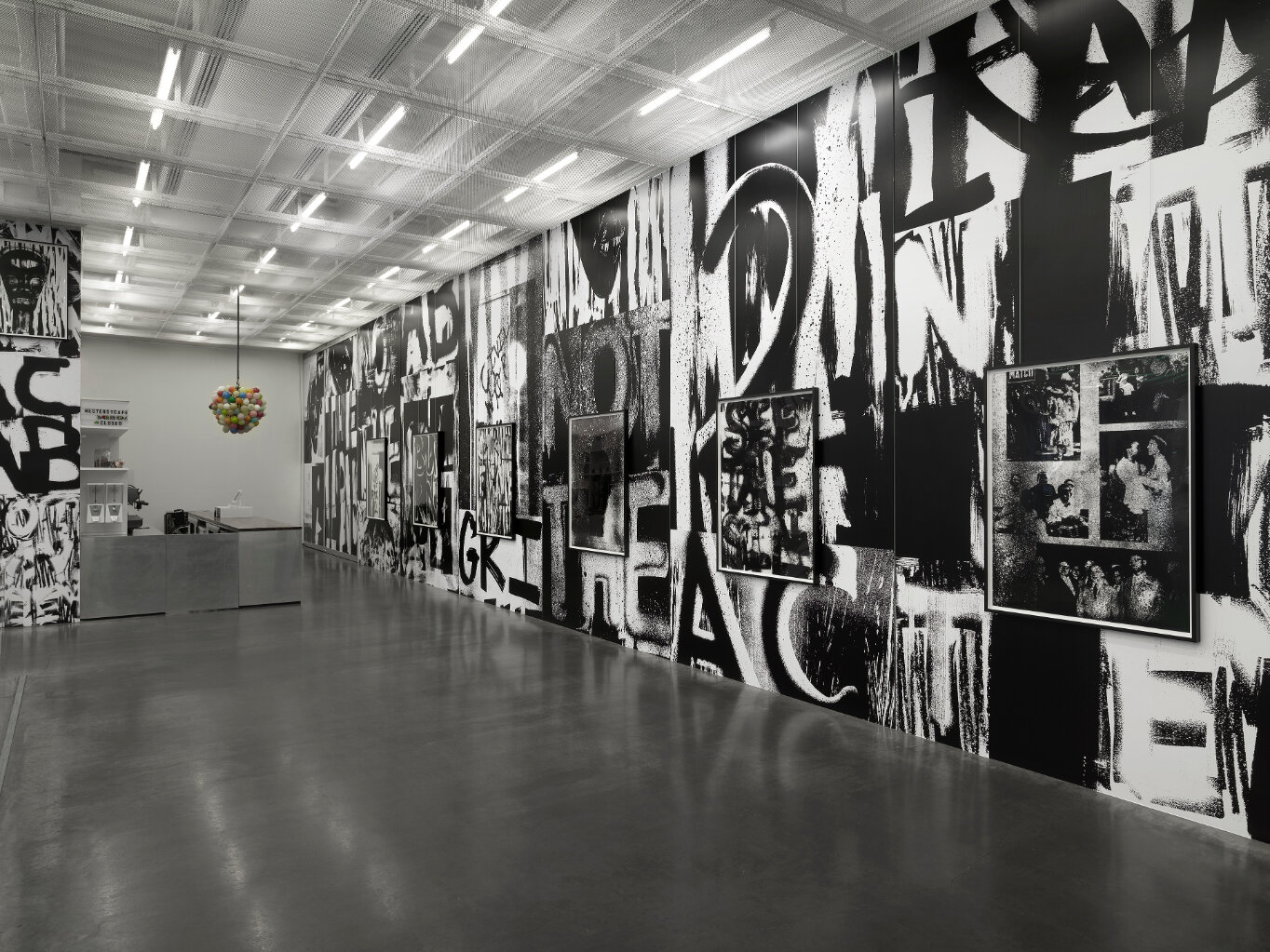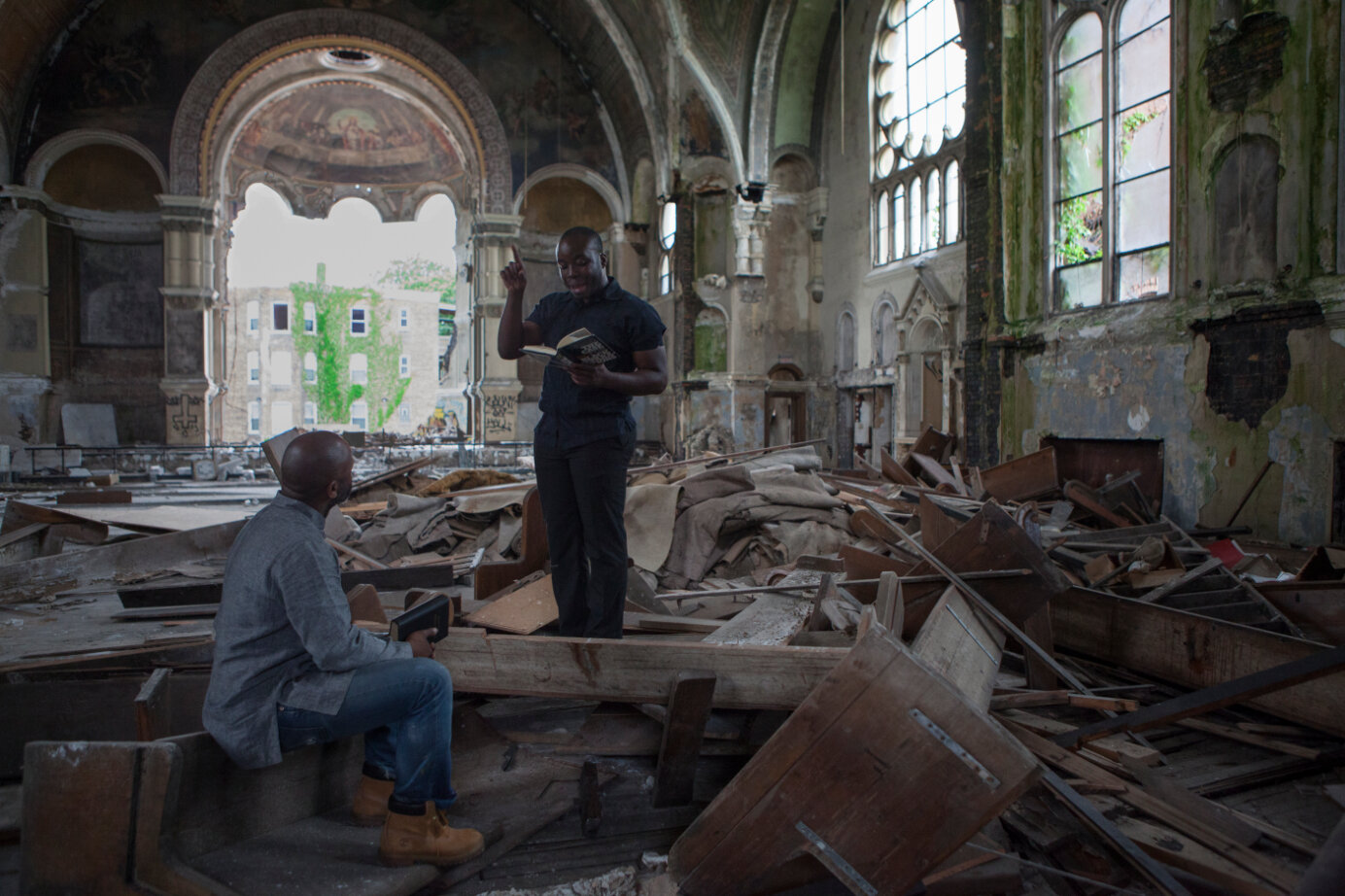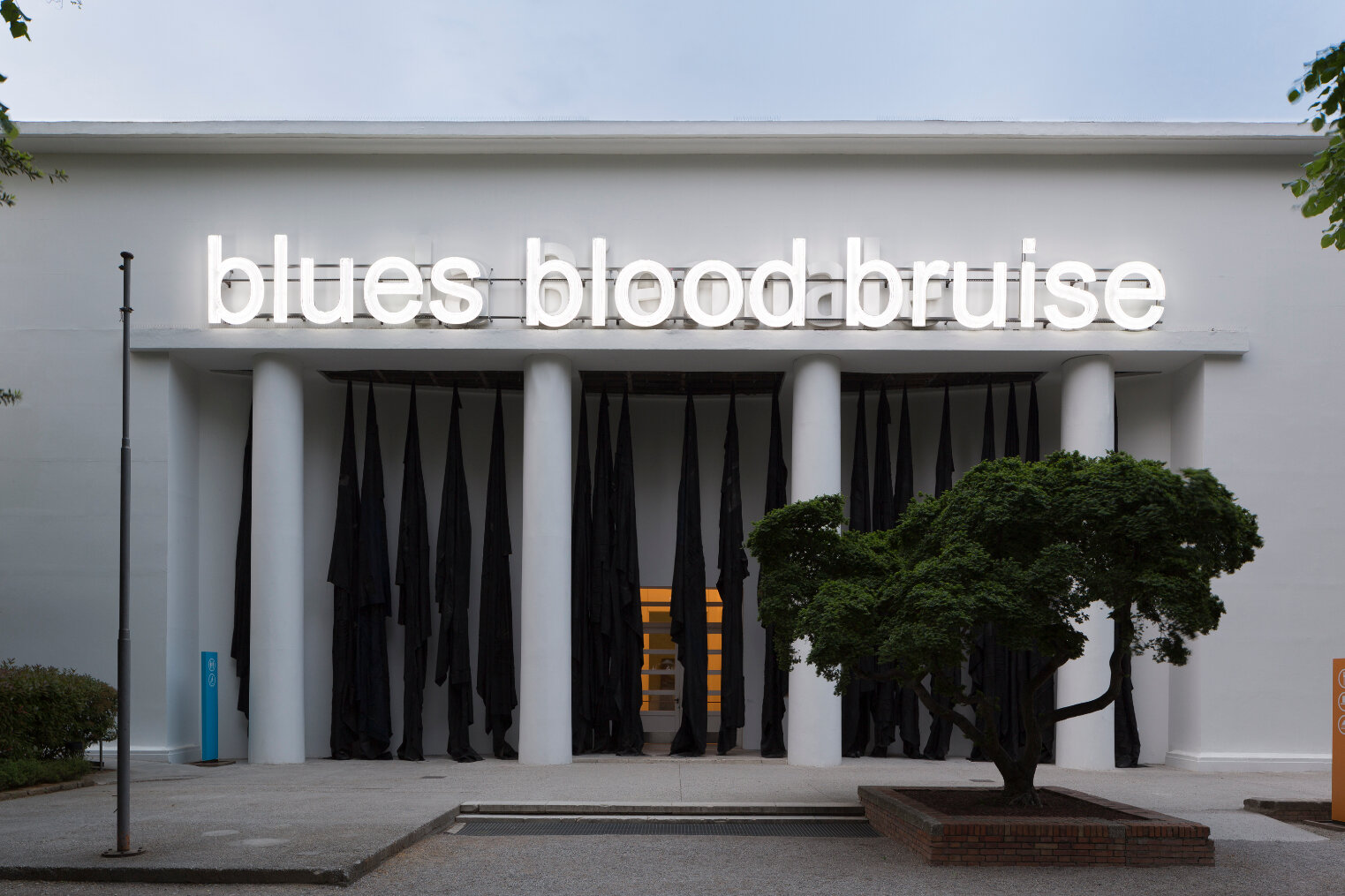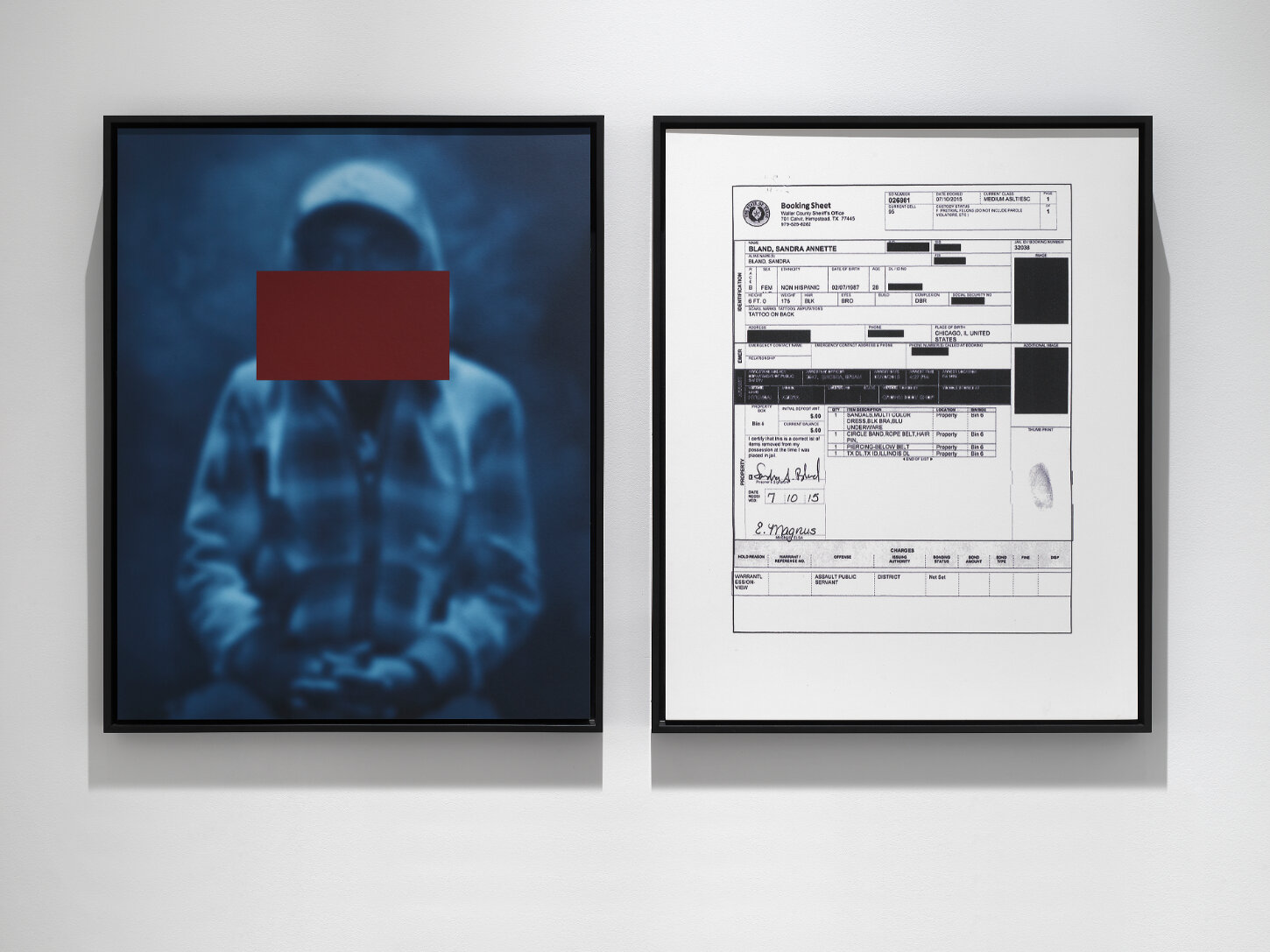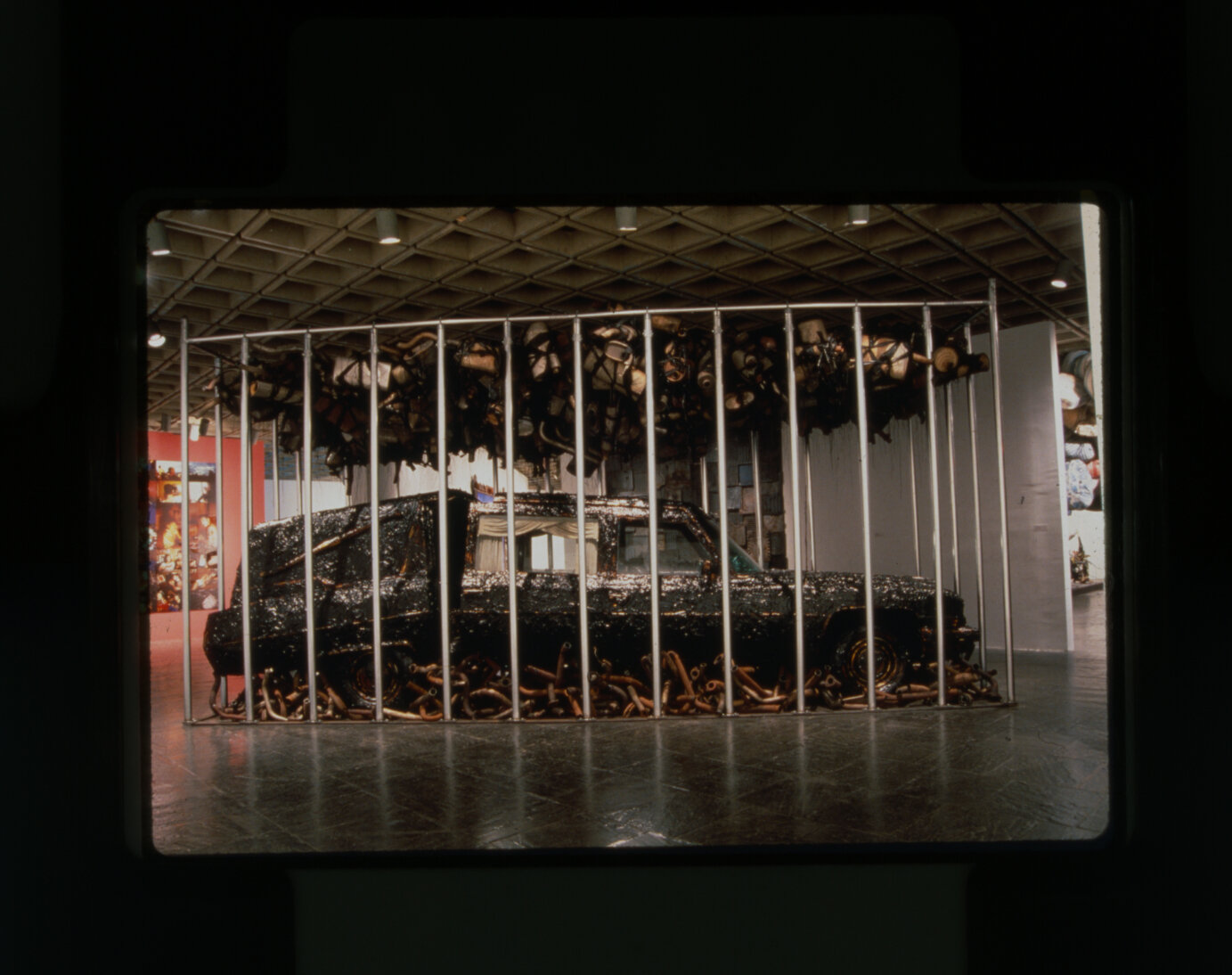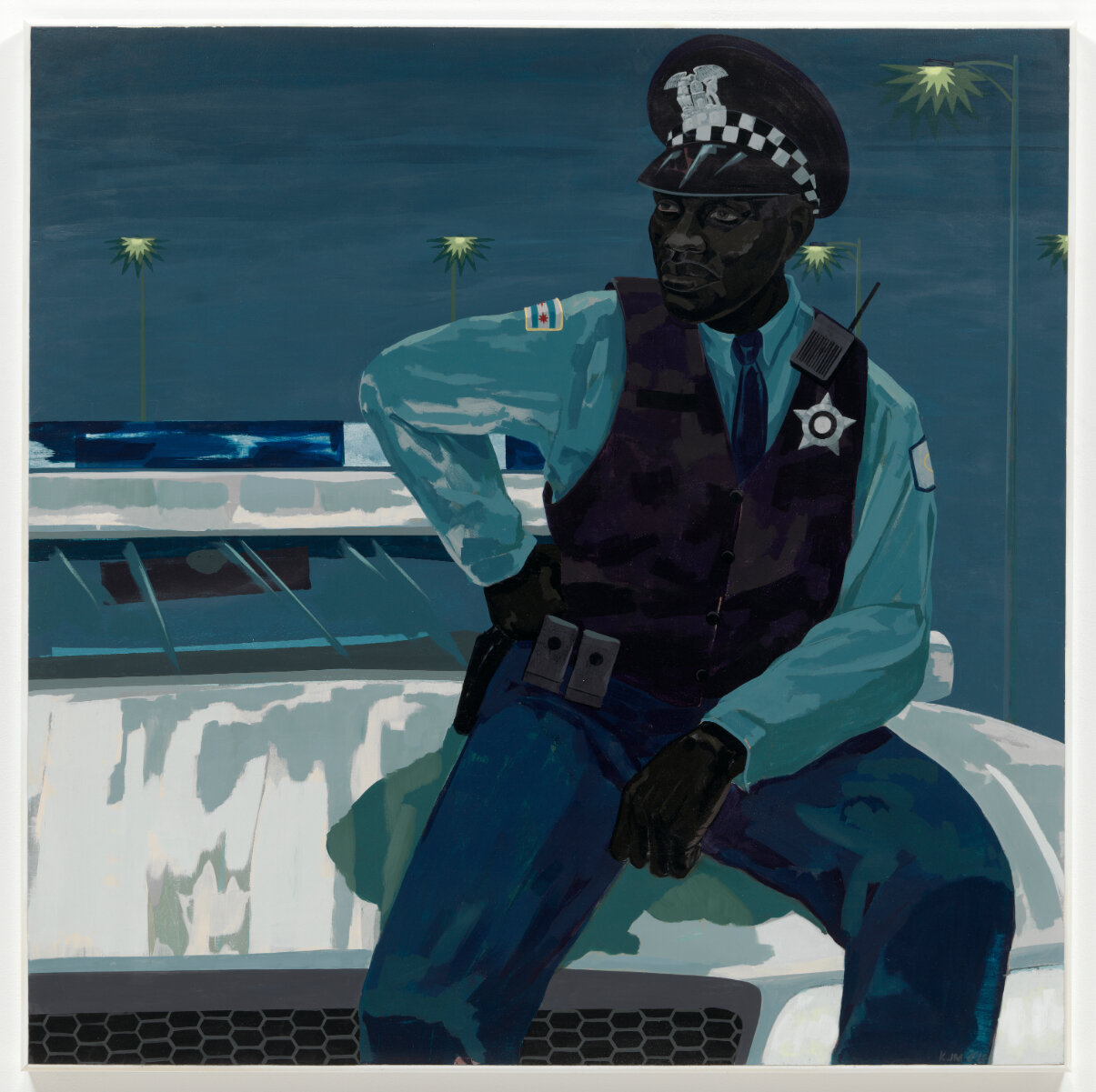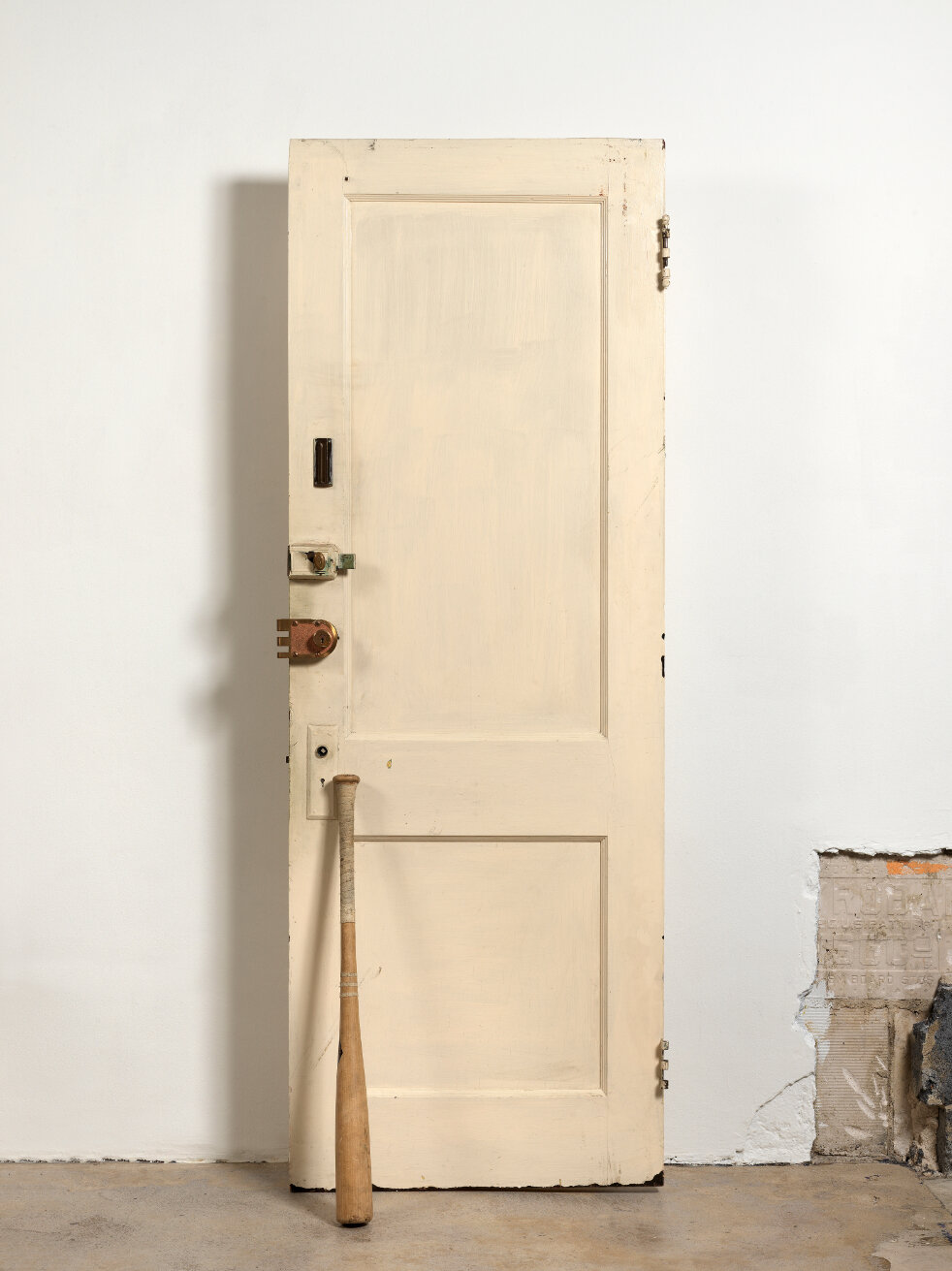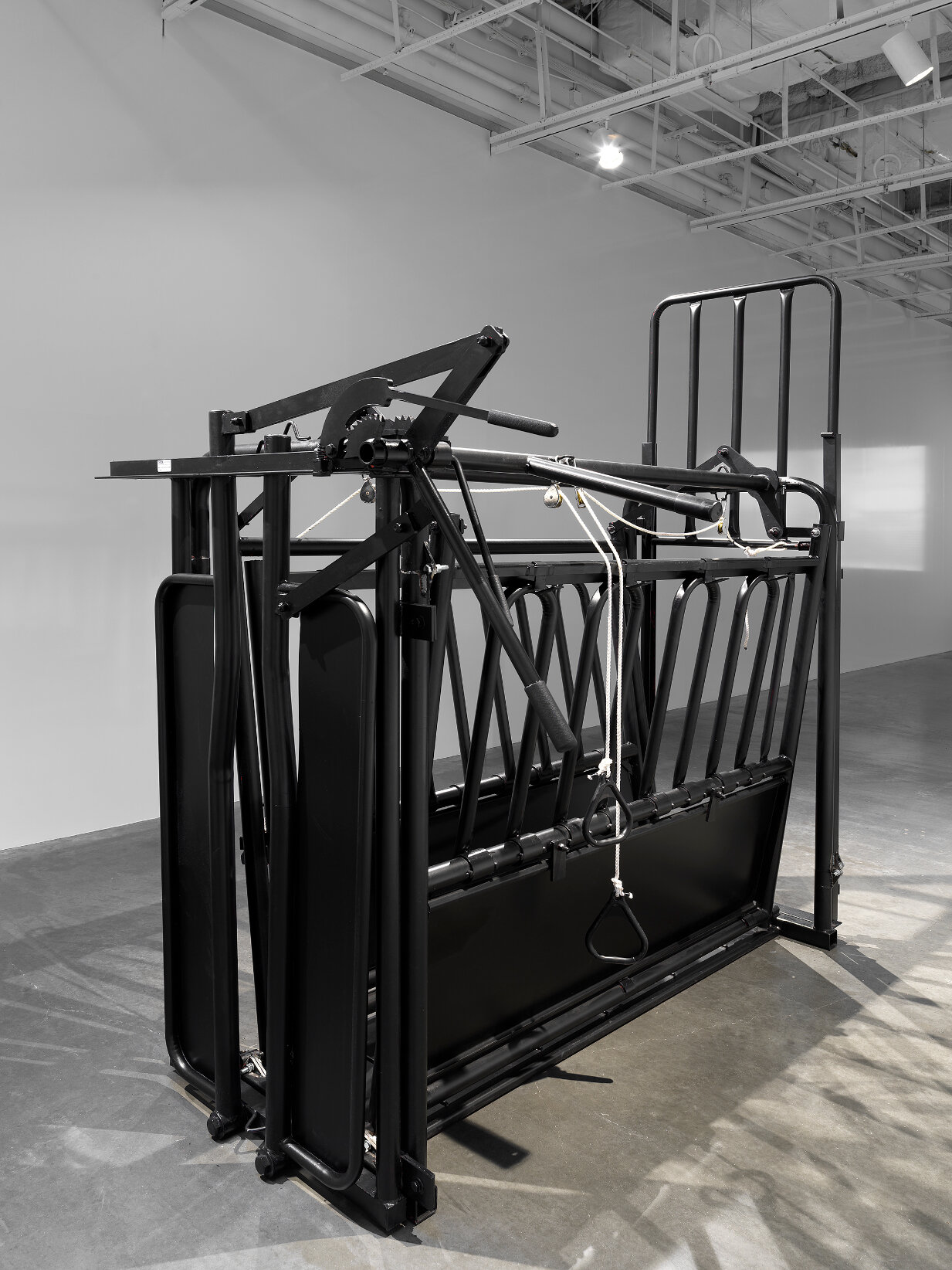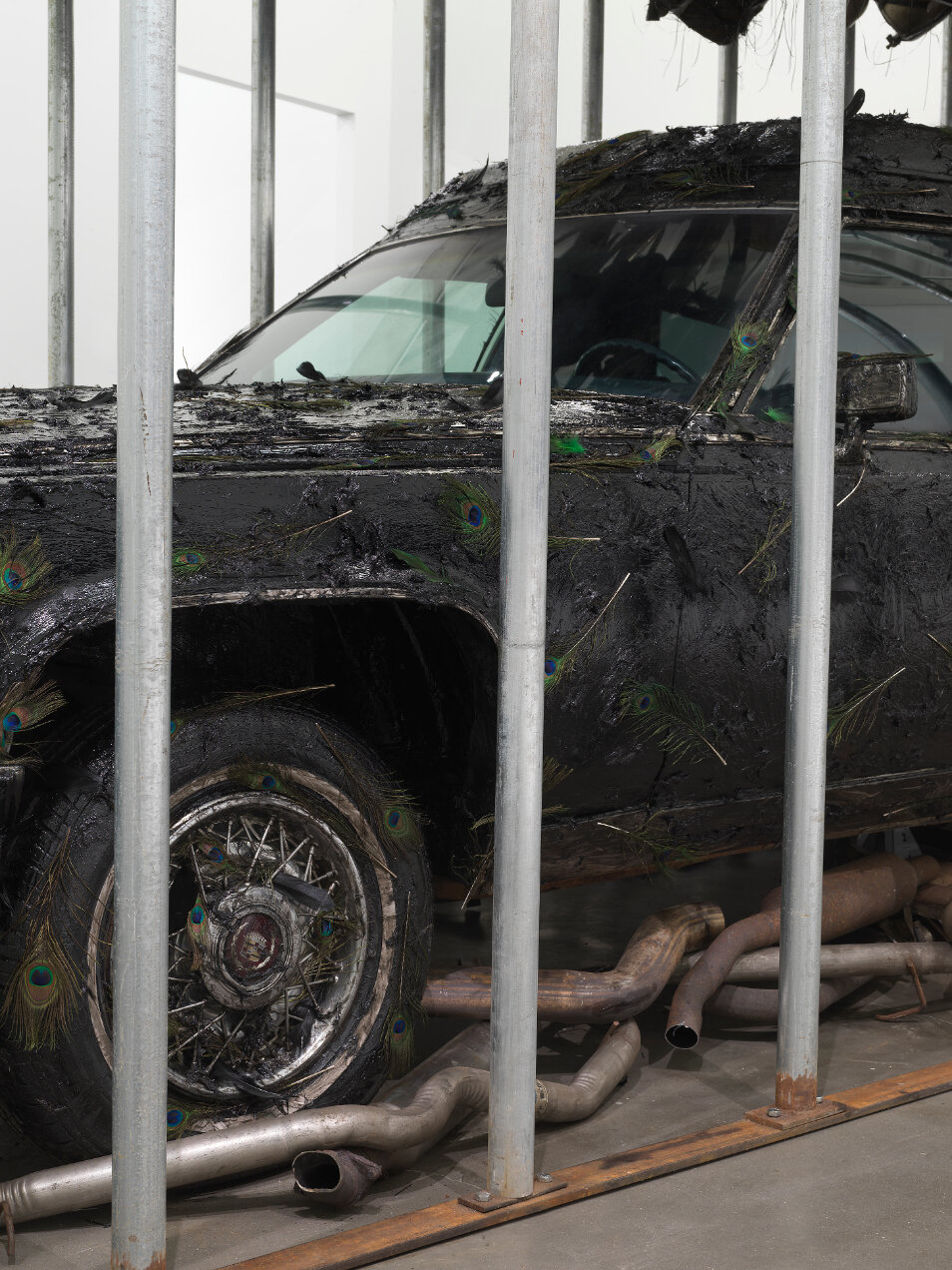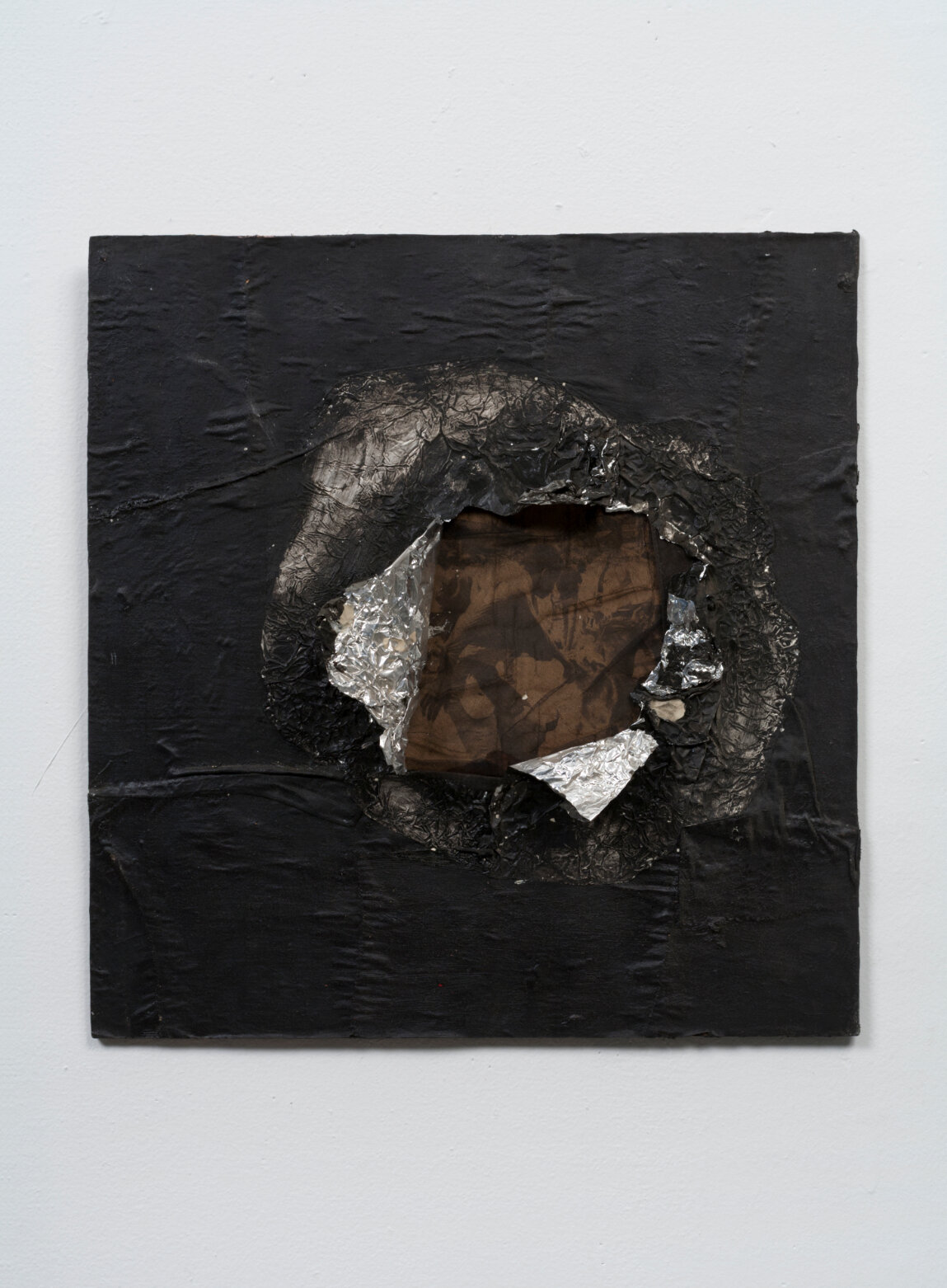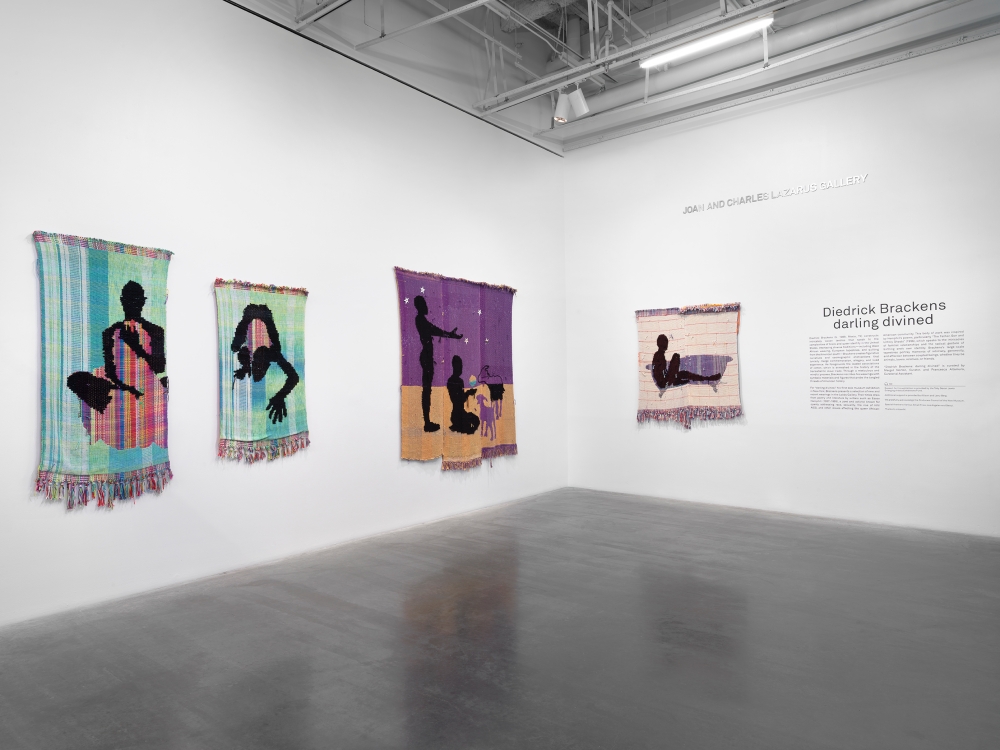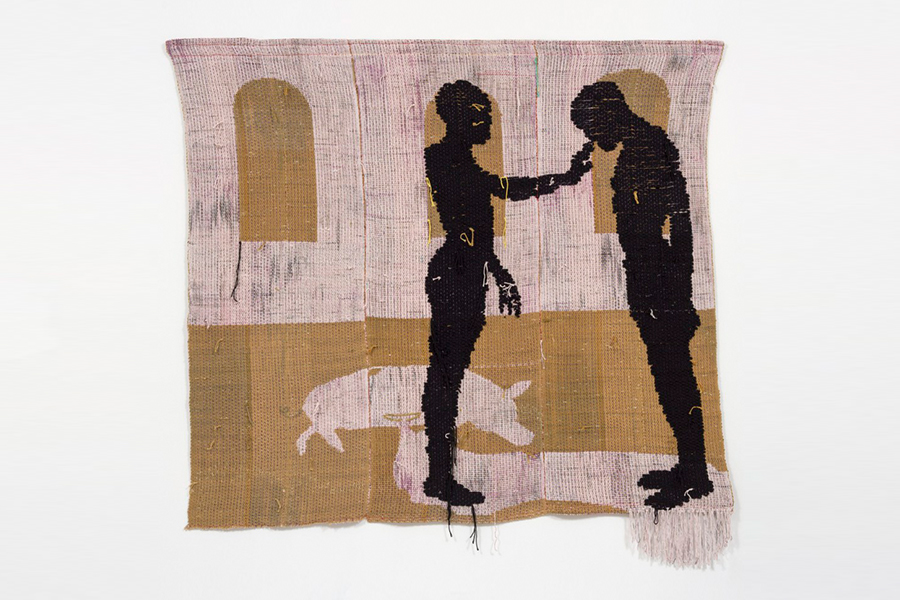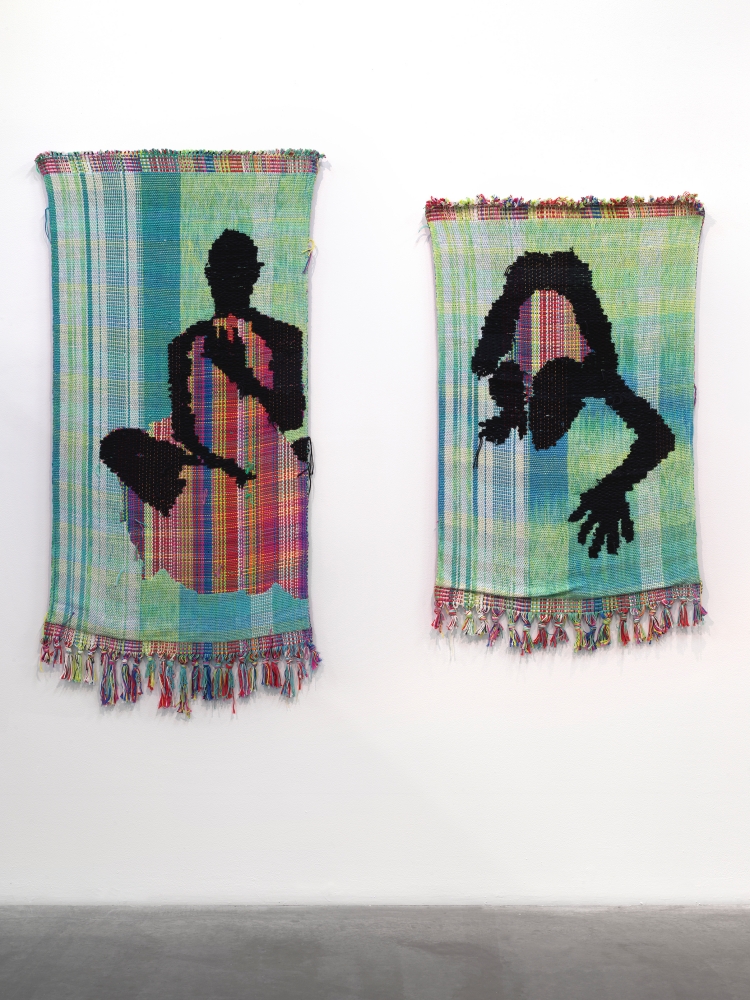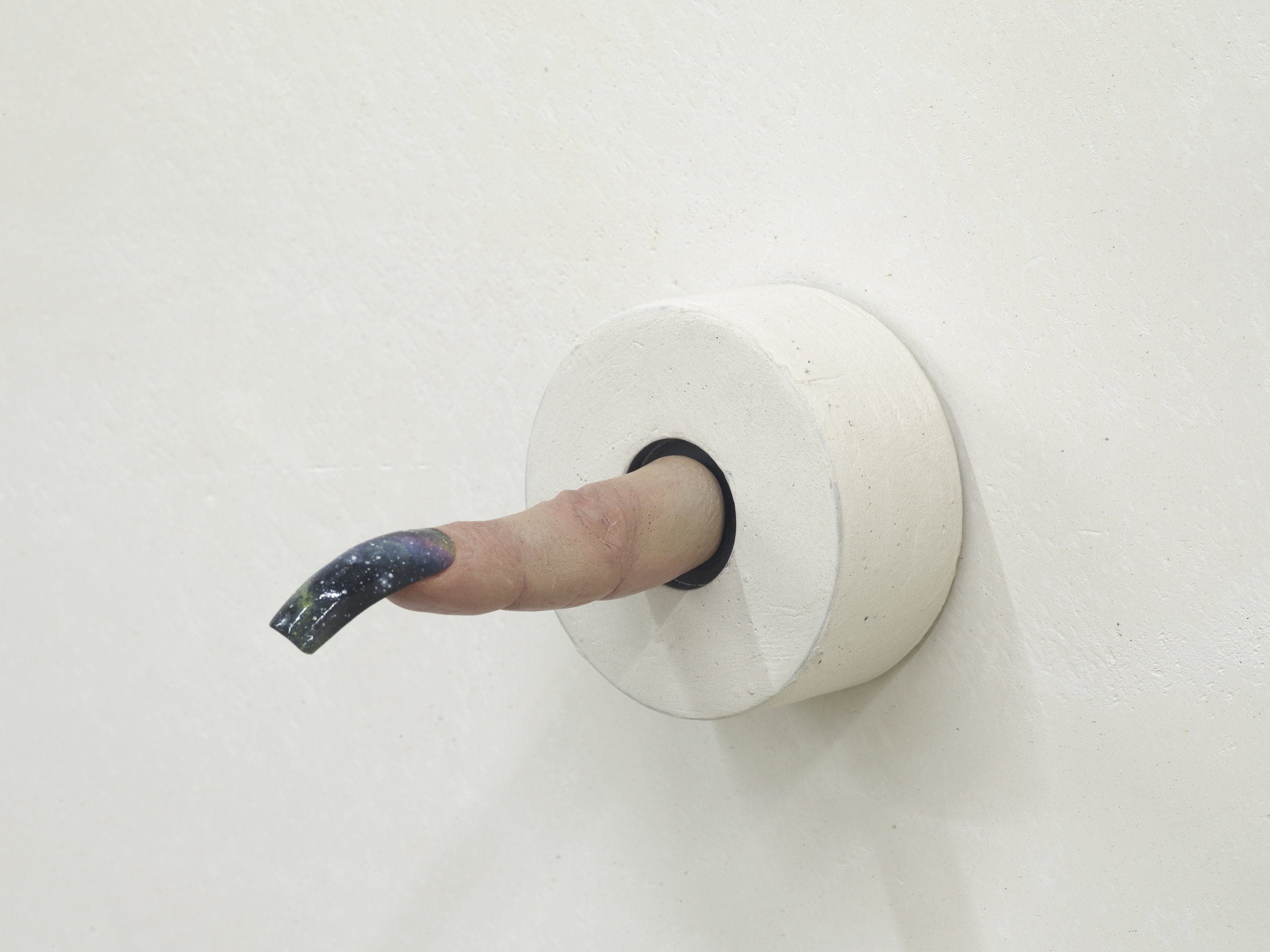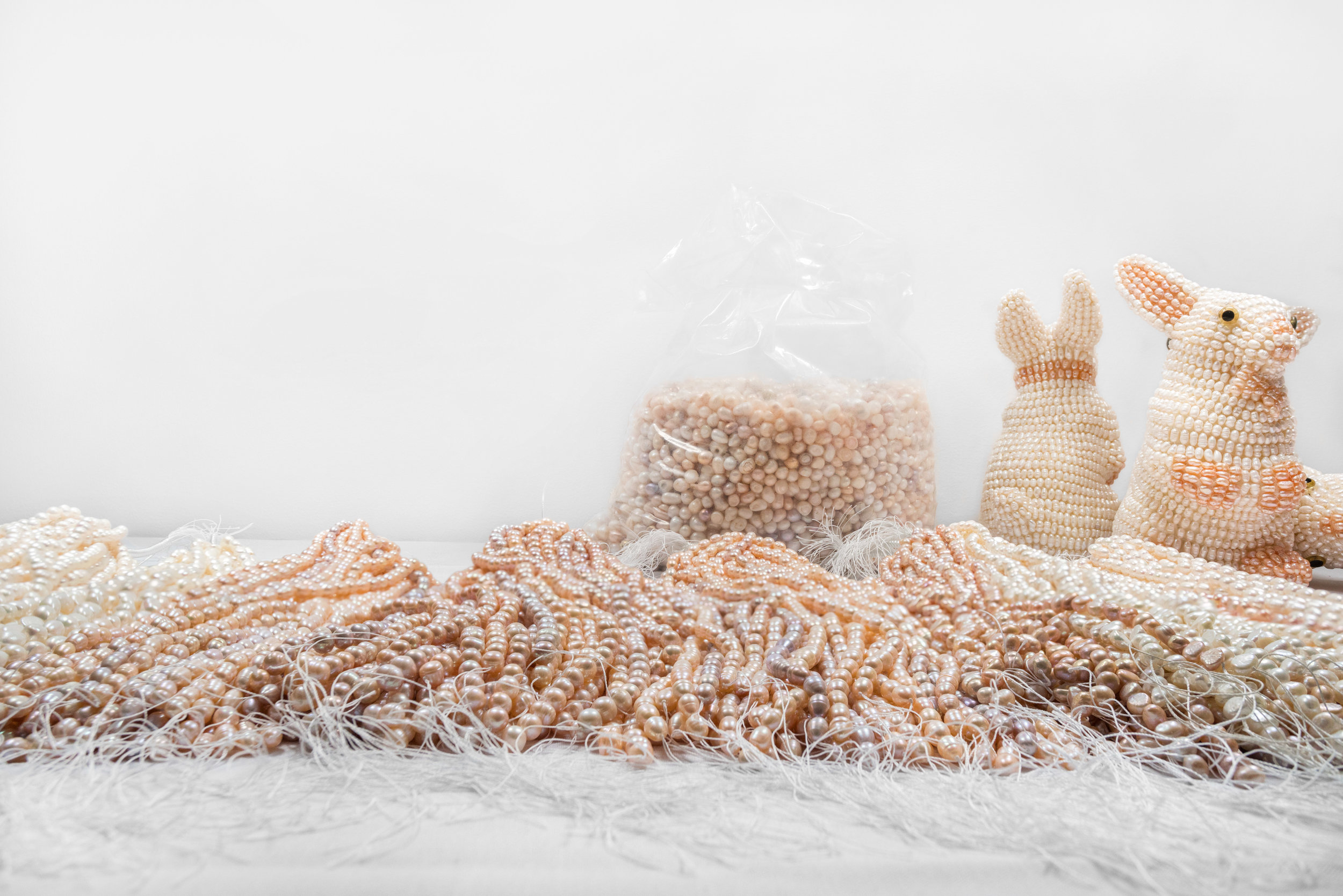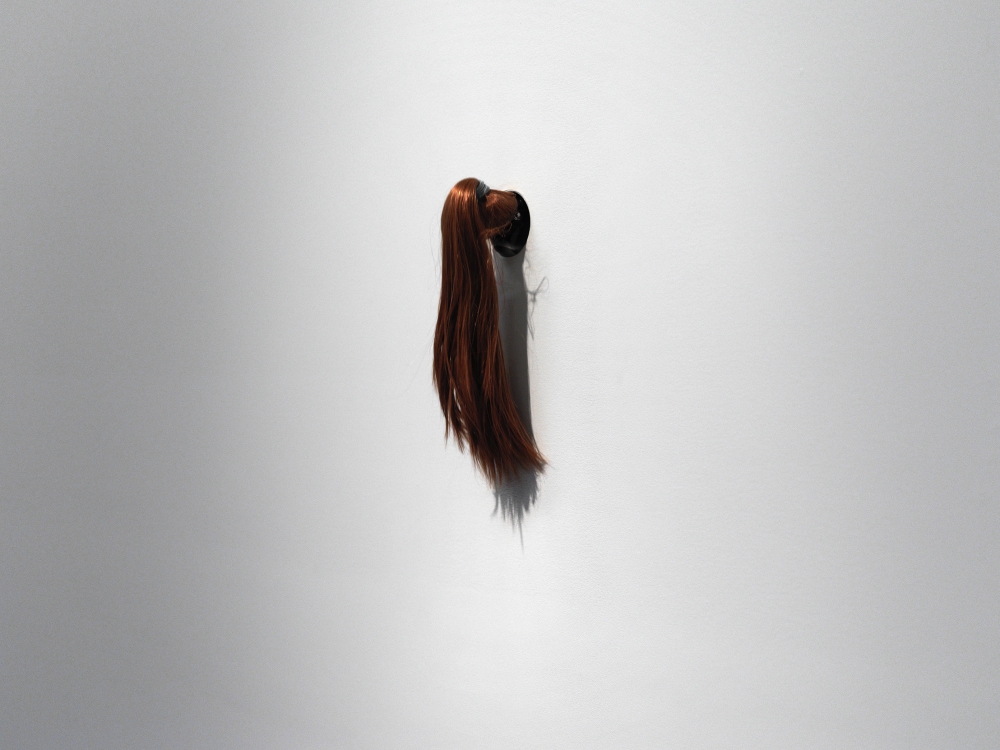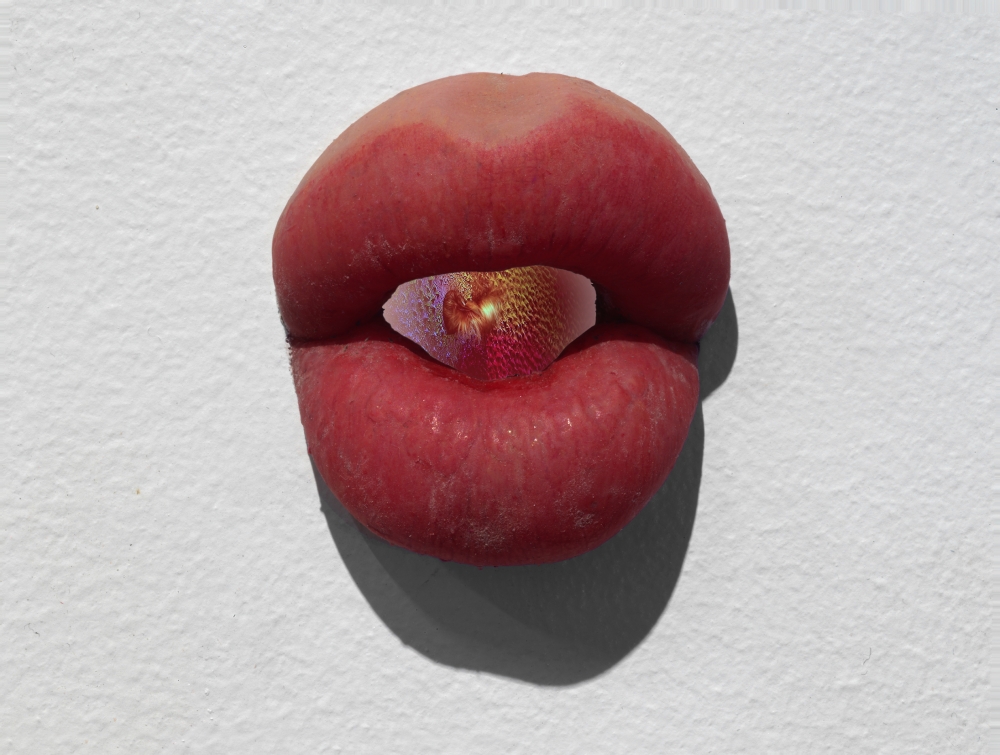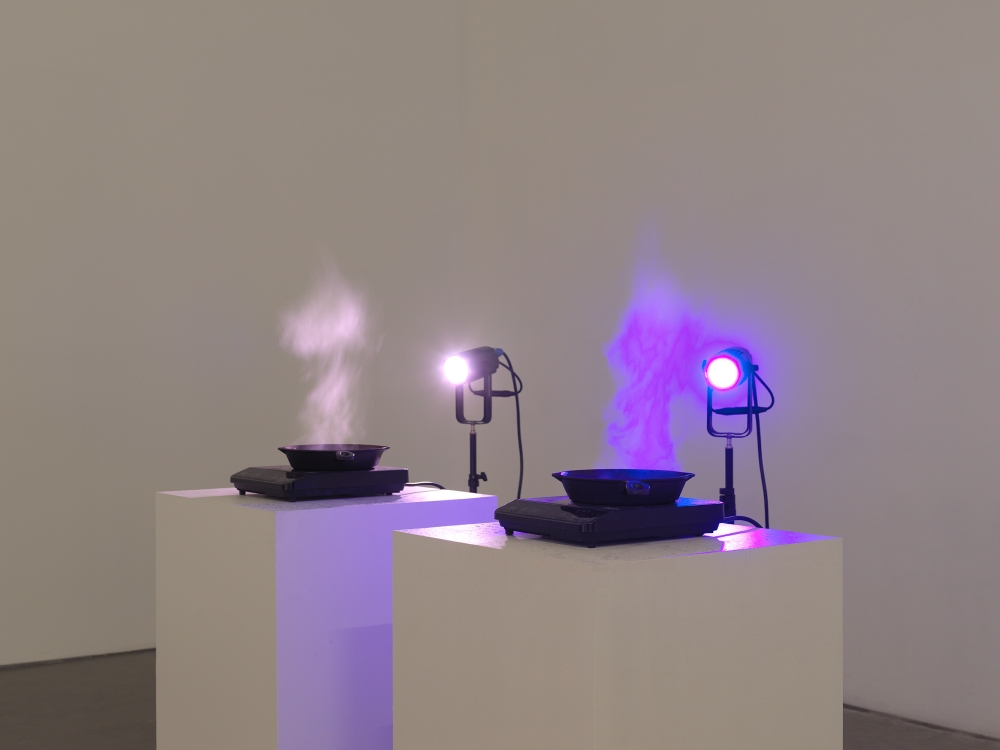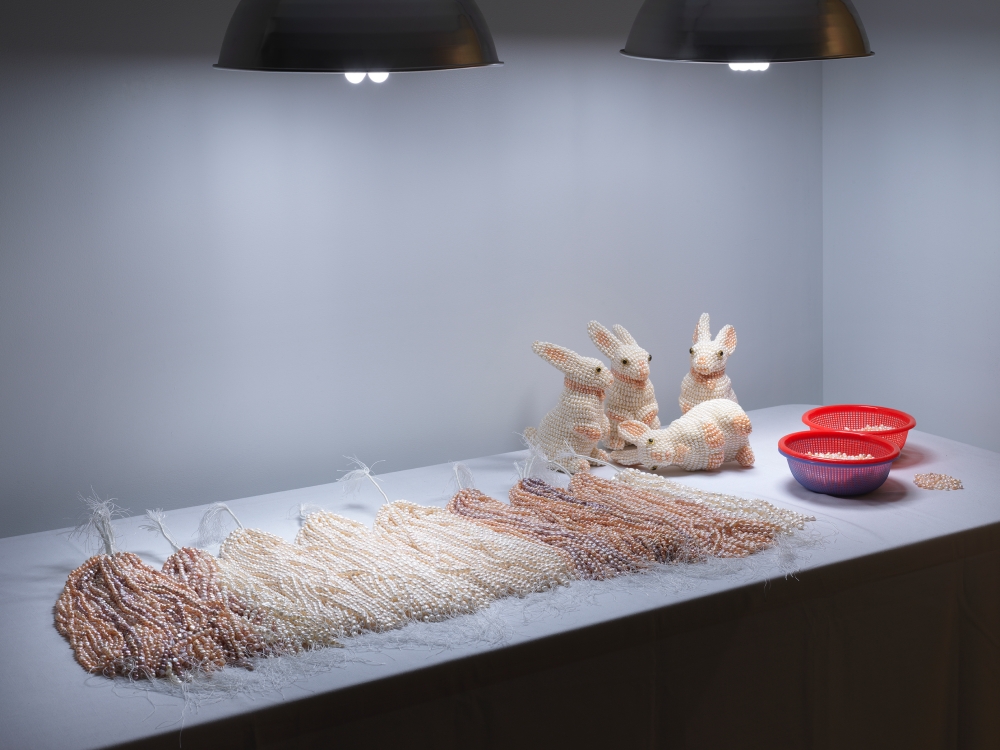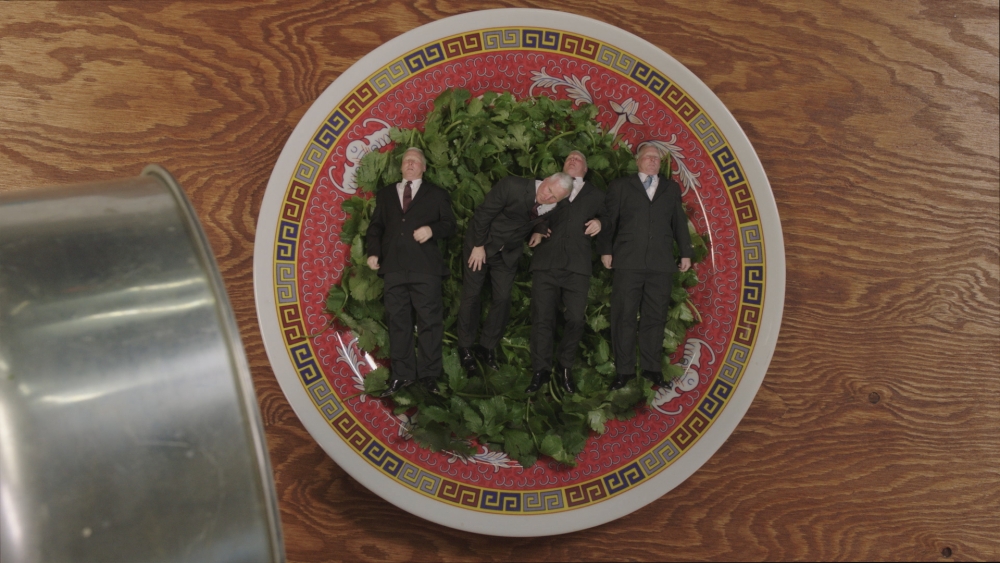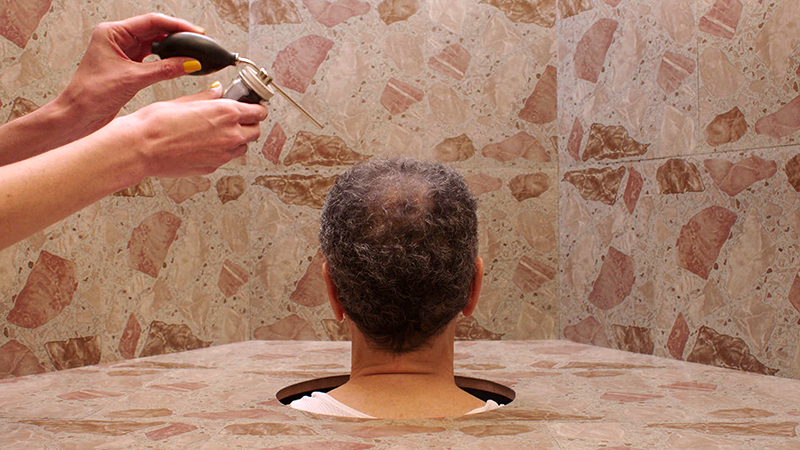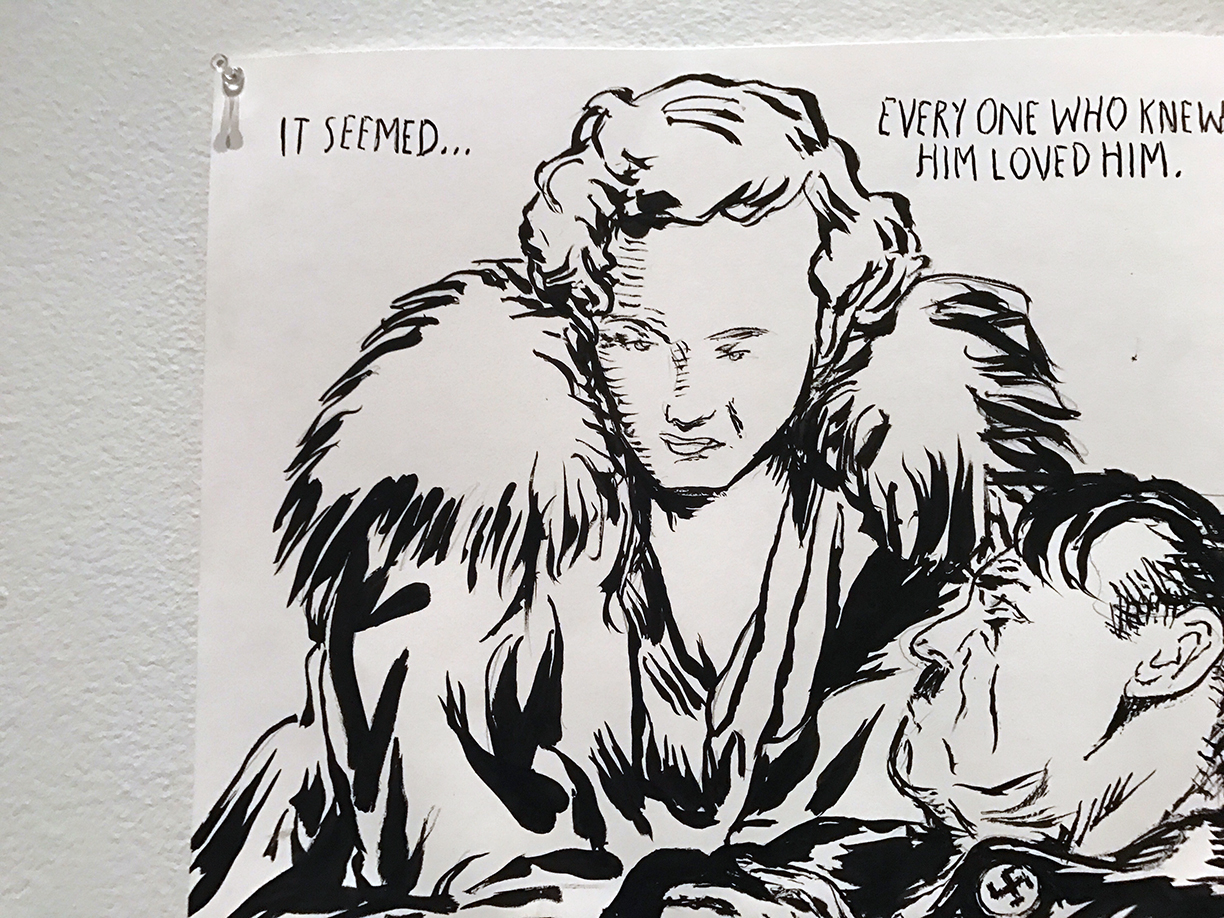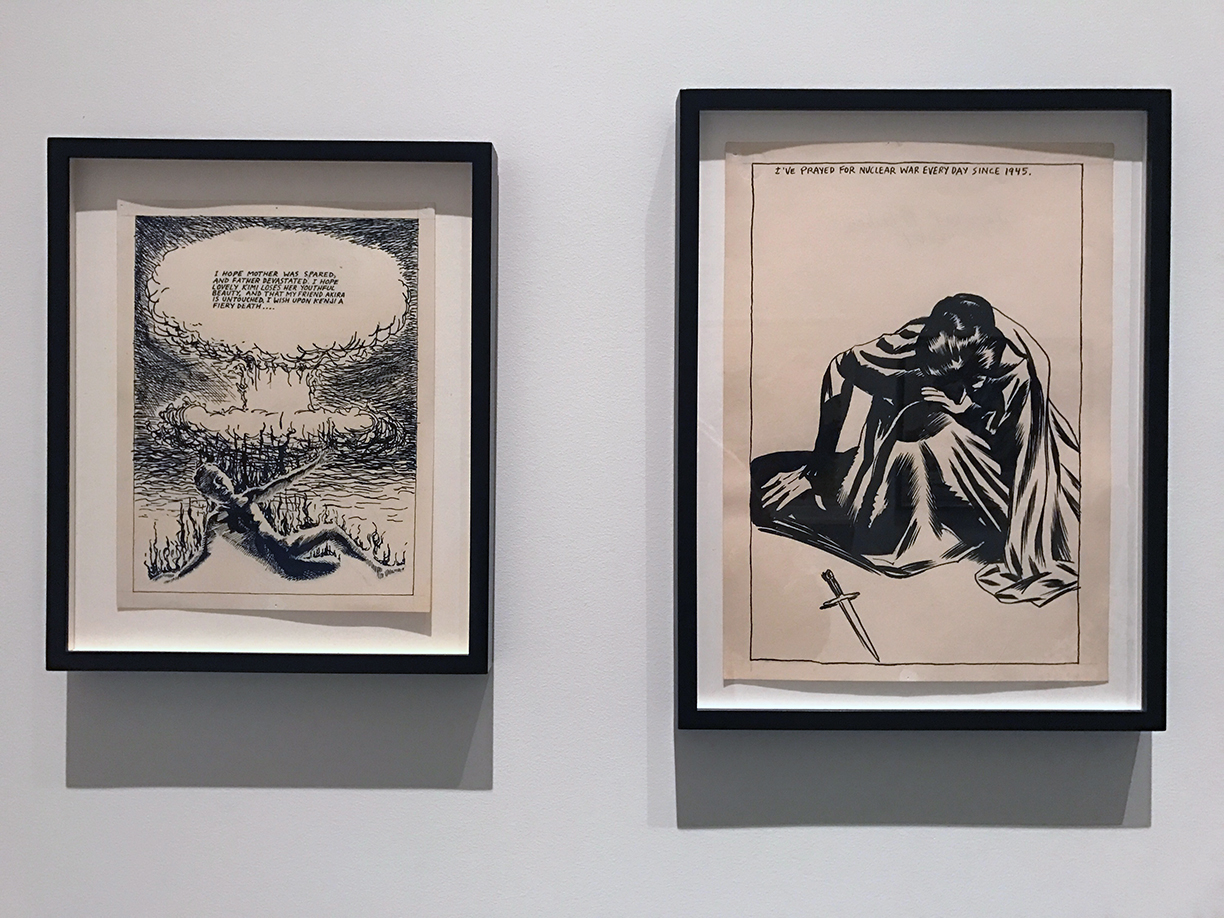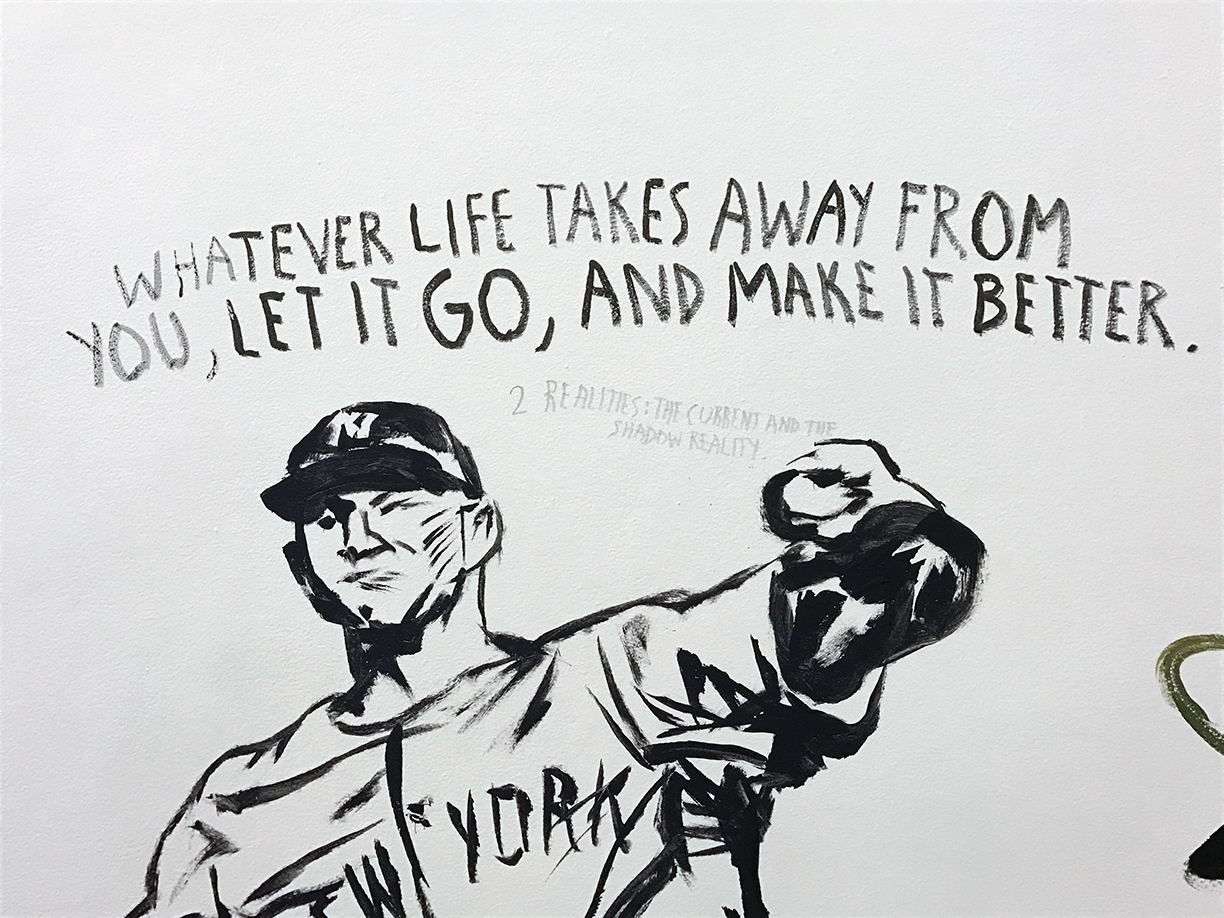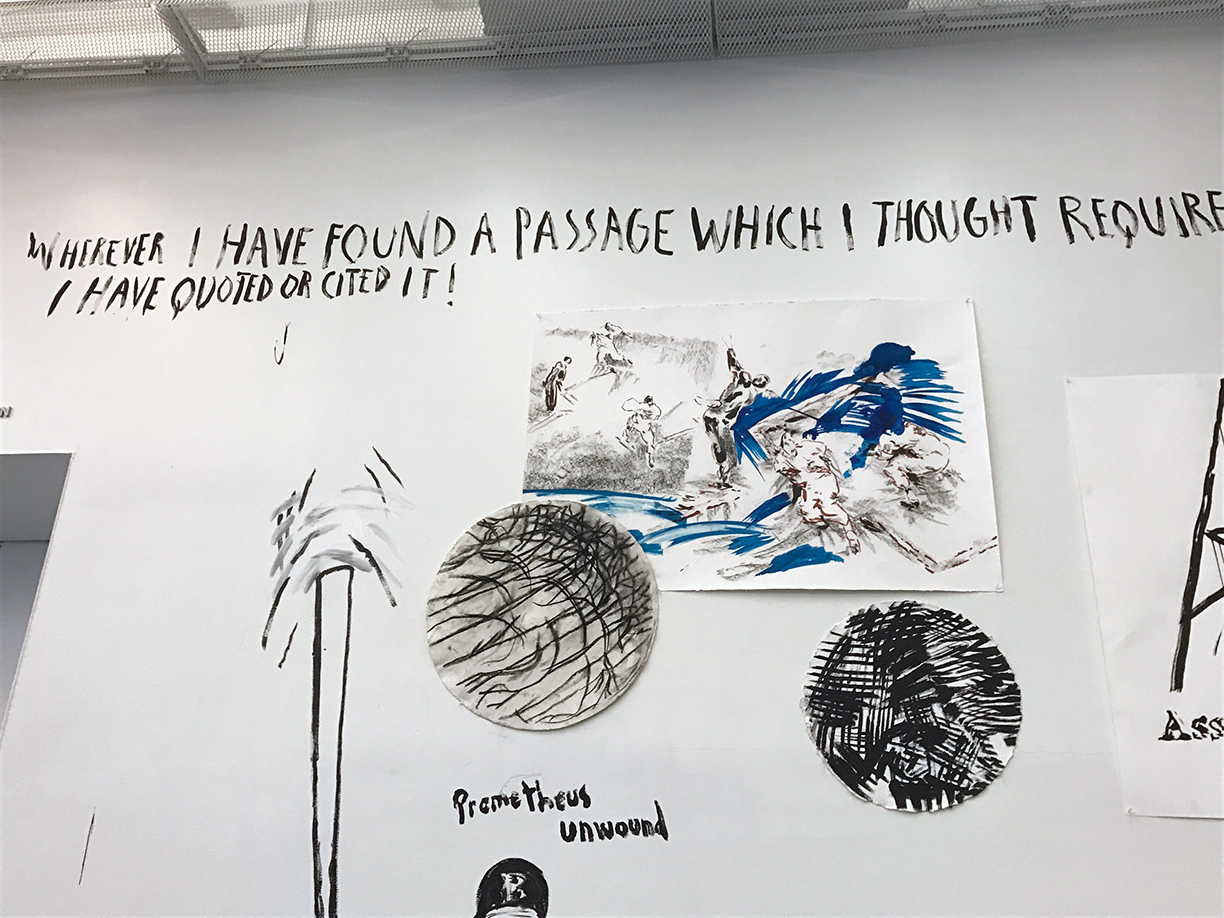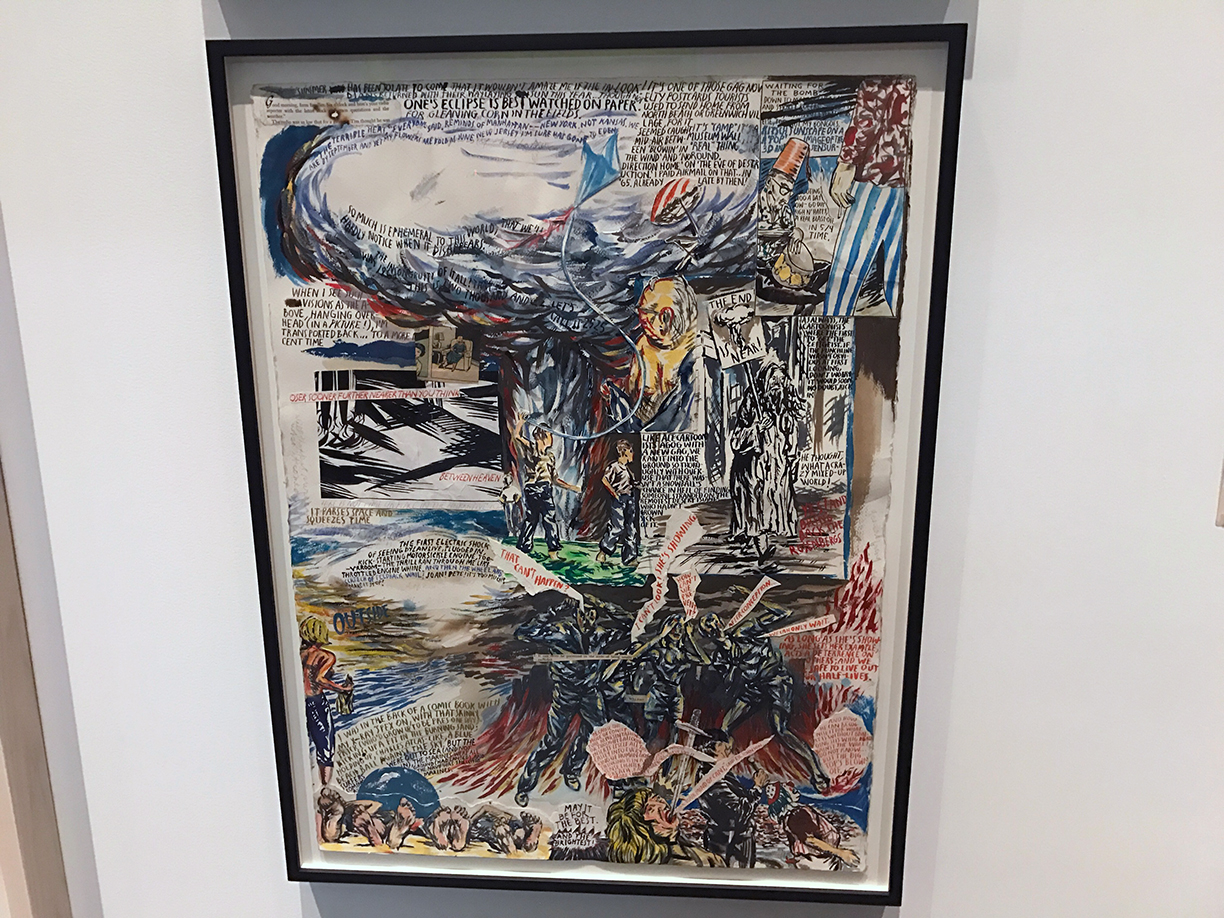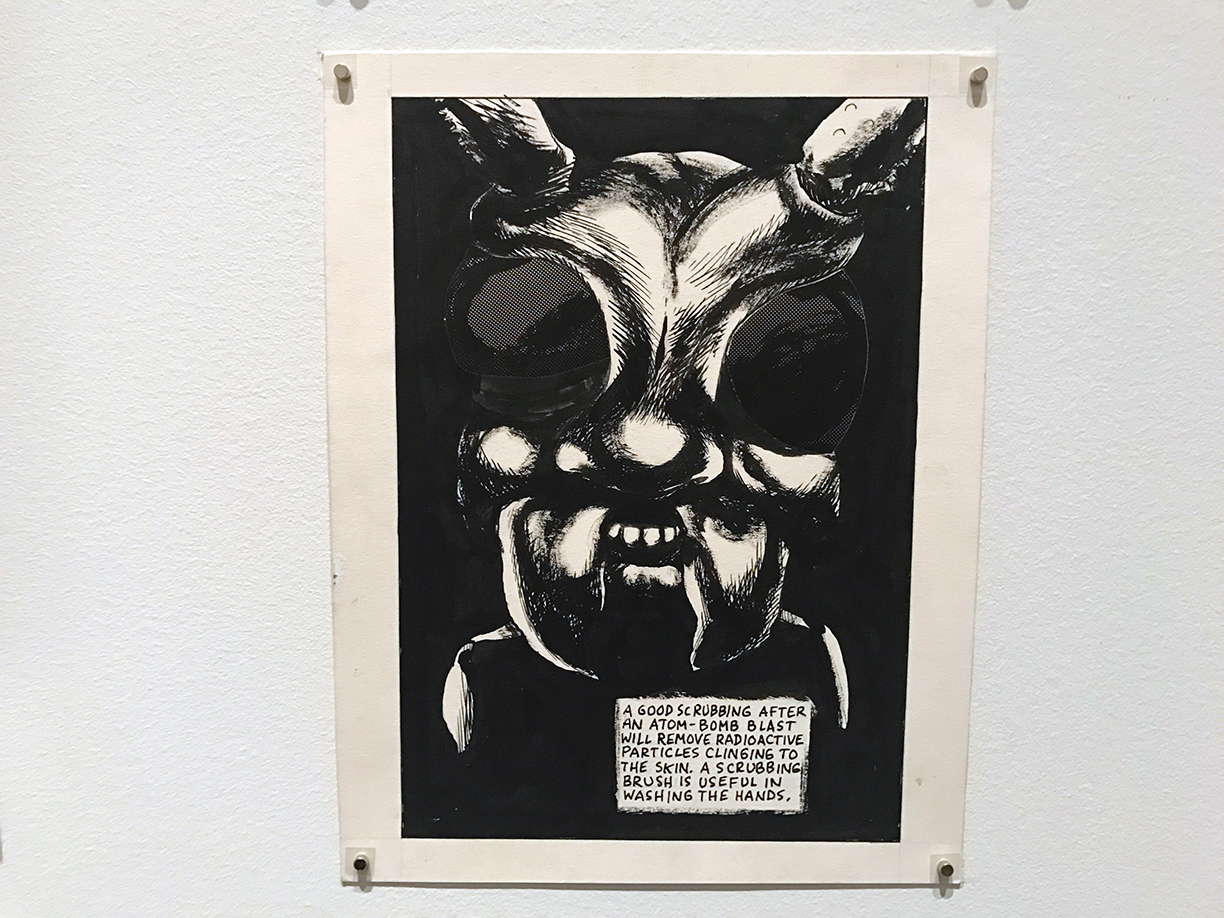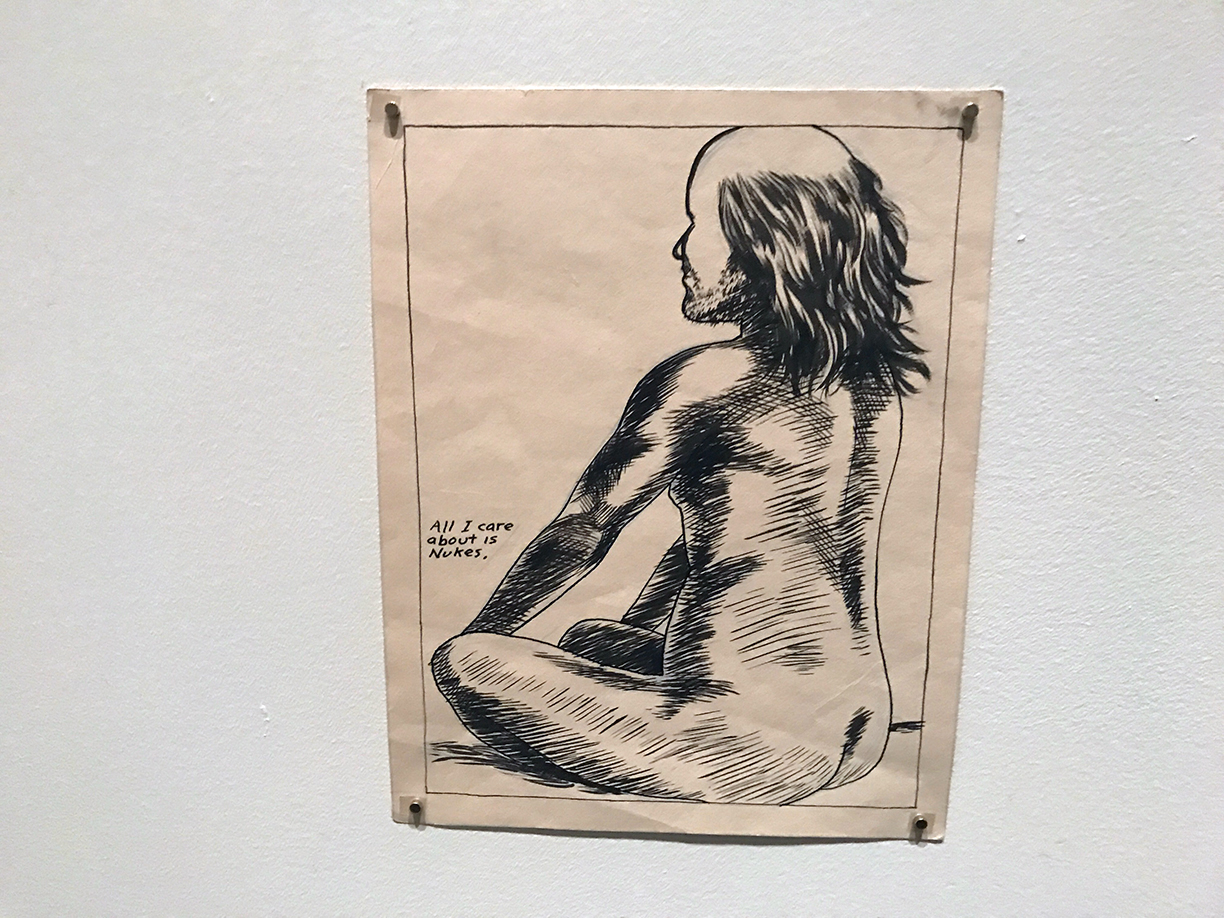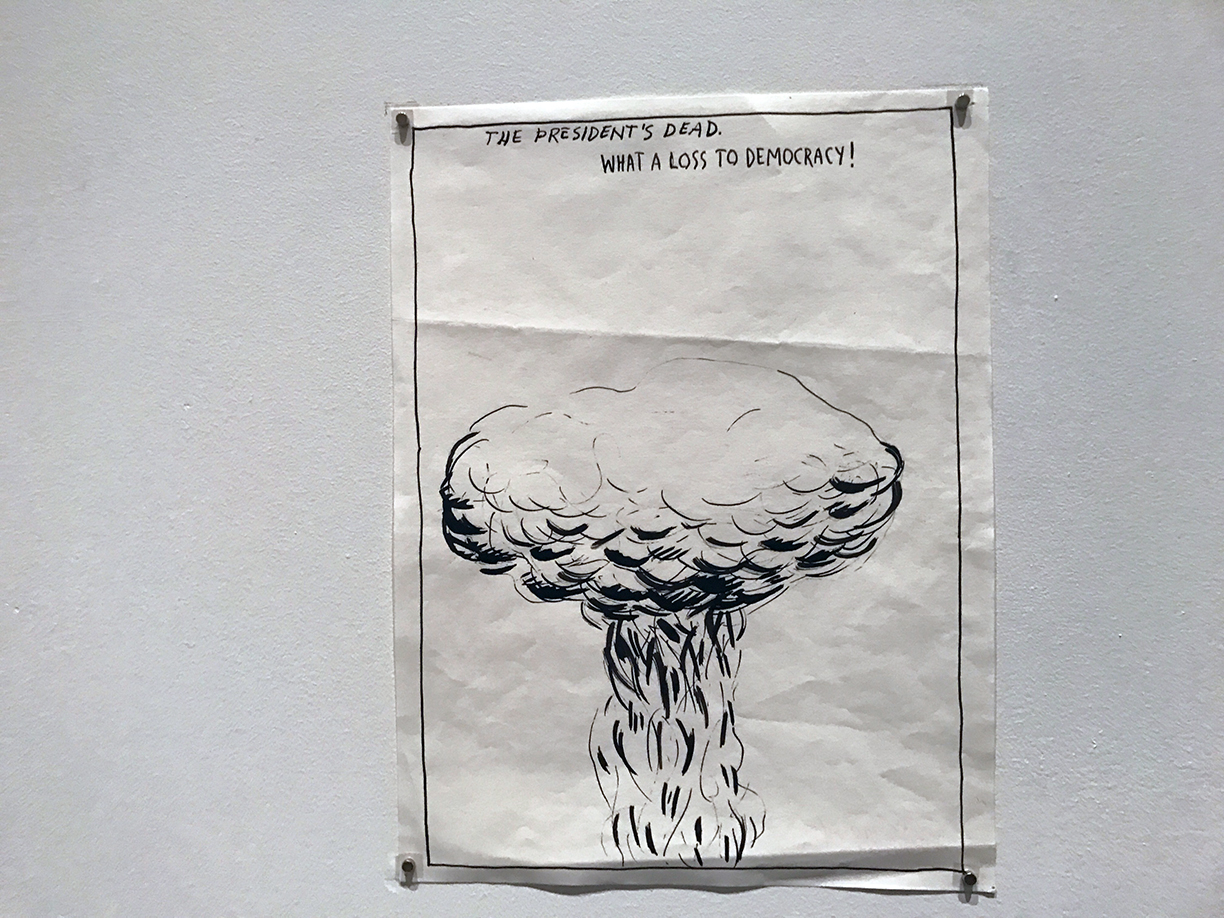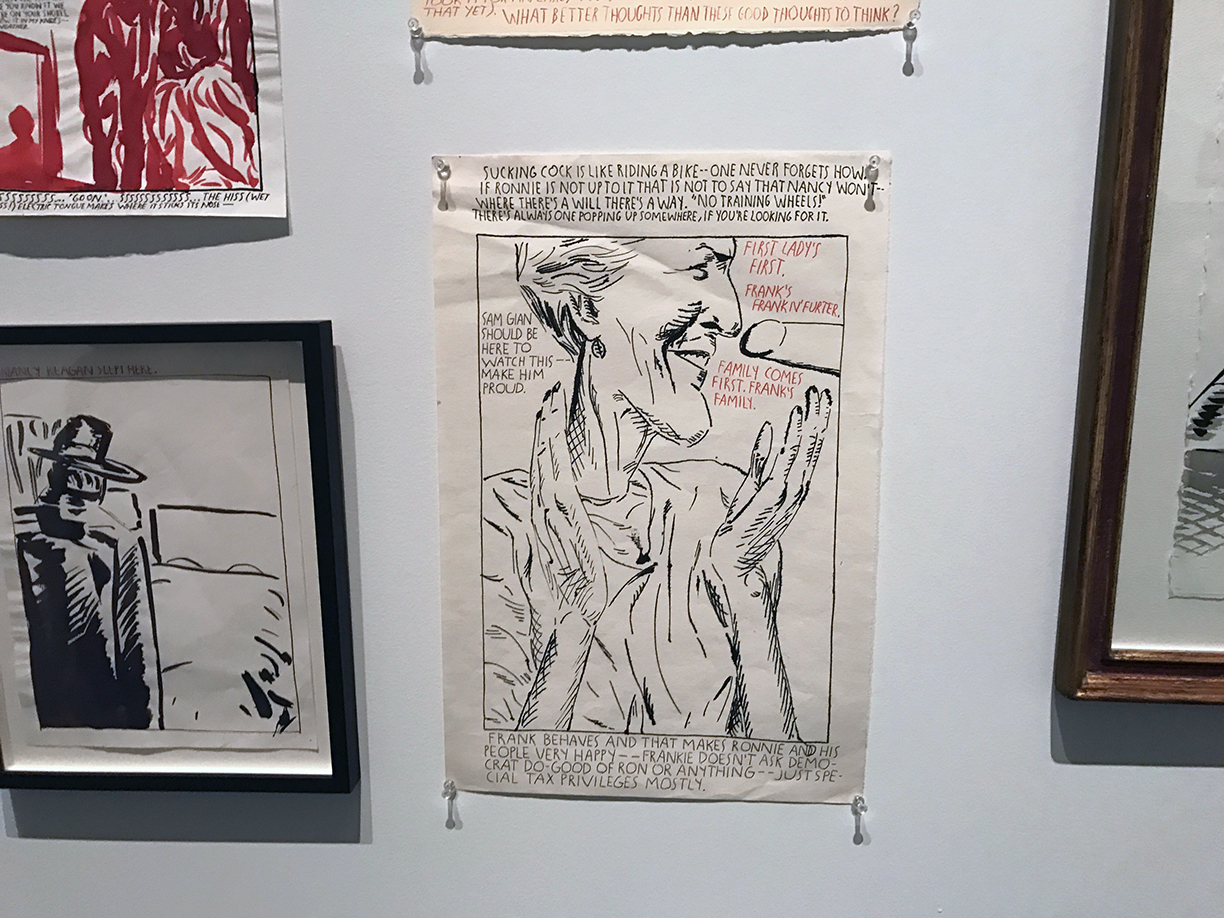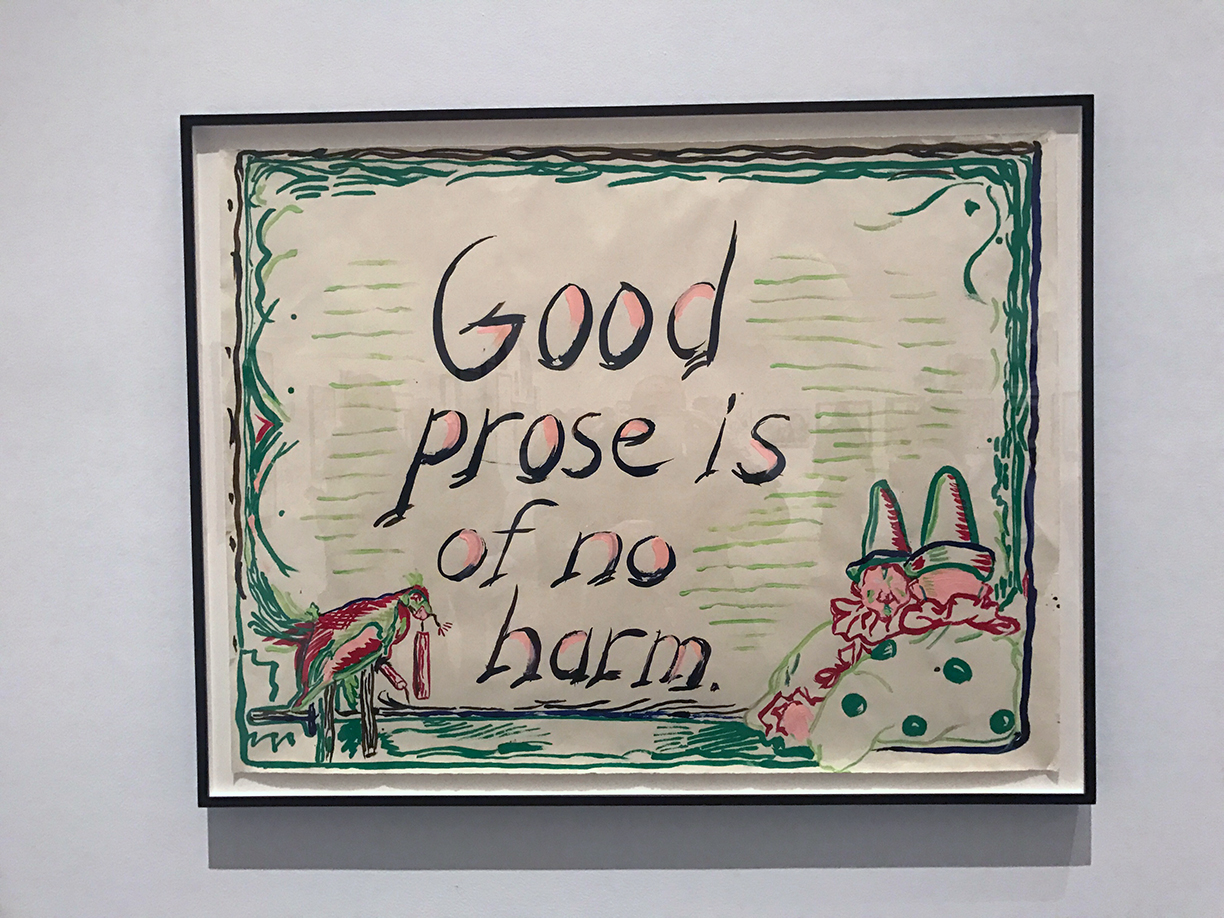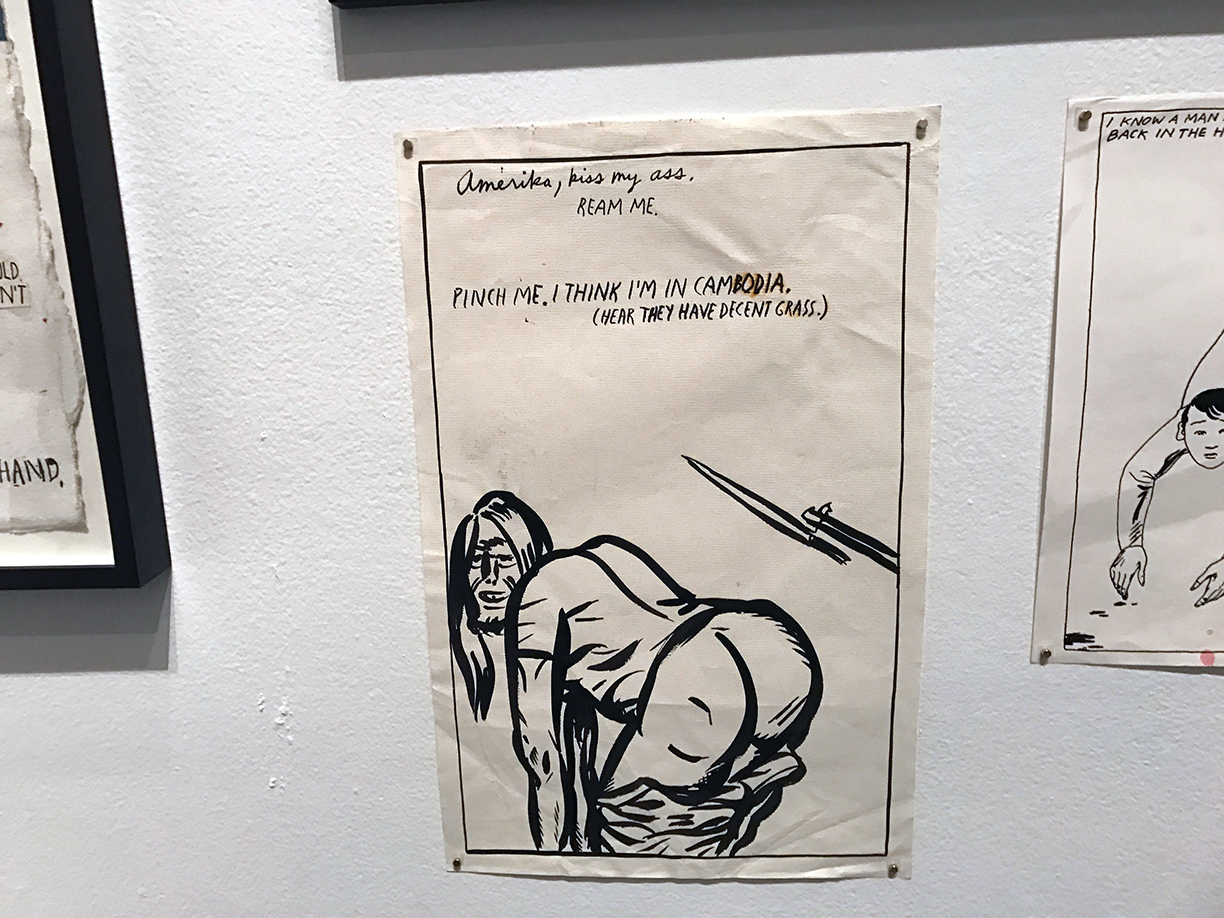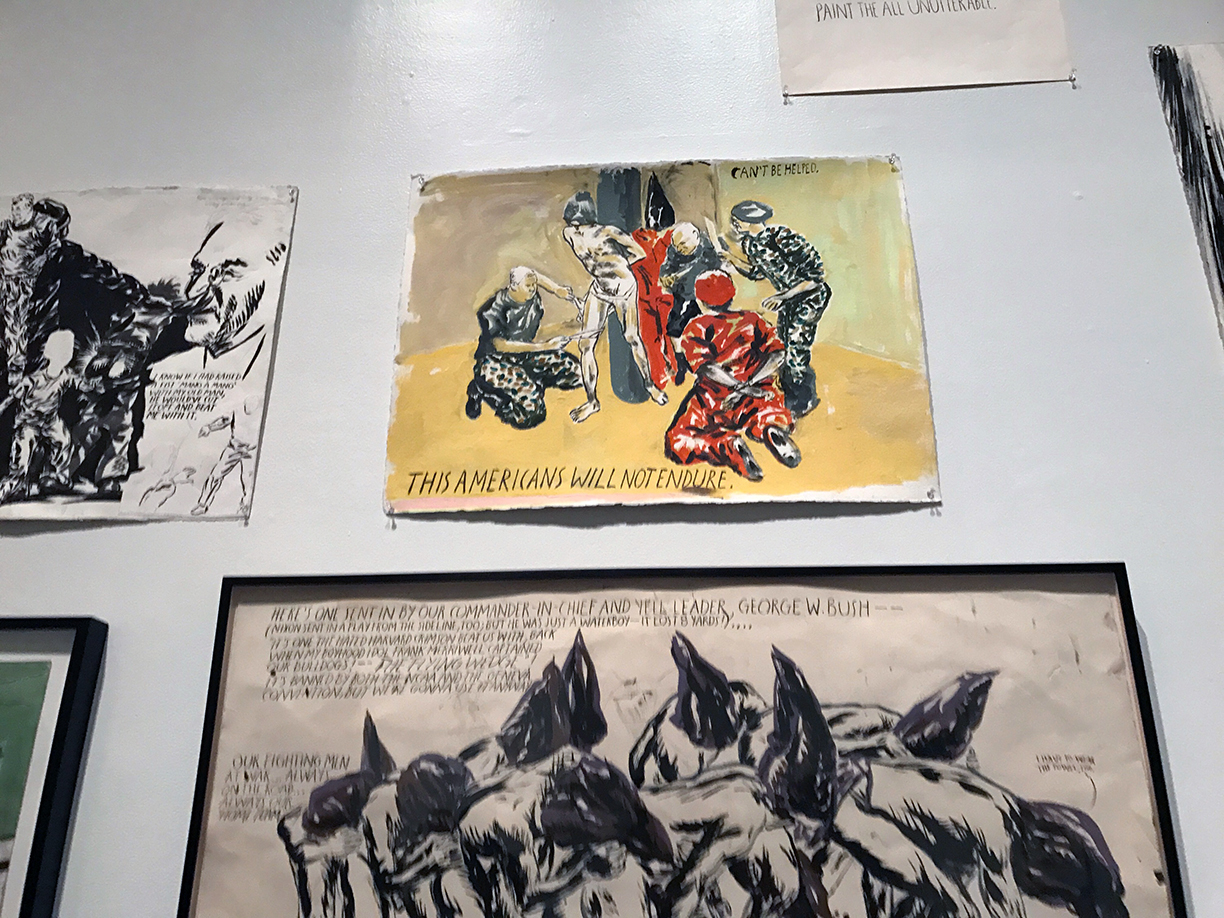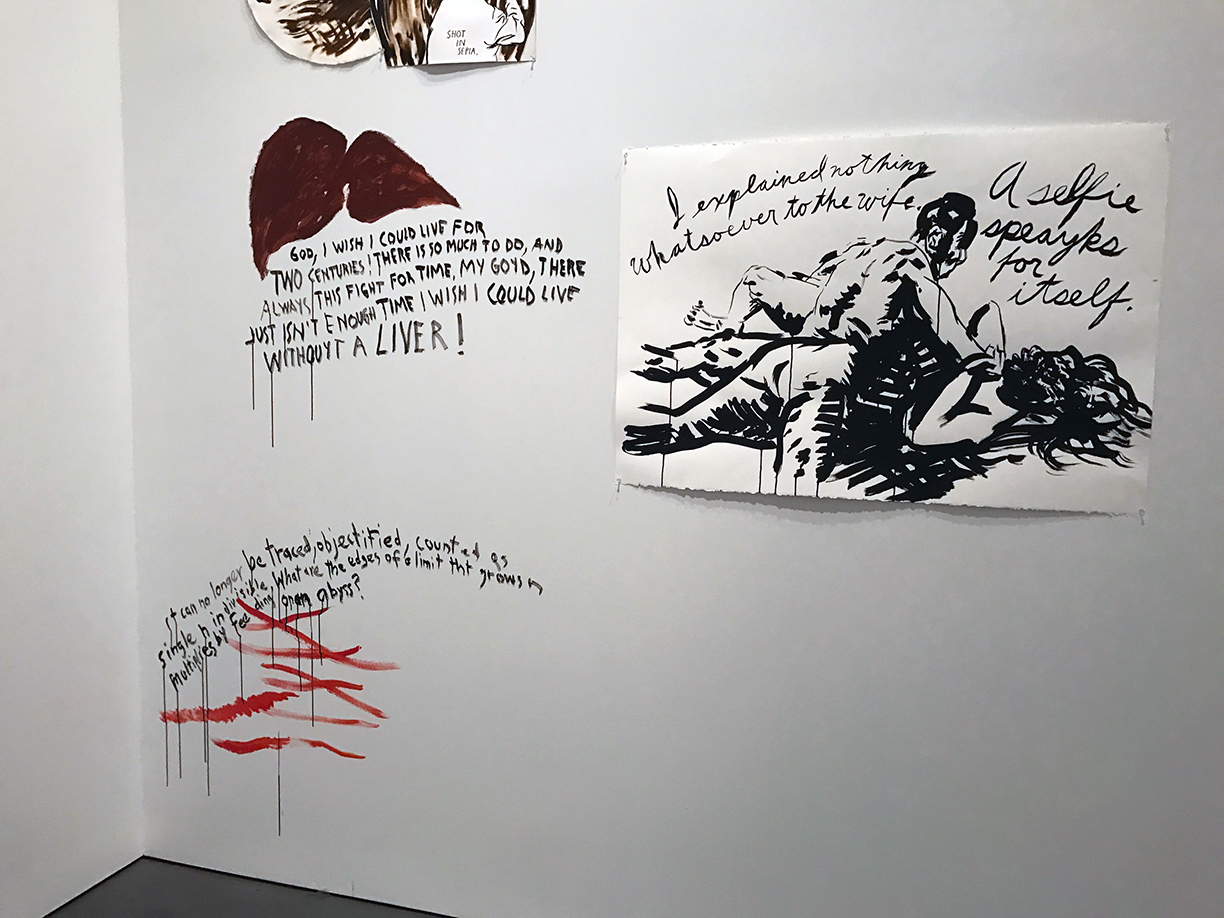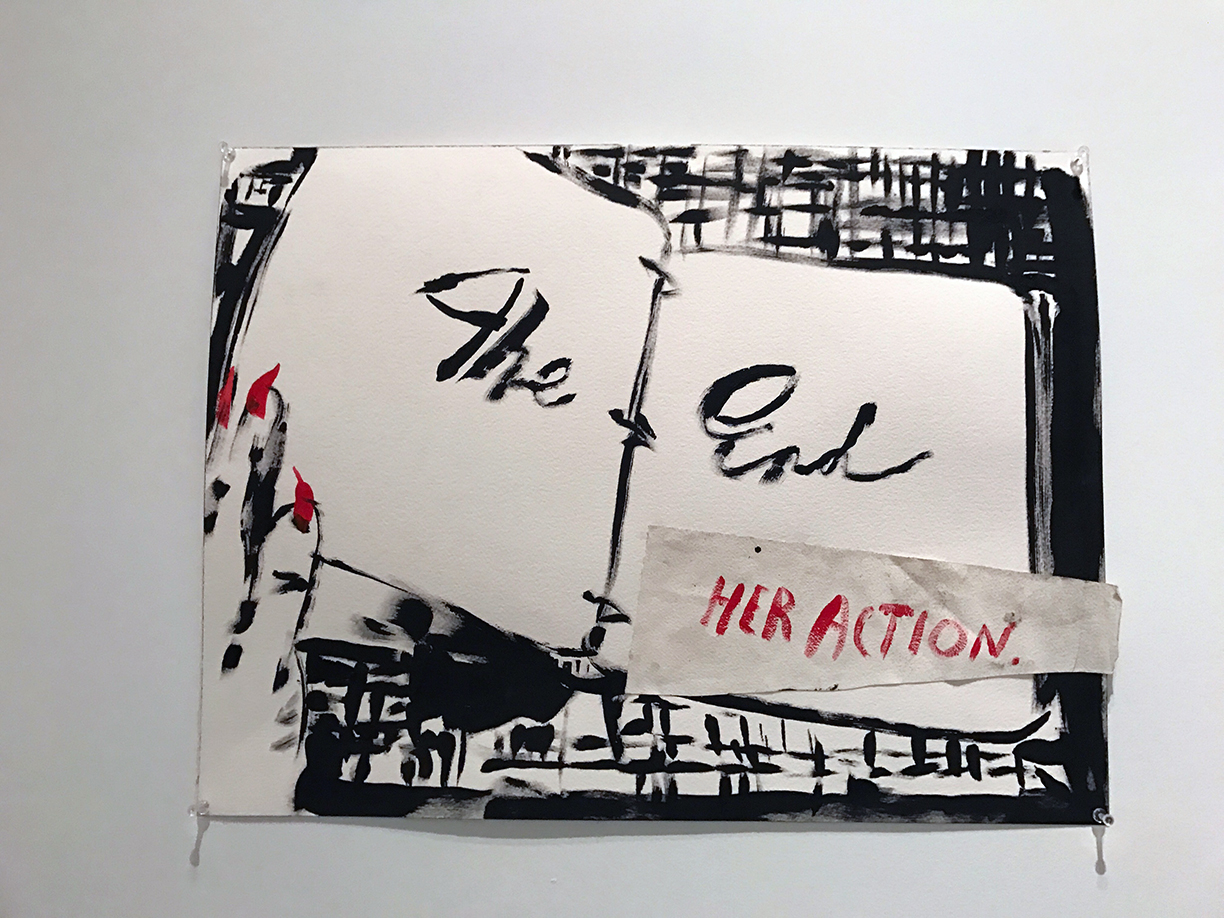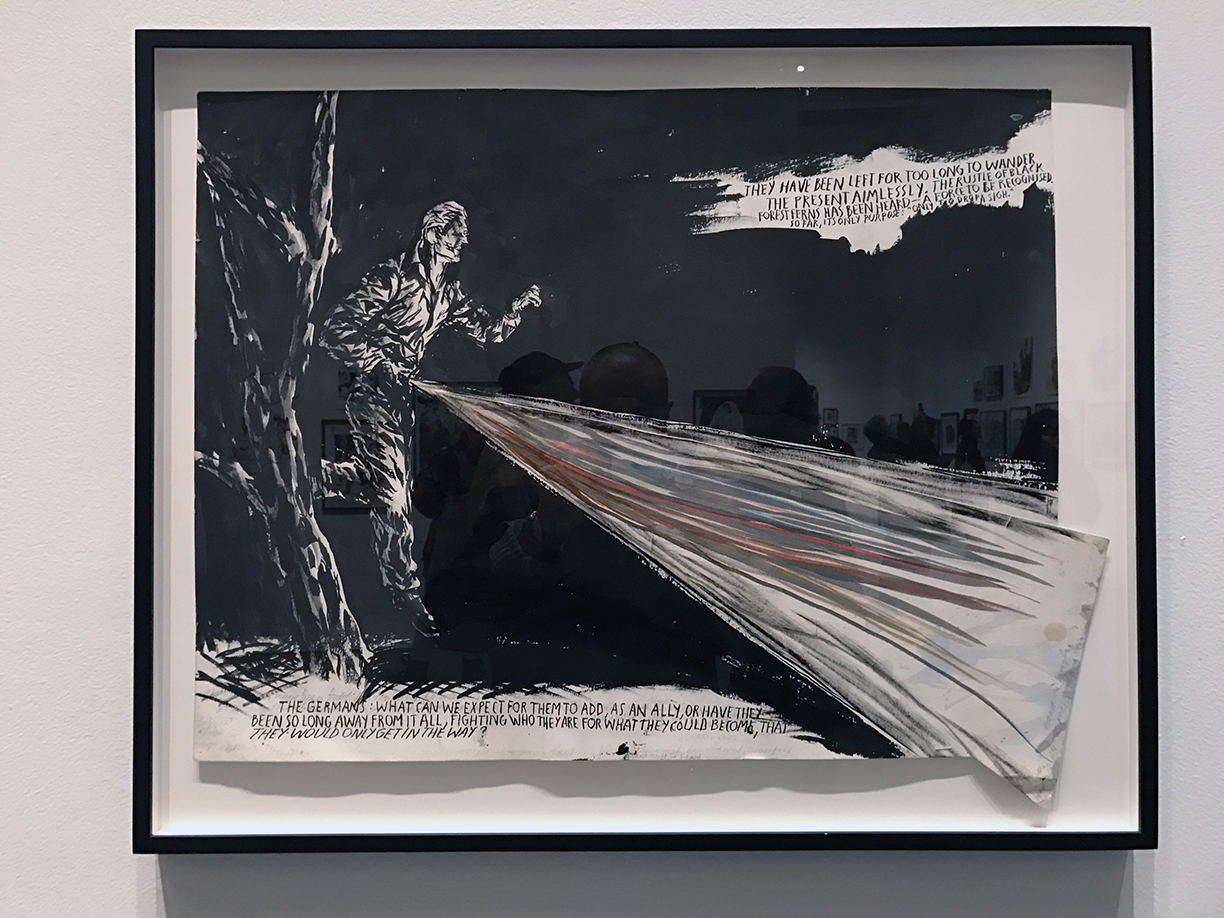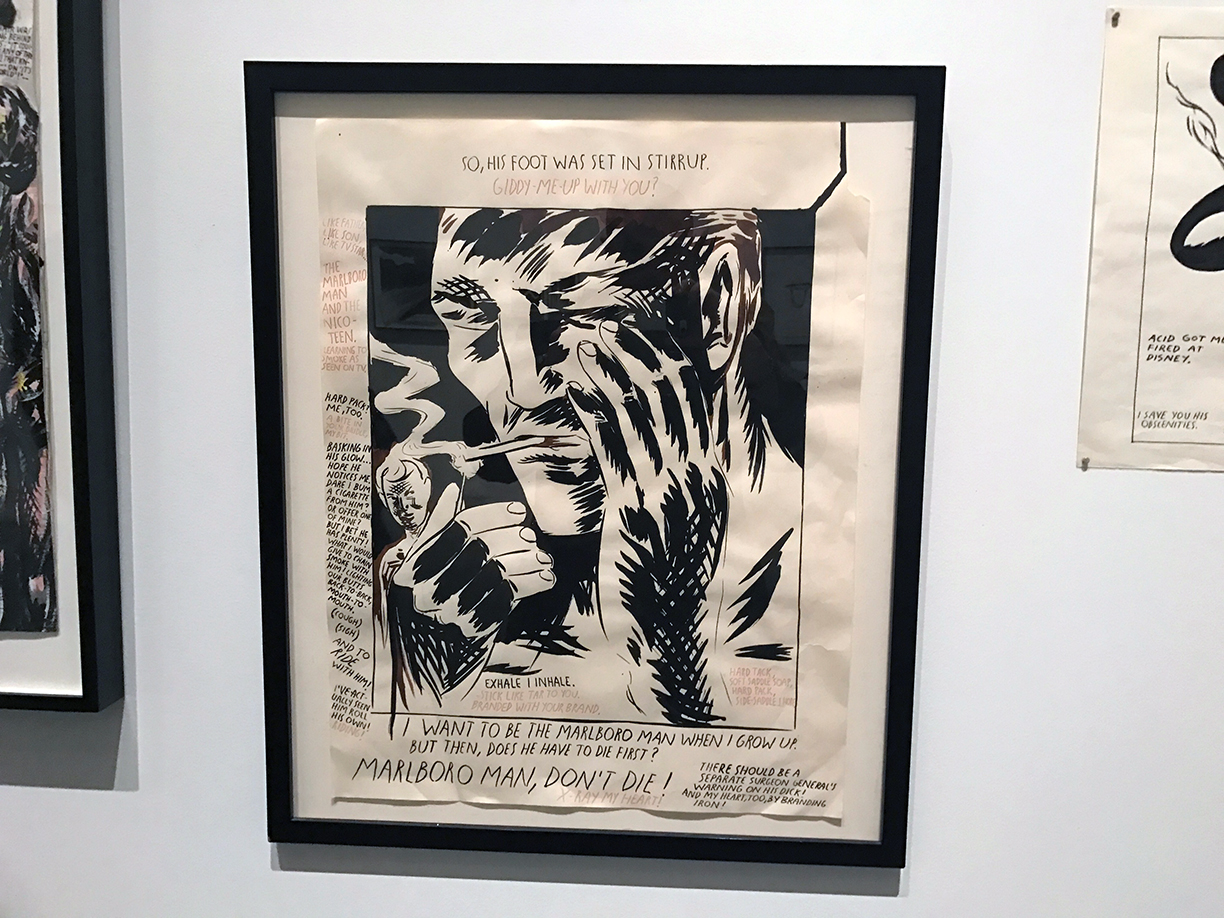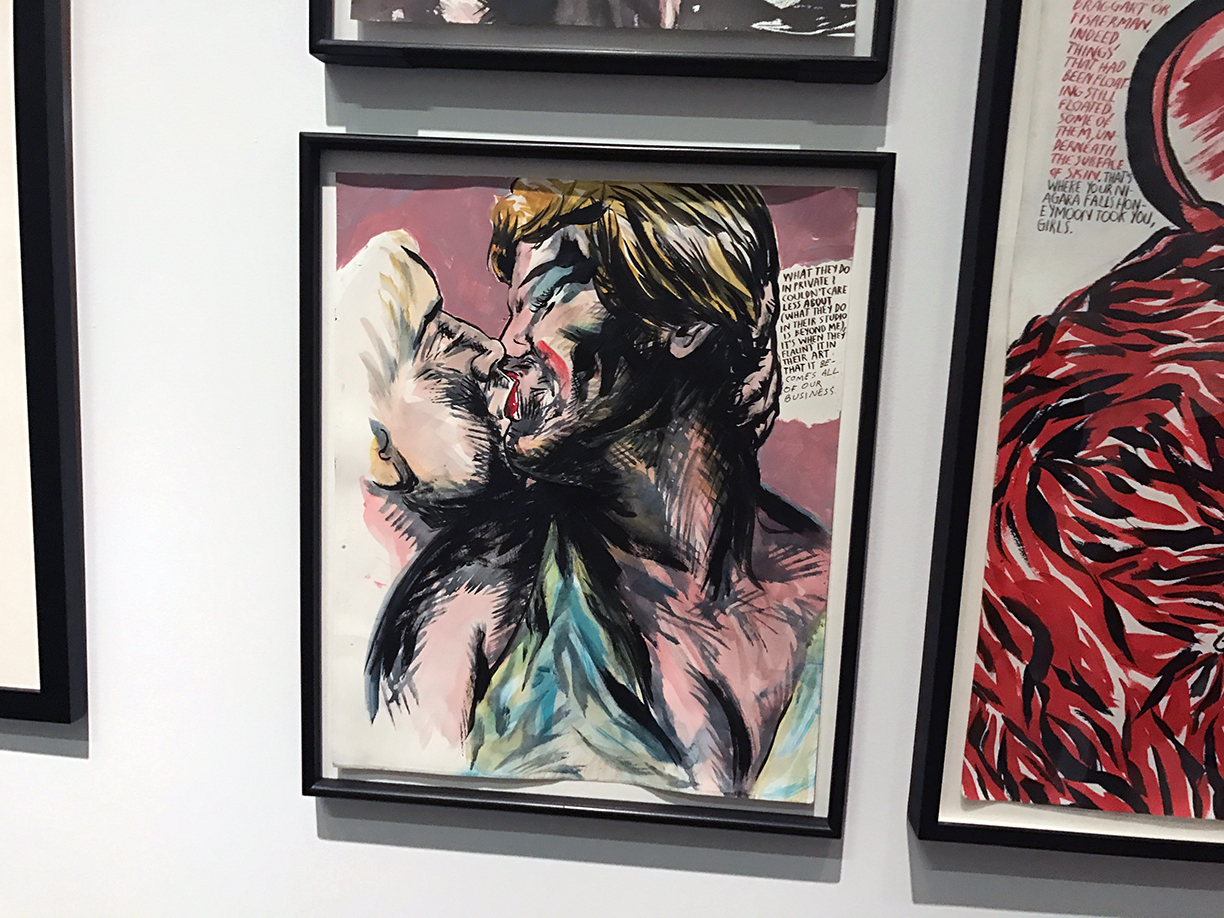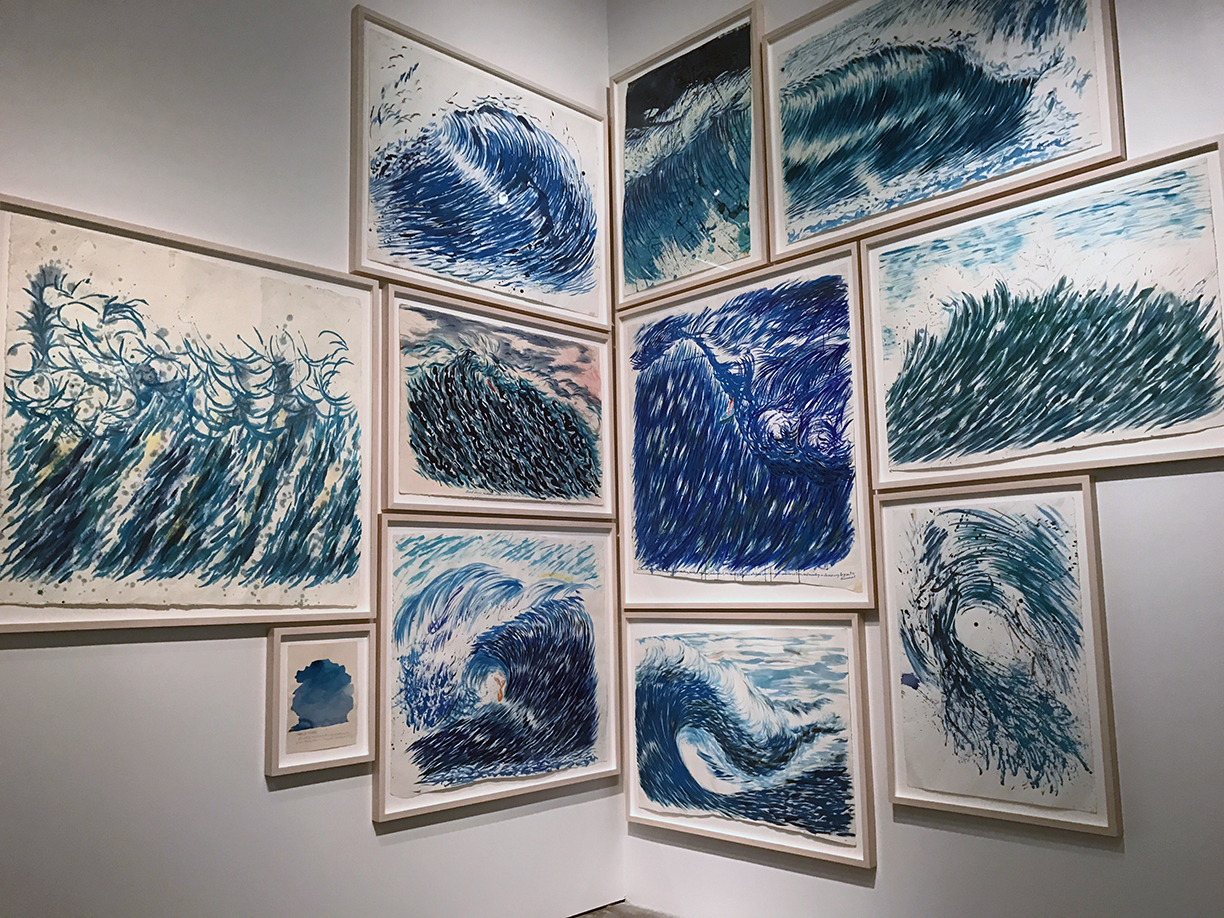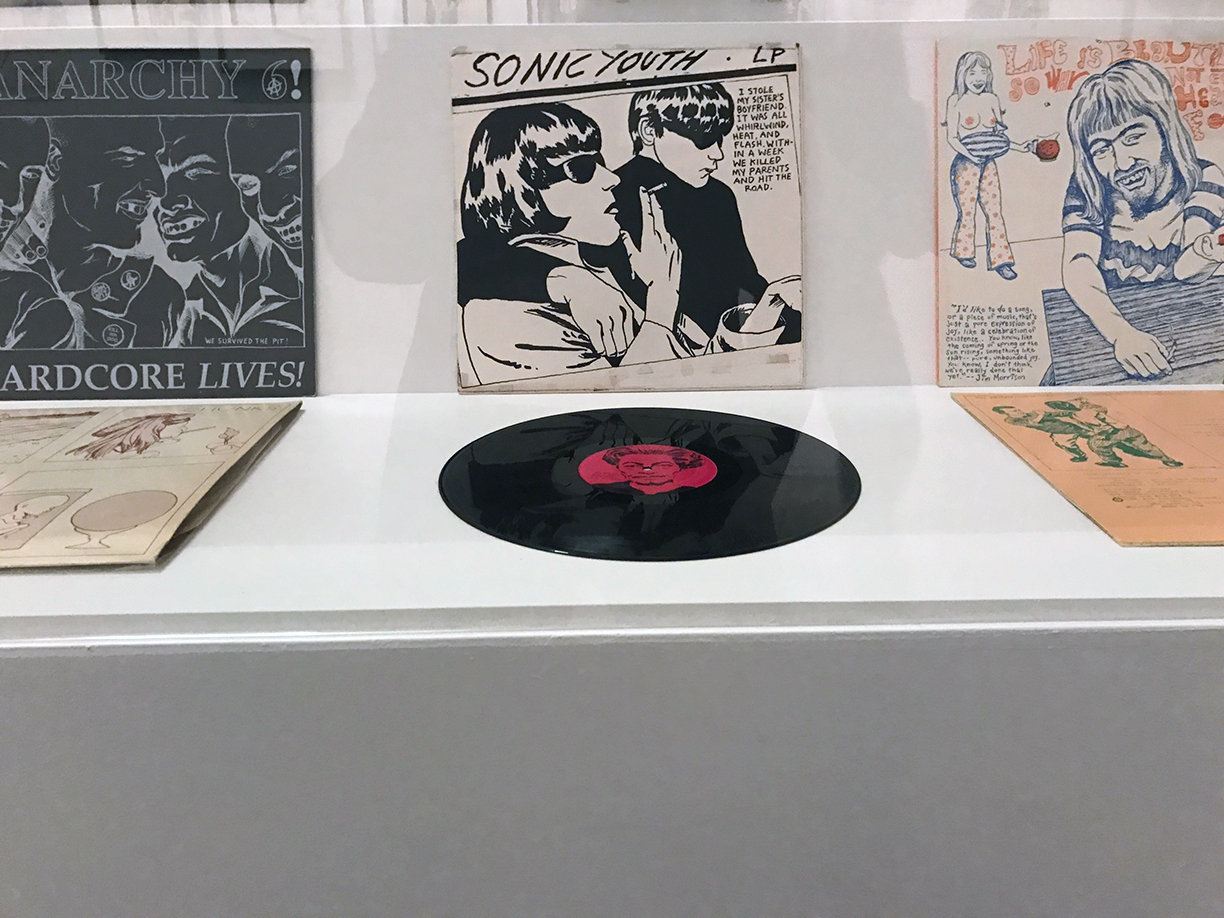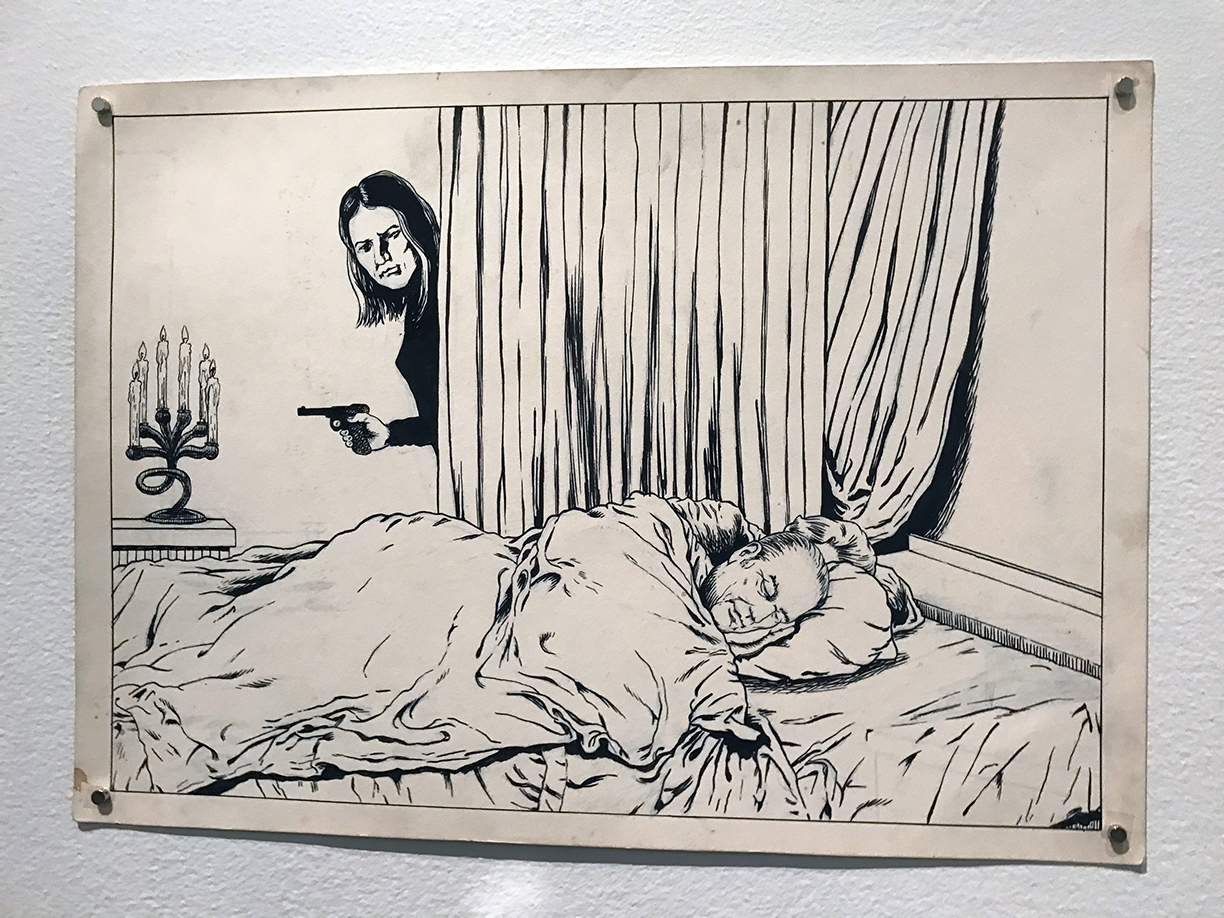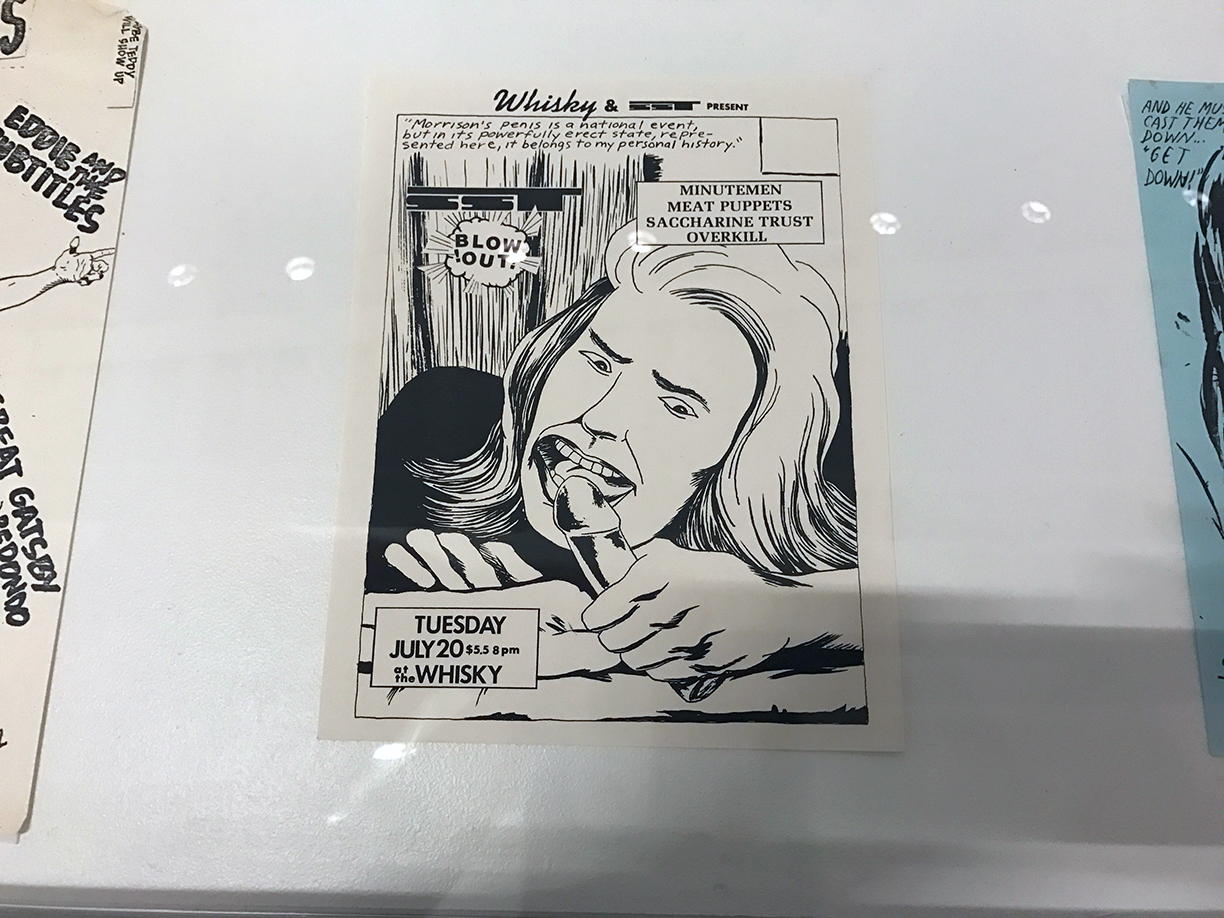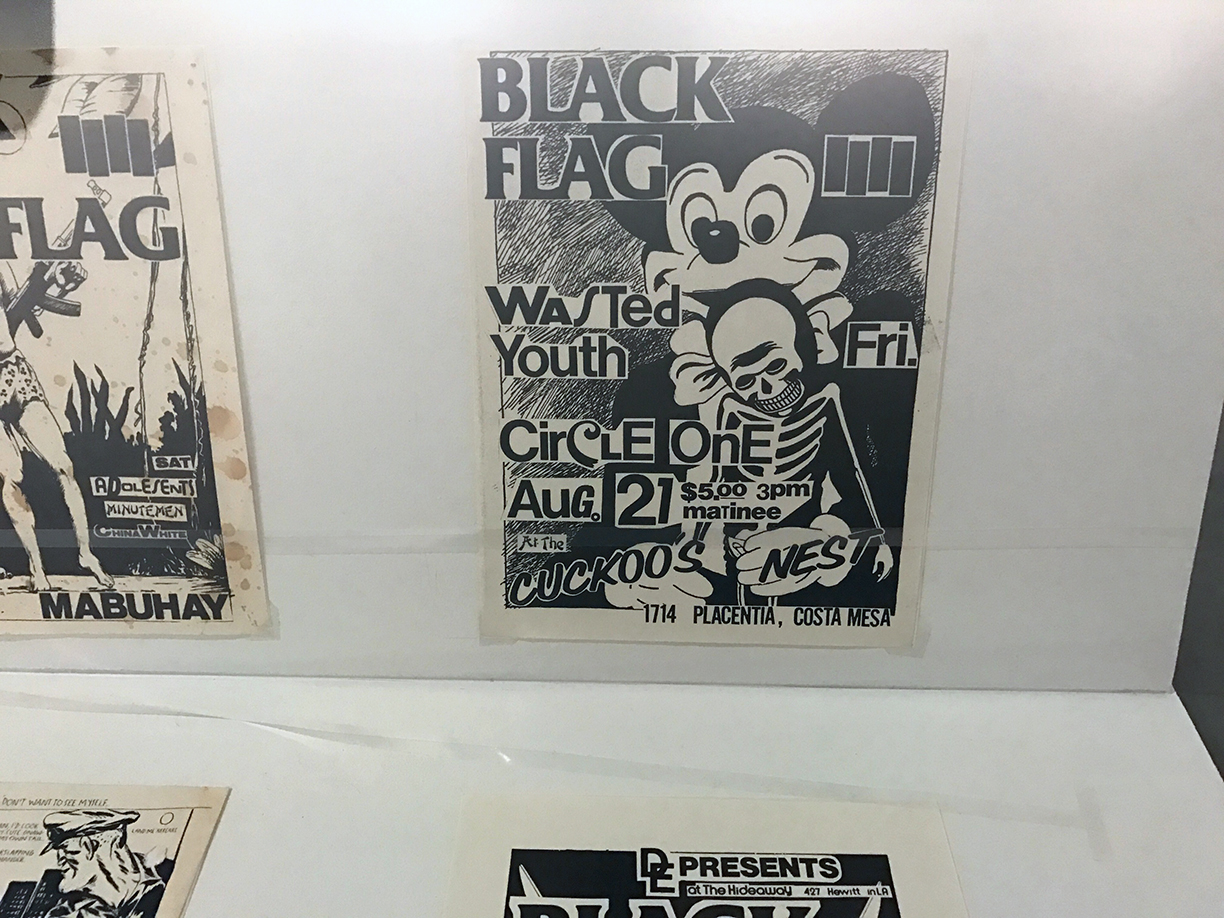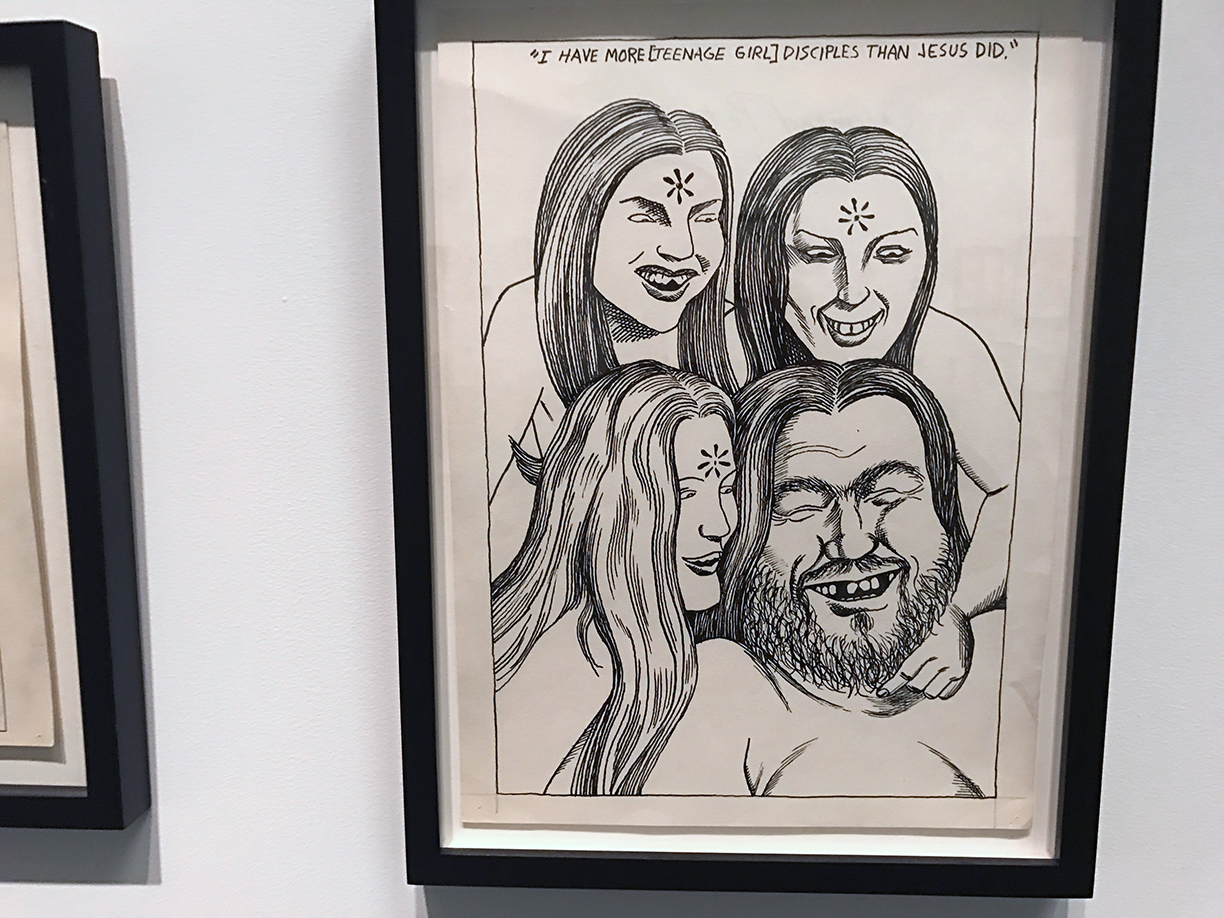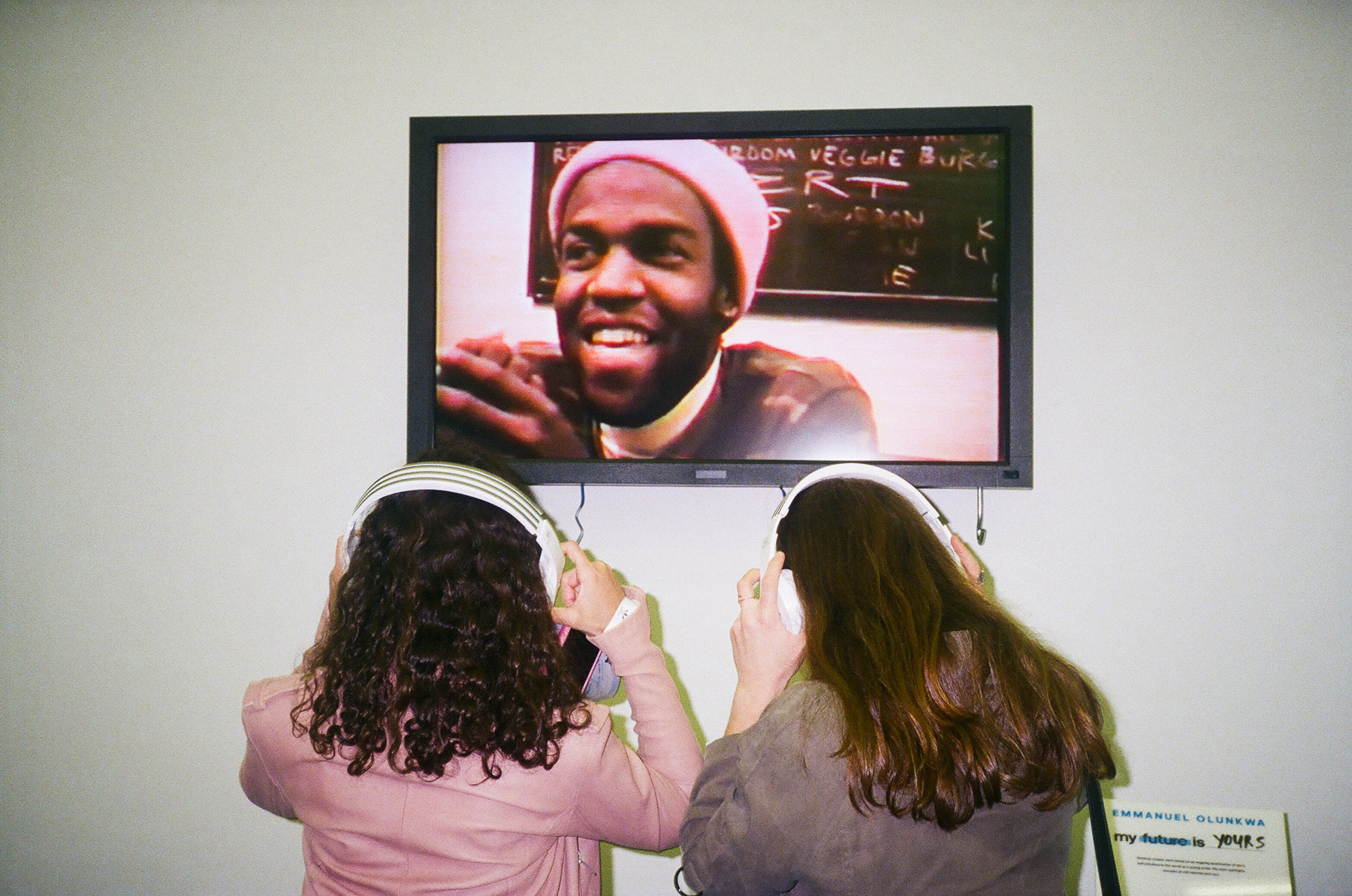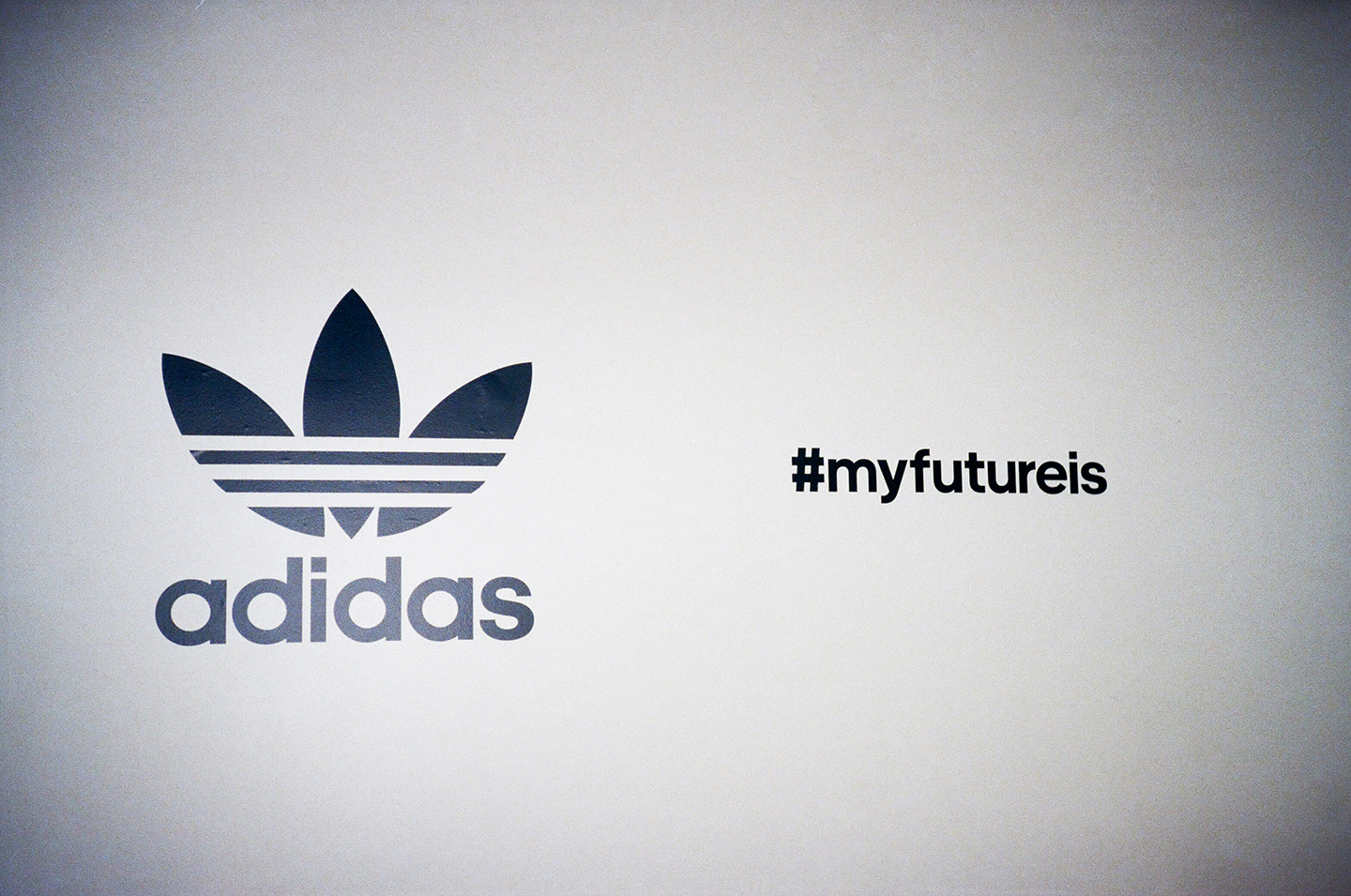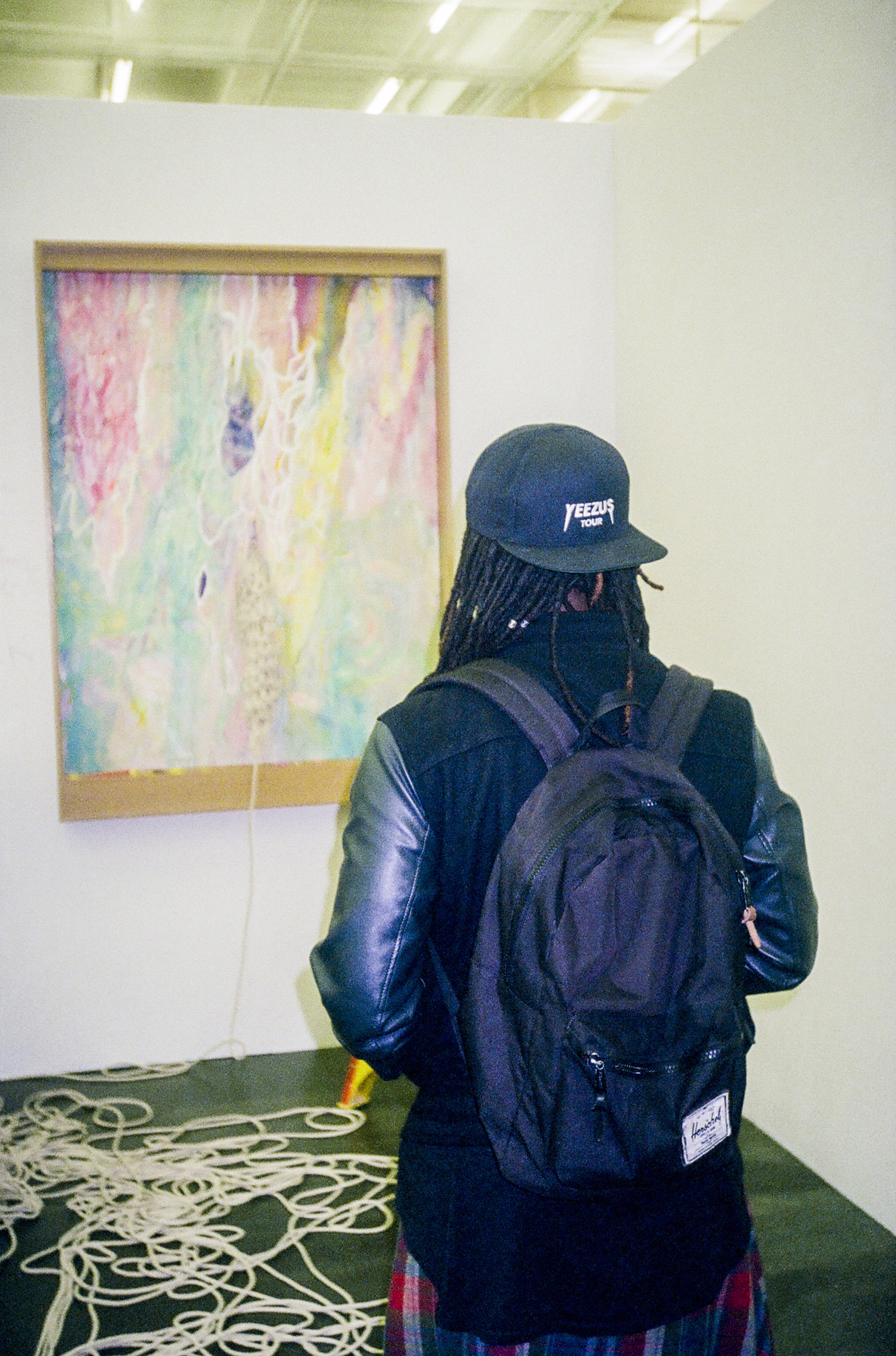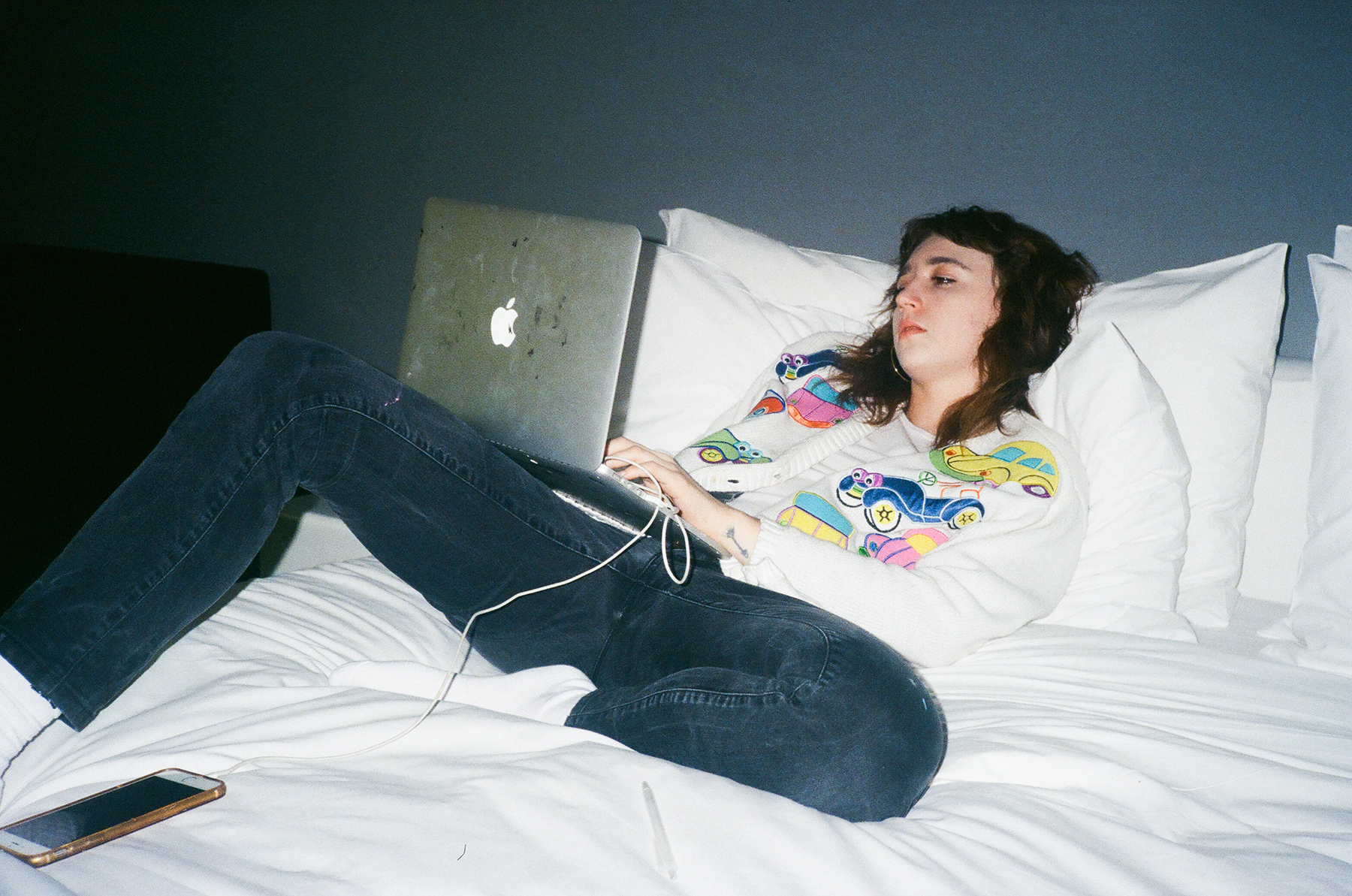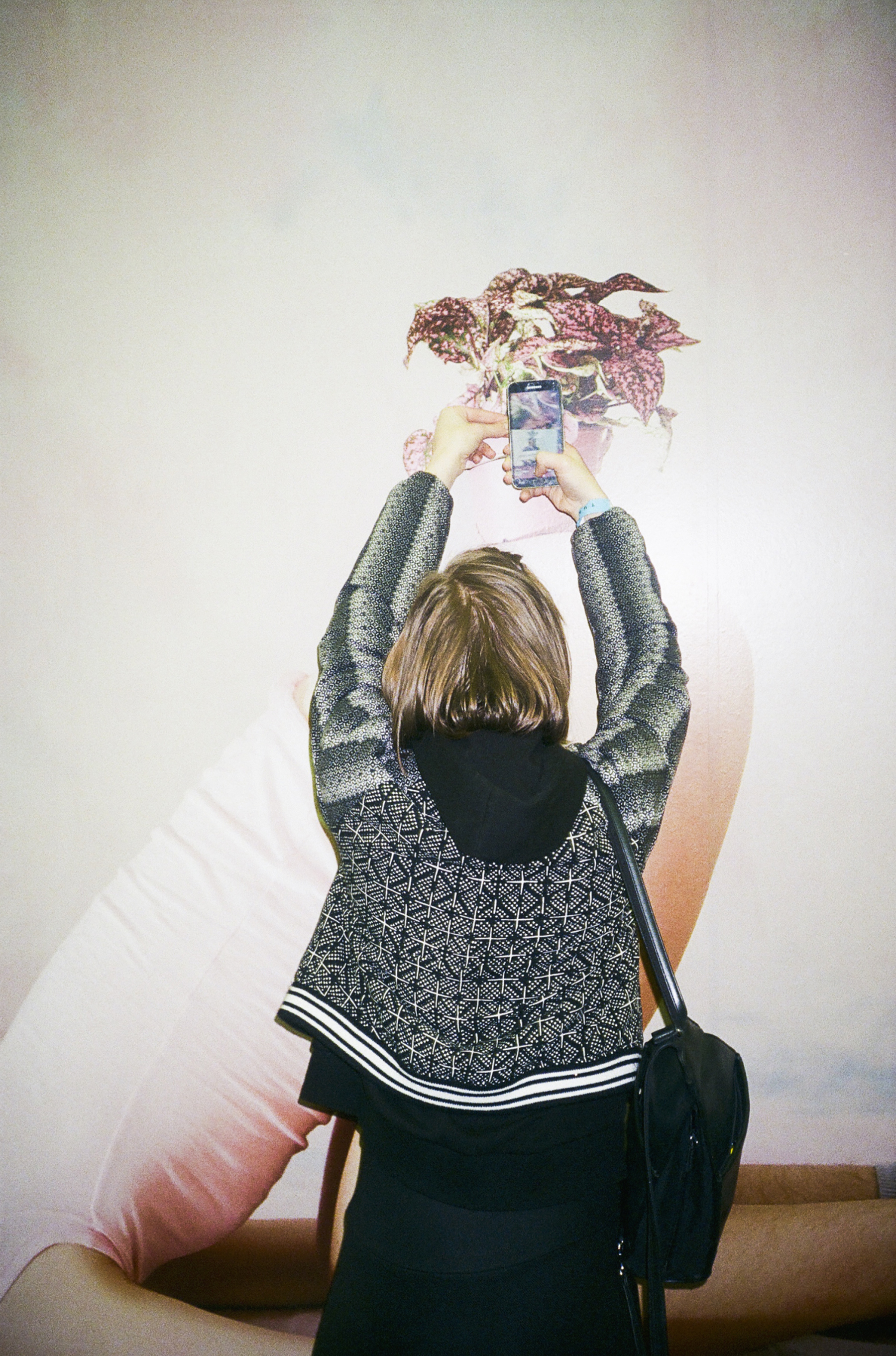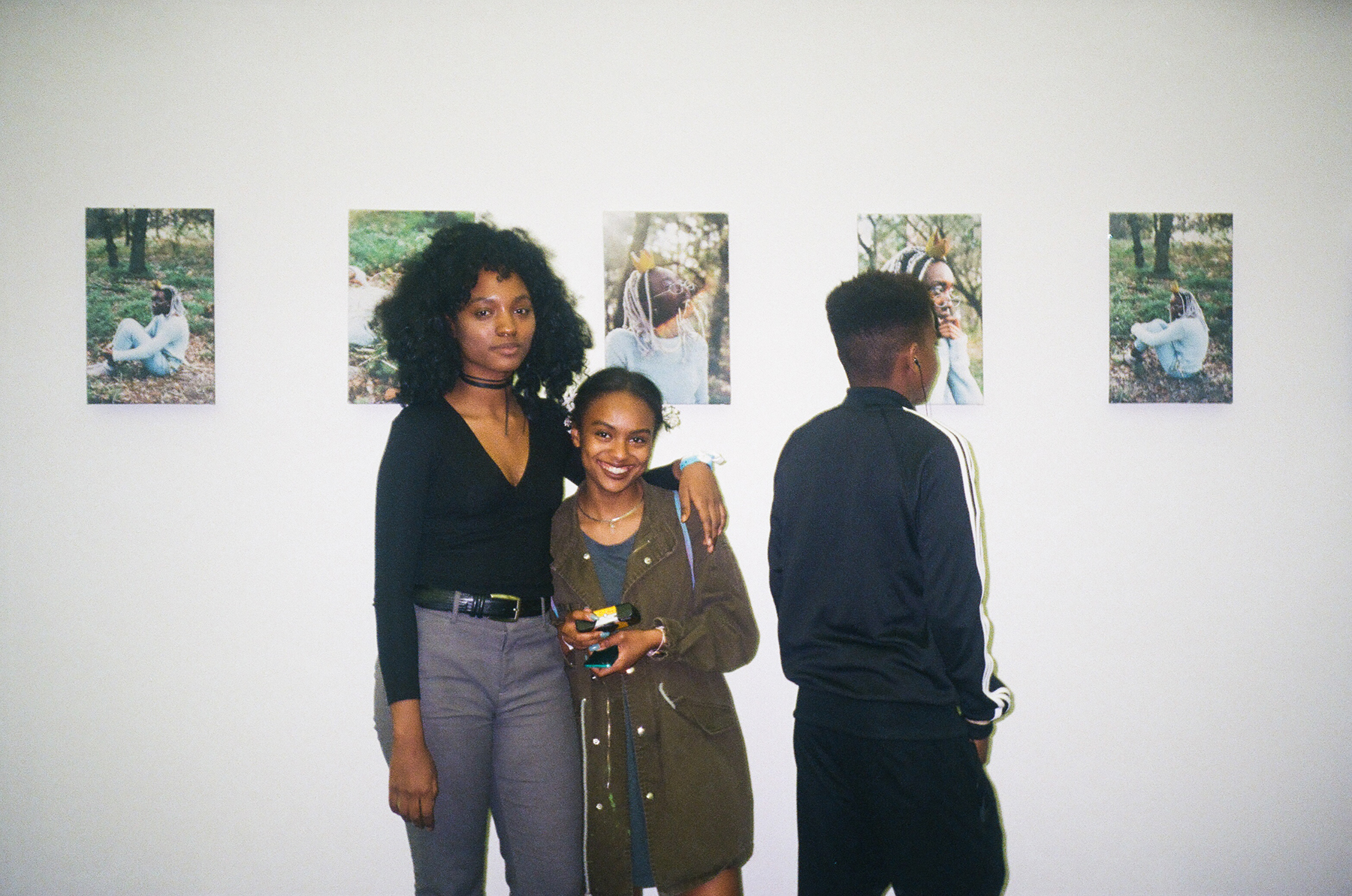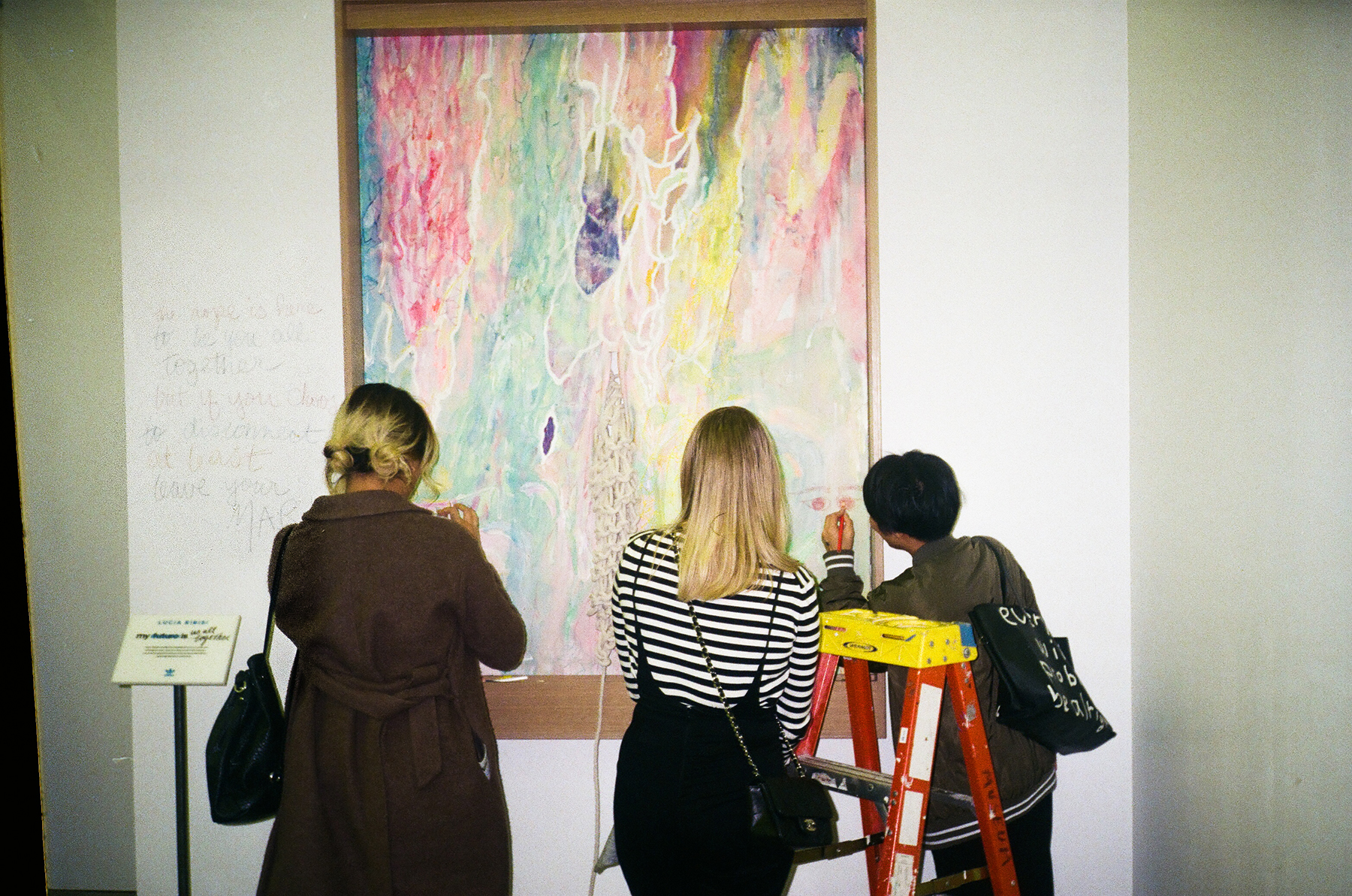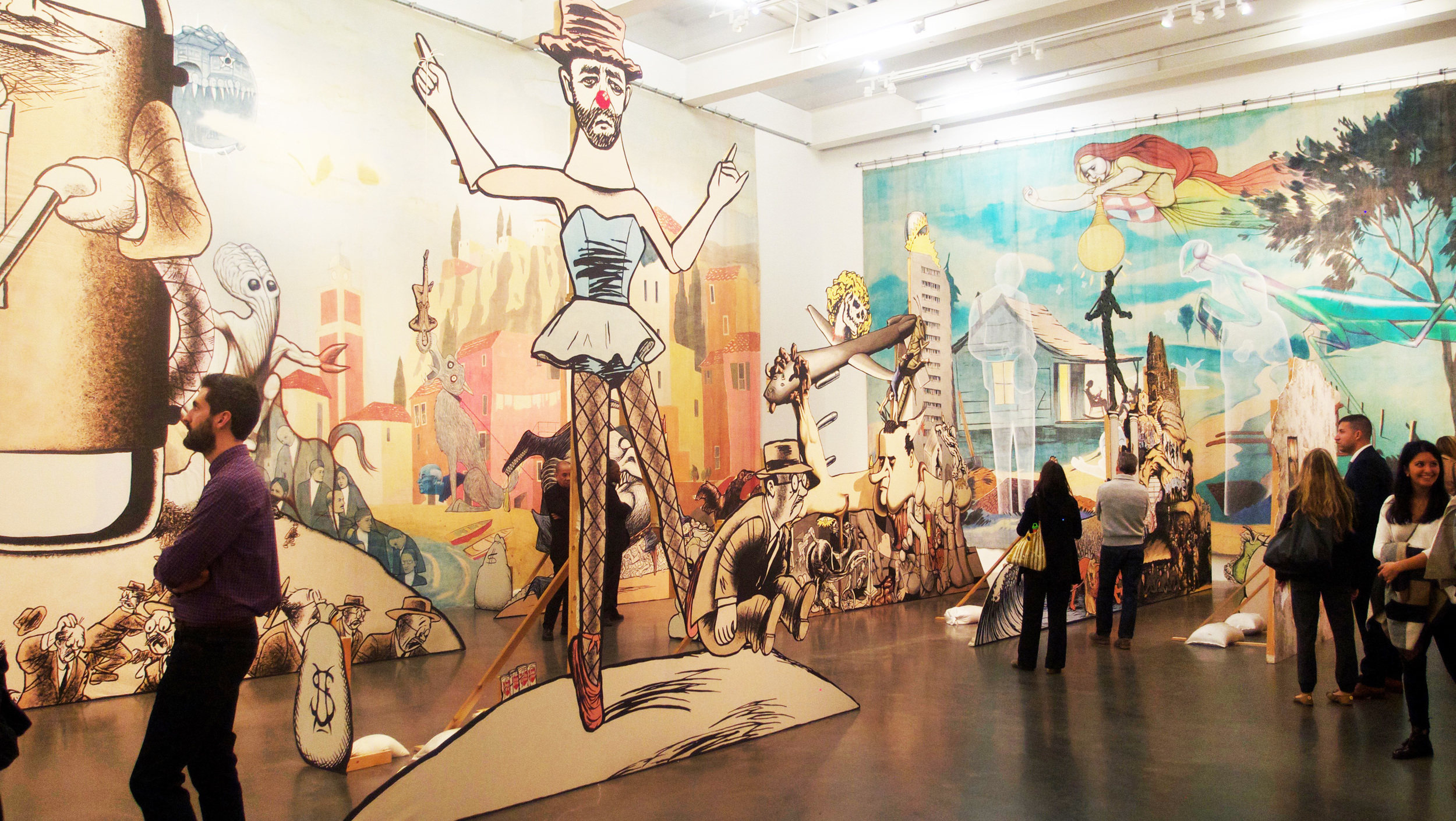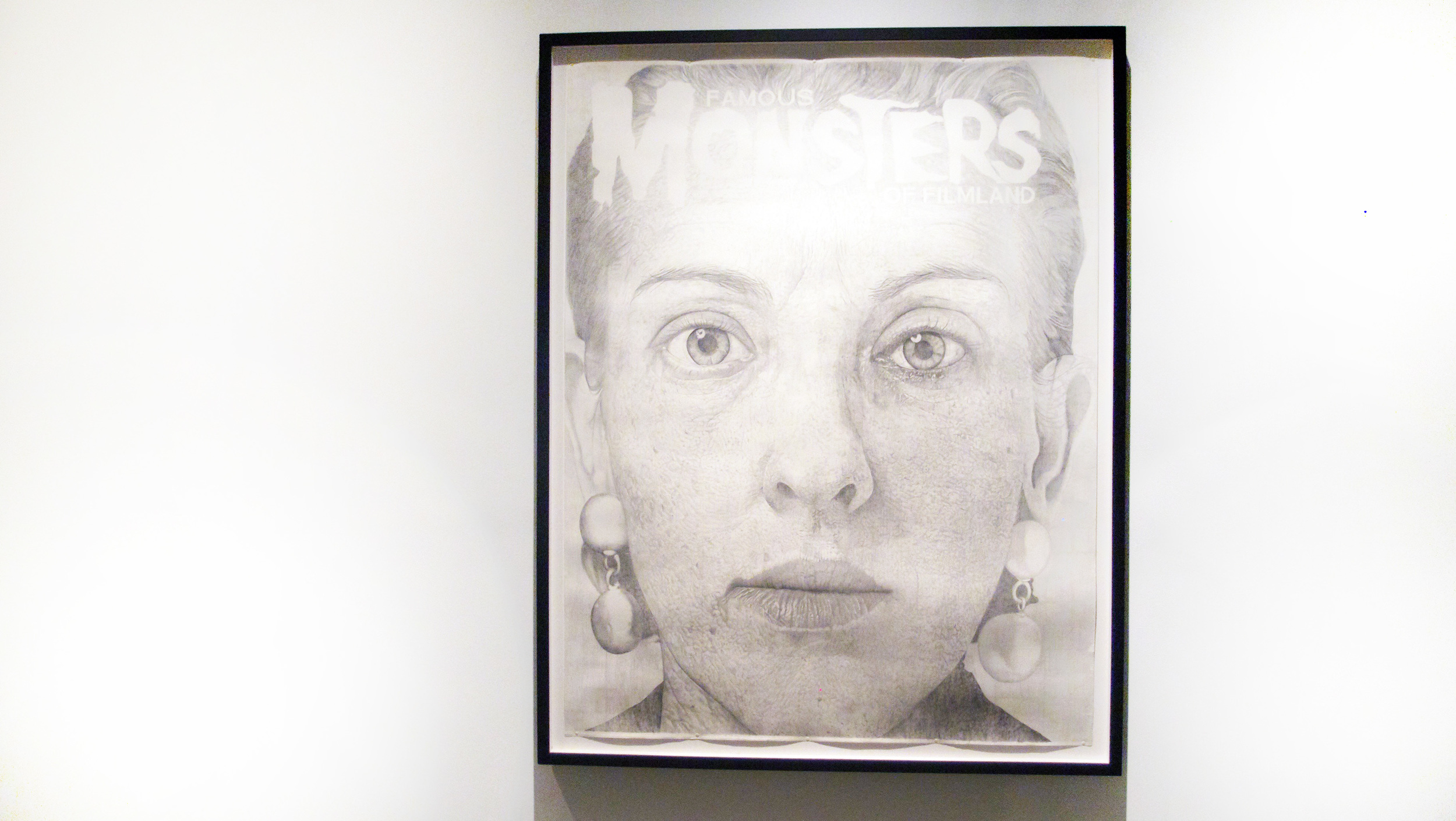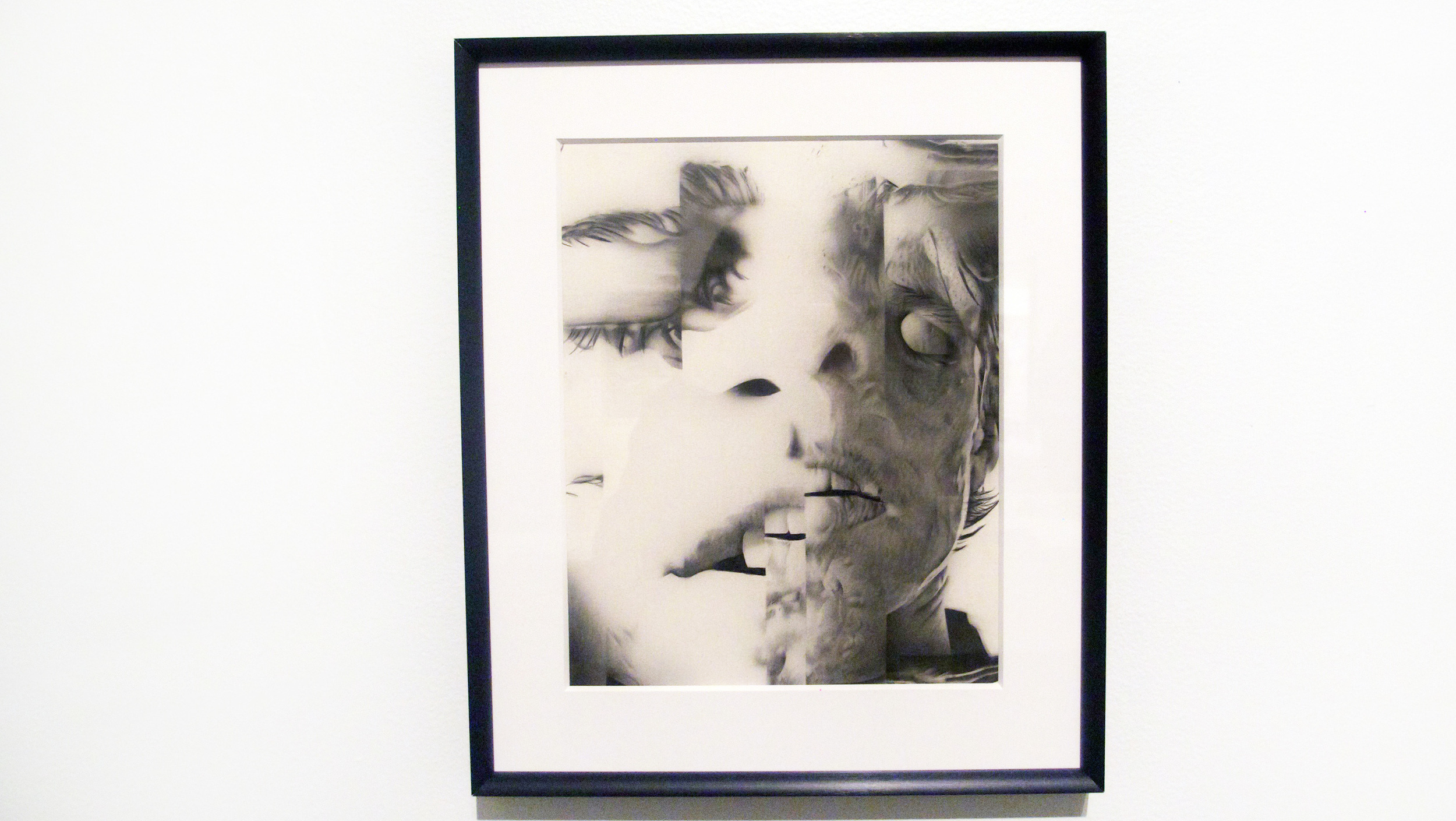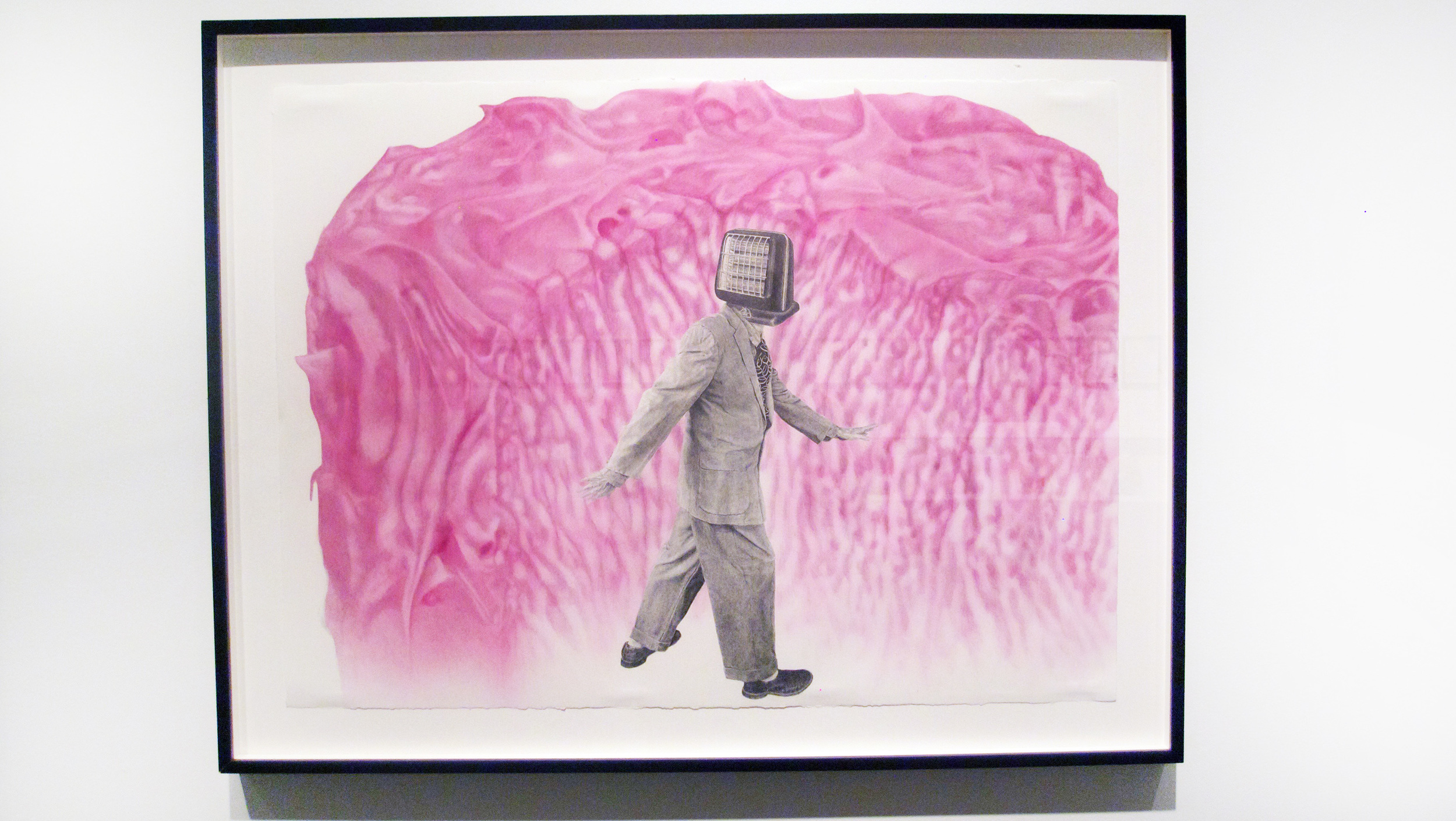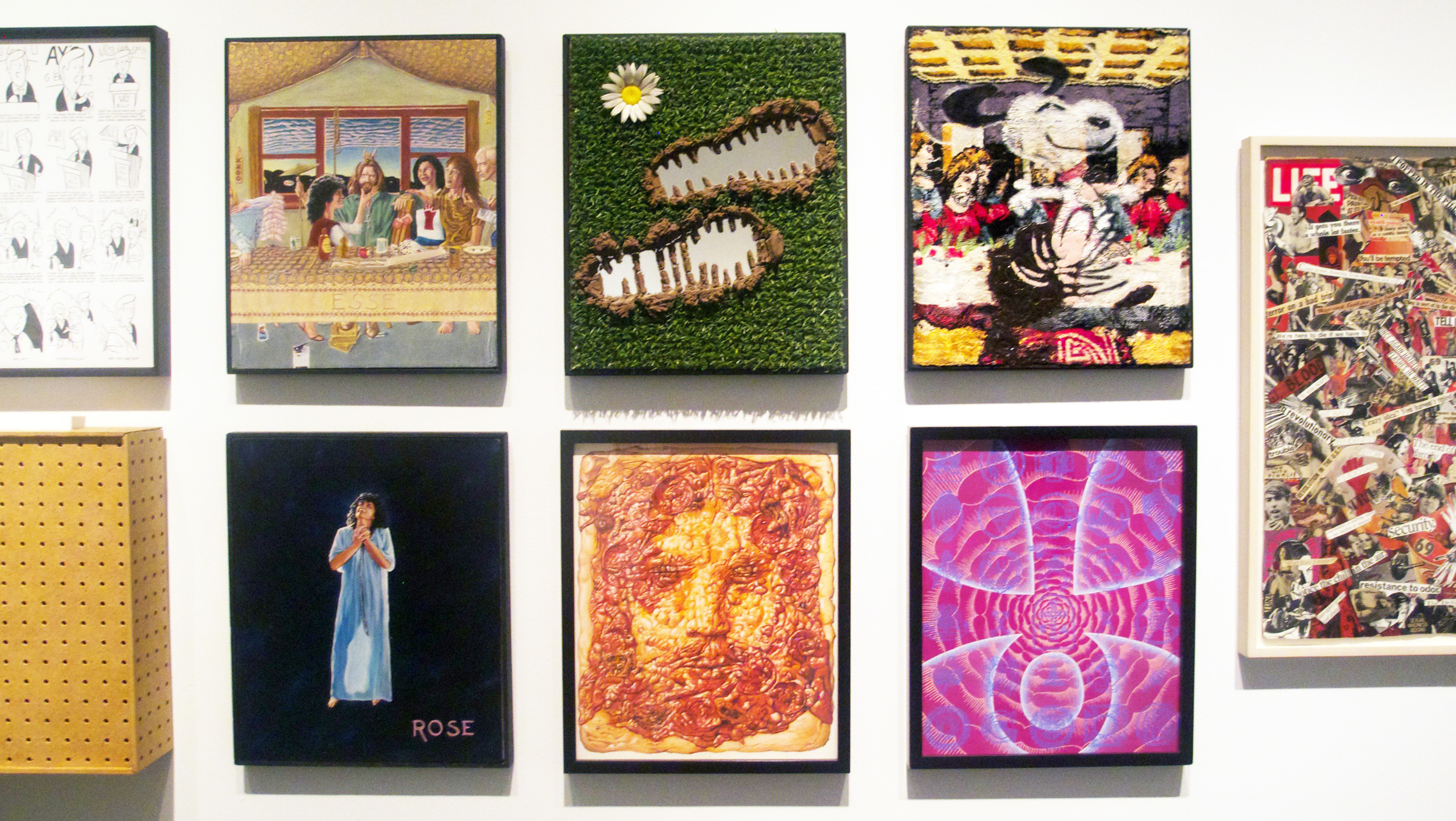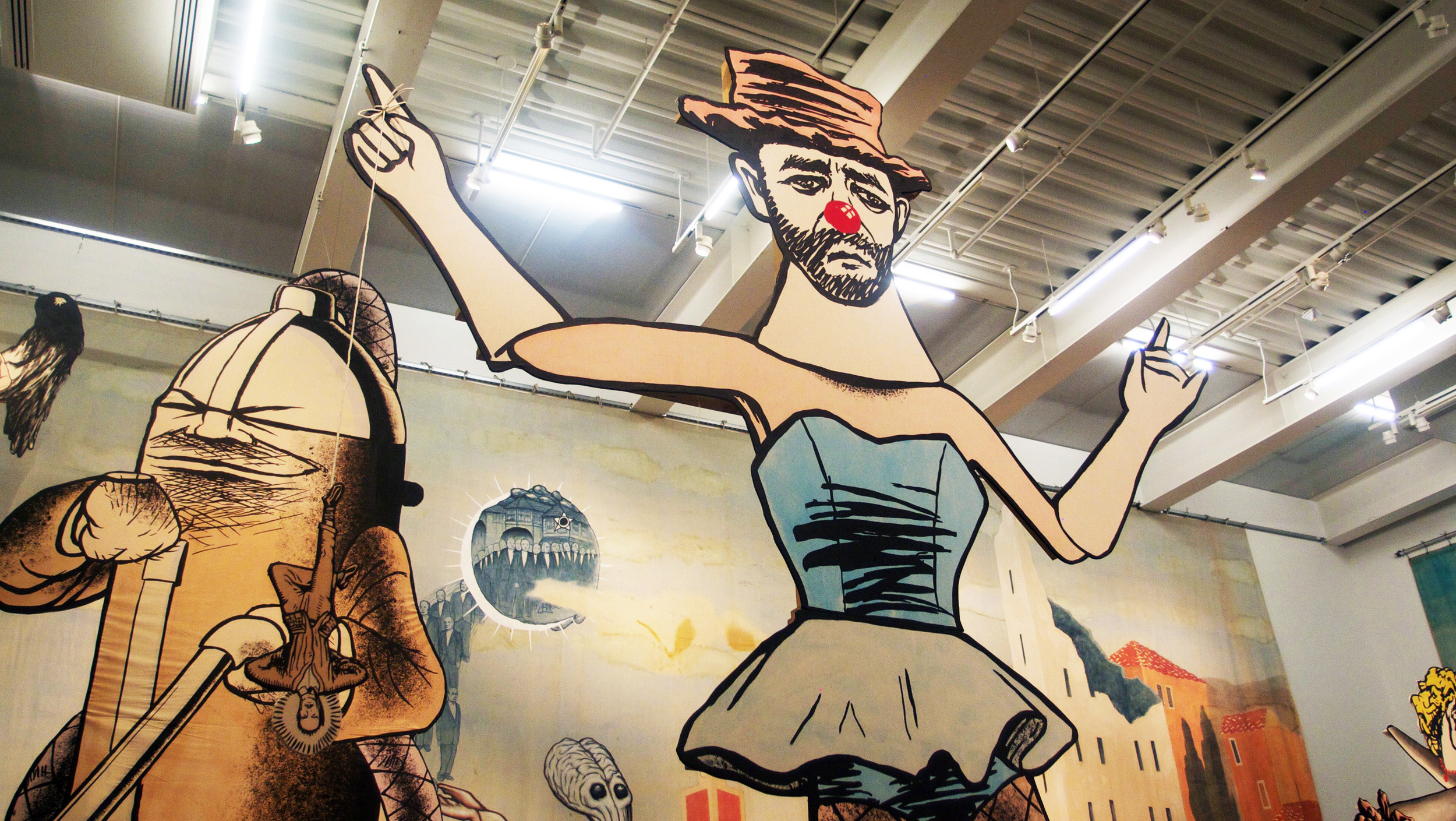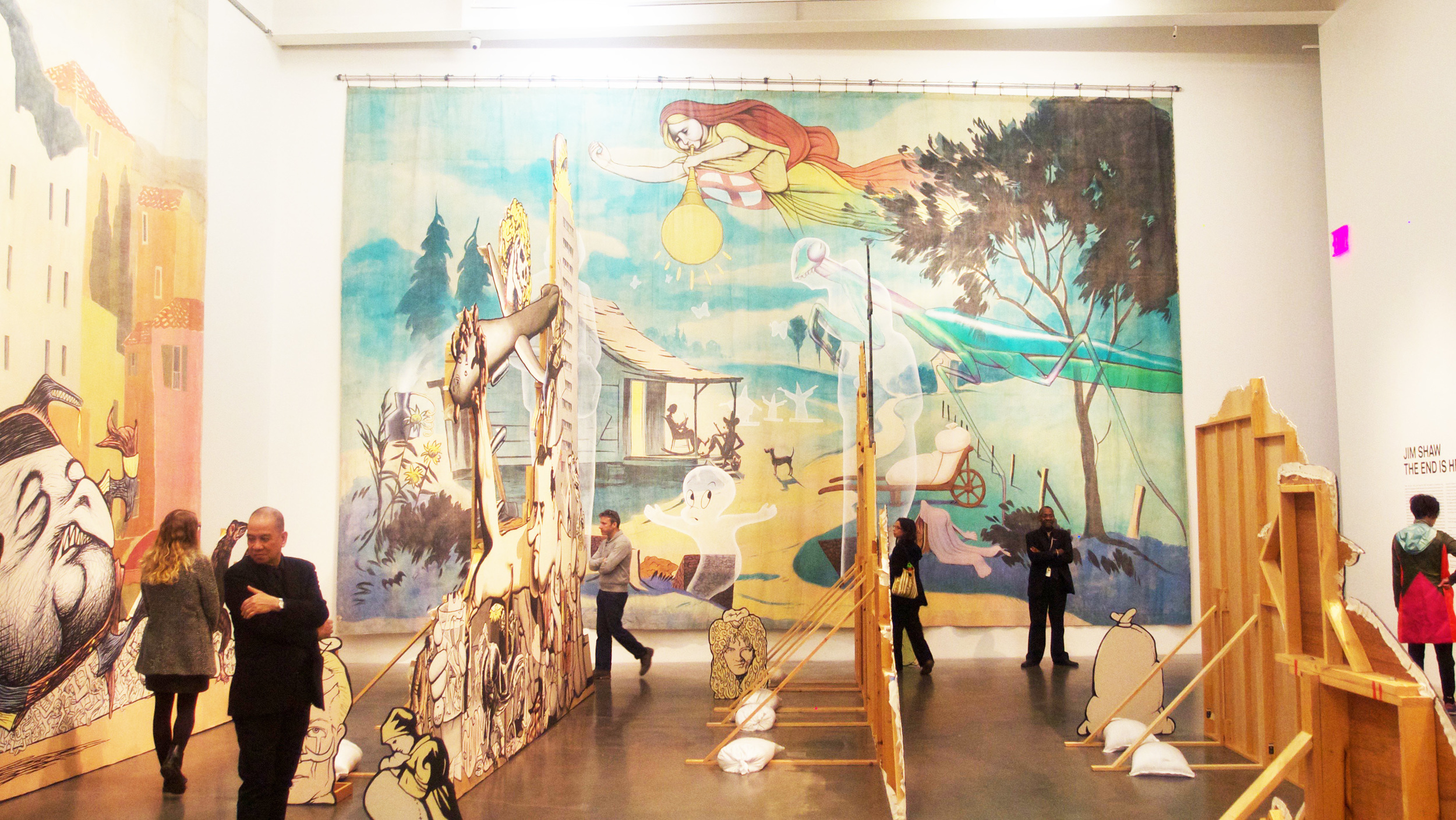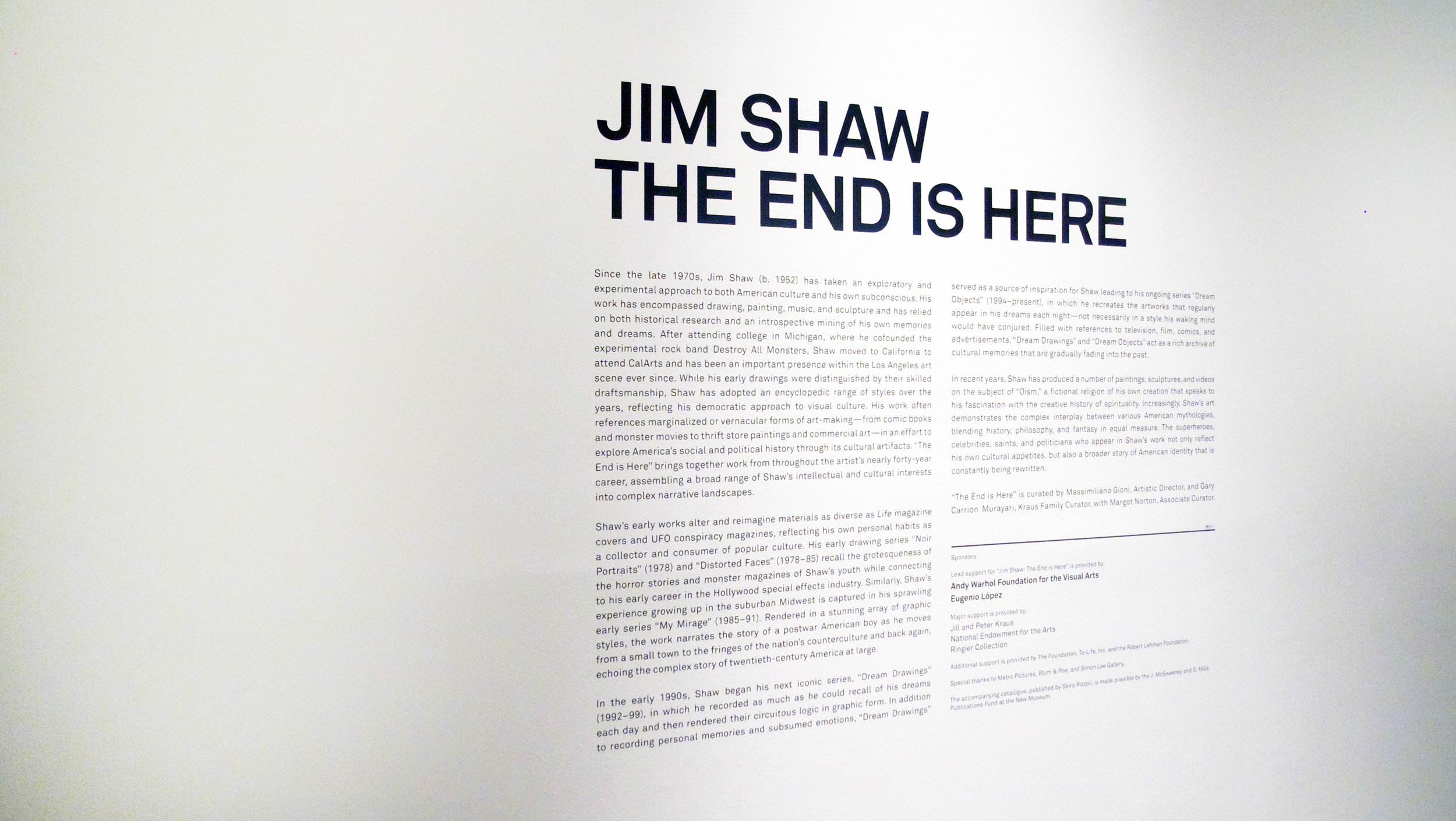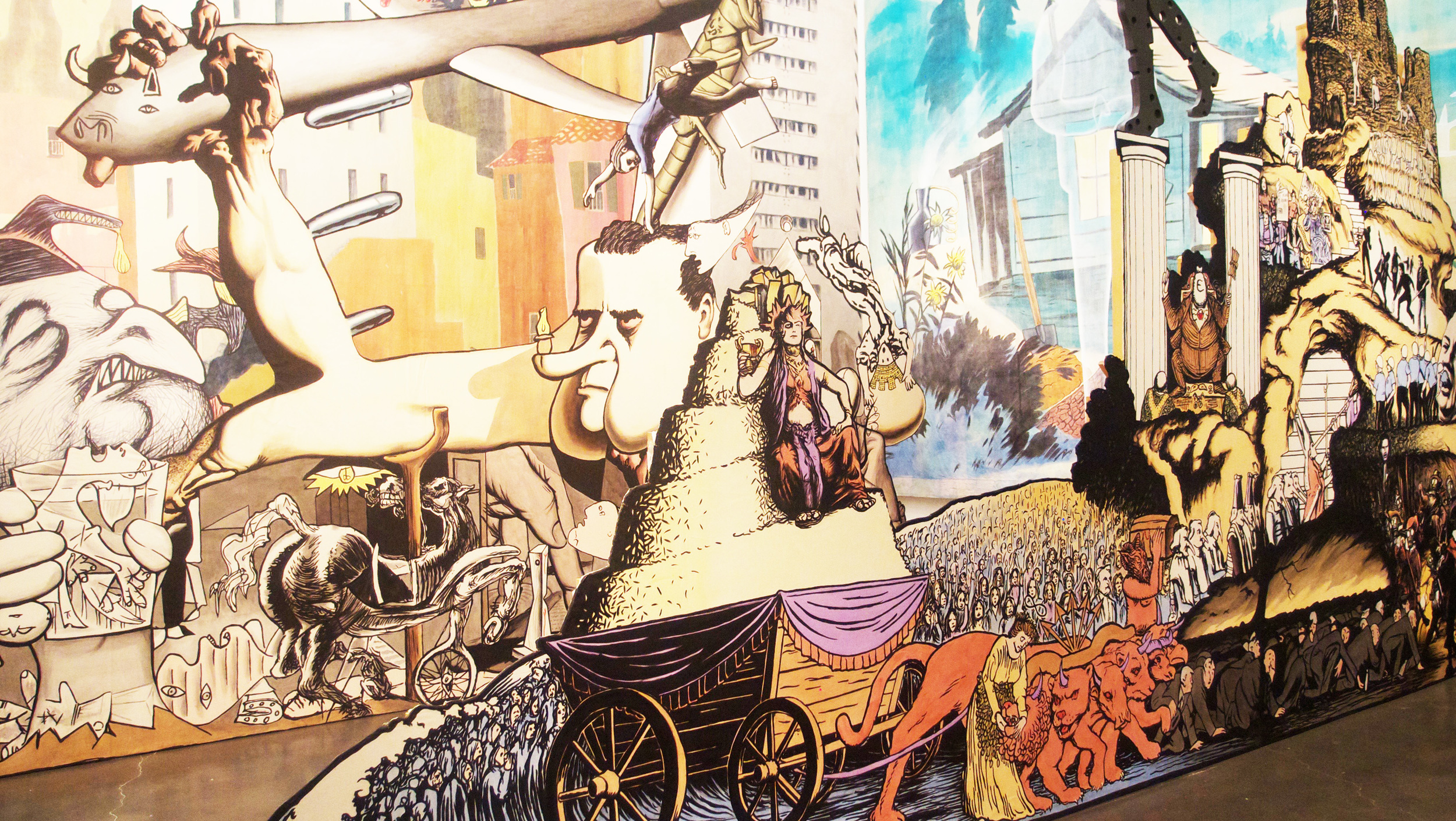Jade Guanaro Kuriki-Olivo, known by the pseudonym Puppies Puppies, is revolutionizing trans and Indigenous visibility through her critically-acclaimed conceptual works of sculpture and performance art. Despite a very genuine and personal embodiment within the work, an air of mystery once shrouded her identity as she initially insisted on a level of anonymity rarely exhibited by artists, particularly of her generation. In late 2017, however, this shifted with the very first reference to the artist’s gender transition taking place in her Green (Ghosts) installation at Overduin & Co. in Los Angeles. Kuriki-Olivo and her then-boyfriend lived in the gallery during the hours it was closed, leaving only traces of their existence during the hours it was open. Here, she taped two estrogen pills to the wall, pointing toward her gender-affirming course of hormone therapy—a subtle gesture that gently opened the door of visibility. Employing the mundane, everyday objects that surround her life is a hallmark of Puppies Puppies’ practice and readymades are one of her favorite ways to reference the art historical canon. An initial easter egg of visibility has since swung the door open to a state of consensual voyeurism in Nothing New, her current solo exhibition at the New Museum where the artist is occupying the Lobby Gallery with nearly constant access to her comings and goings via video surveillance, live stream access, and glass walls overlooking a recreation of her bedroom. Puppies Puppies also points to elements of her multi-ethnic indigeneity—Taíno on her father’s side and Japanese on her mother’s—with the inclusion of objects and spiritual practices that connect her disparate lineages in a form of what the exhibition’s curator, Vivian Crockett, refers to as a memoryscape. Crockett got cozy in bed for her interview of Puppies Puppies on the eve of the exhibition’s inauguration to discuss their creative collaboration. Read more.
The Gelatinous Abjection of Mire Lee's Black Sun @ New Museum in New York Invariably Turns Us On
“Mire Lee: Black Sun,” 2023. Exhibition view: New Museum, New York. Courtesy New Museum.
Photo: Dario Lasagni
text by Hannah Sage Kay
Entering Mire Lee’s installation at the New Museum—passing through plastic strip curtains into a moist, greenhouse-like environment—seems, I can only imagine, like a trip up a vaginal canal. It recalls one time that, in warm, sud-less water, I looked down to see a brownish-red gelatinous mass emerge between my legs. With an ovular center and porous, mane-like tentacles, it moved, not in a bloody mess, but as a neatly self-contained collection of blood clots and uterine lining. The wet porous fabric that lines the plastic walls of Lee’s installation recalls this same murky, brown fluid that accompanies the expulsion of an egg and, not at all coincidentally, overlarge egg sacks dangle from the ceiling, entwined with rope, metal chains, and what looks like a prematurely formed exoskeleton.
Strange whirring, rotating devices—simultaneously technological and organic—churn in mud-filled recesses of the grated metal floor below. One such contraption wound with sodden, fleshy cables rotates over a pool of dense brown liquid: a loose member makes a distinctly phallic flop; an art handler man-handles the entrails; a viewer becomes a casualty of the splash impact—its localization on the front of his pants unveiling the very male shame at the heart of all female subjugation. A cum shot to the patriarchy? A territorial spraying? A cyborgian golden shower? However you spin it, I like to think the installation staked its claim, via a forced confrontation with those bodily functions and oft-taboo fluids that make up the stuff of all life and sex, feces and death.
This pseudo-maturation chamber, in all its arousing repulsiveness, posits the female body as the original site of body-horror as a genre and sexual stimulant—not because any real violence has occurred, but rather because violence is inextricably associated with the female experience: vaginas tear in childbirth, babies emerge as purple as eggplants, walking down the street is a physical liability. And yet, the genius of Lee’s installation is its unabashed admission that depravity is sexy. It recalls those paraphiliac misadventures recounted in Georges Bataille’s The Story of the Eye, where omorashi fetishism and corporeal mutilation are the result of adolescent musings; it simultaneously transports you inside an episode from Star Trek: Enterprise, wherein Captain Archer develops an obsessive interest in the unhatched Xindi-Insectoid eggs hanging from the ceiling of an abandoned ship after one sprays him with a neurotoxin. What is, there, a simple illustration of the chemically-induced power of maternal instincts and the resulting shame when those same instincts are displayed by a man, here manifests as a voracious unease: the uncanny pleasure and discomfort of an unfulfilled orgasm.
Titled after Julia Kristeva’s Black Sun, Lee’s installation extends Kristeva’s characterization of melancholia to the asshole and all its attendant forms as another forbidden, shameful, non-speakable void in which language and symbology no longer function, but that same characterization can, it seems, engulf our prescribed and highly shielded perspectives of the female body. So, while many may simply be disgusted by Lee’s exhibition and what it stands for, I instead see a feminist refusal to quiet those life-giving functions that in the secret recesses of the mind invariably turn us on.
Read Our Interview of Wynnie Mynerva On the Occasion of Their Inaugural US Solo Exhibition @ The New Museum →
top and earrings: Heaven by Marc Jacobs
The question of original sin has no relevance in Lima-based artist Wynnie Mynerva’s Book of Genesis. For their inaugural American solo exhibition curated by Bernardo Mosqueira, the artist will be presenting The Original Riot, opening tomorrow (June 29) at the New Museum with a site-specific installation that constitutes the largest painting ever to be presented by the institution, as well as a sculptural element that was surgically removed from the artist’s own body. The readaptation of both mythology and anatomy is central to Mynerva’s quintessentially plastic life and practice; one that finds itself in a constant state of radical change. Painting and performance are a fluent oscillation of being as demonstrated in their 2021 exhibition Closing to Open at Ginsberg Gallery in Madrid when the artist had their vagina sutured three quarters of the way shut, allowing only for the flow of their bodily fluids to function as necessary. The corporeal roles of masculine and feminine are constantly being subverted and abstracted in works that bleed, scratch, beguile, and thrust their way through the patriarchal canon with an air of wanton ecstasy. The binary creation myth was recently addressed in Mynerva’s first UK solo exhibition Bone of My Bones Flesh of My Flesh at Gathering London earlier this year, introducing many for the first time to the role of Lilith in Judaic and Mesopotamian folklore as Adam’s first wife who was created from the same clay (equal in nature) as her husband. Her pitiable fate varies from one myth to the next, but the creation of a second wife (Eve) from his rib remains consistent. The artist’s decision to remove Adam’s body from their own for The Original Riot demonstrates the power to readapt our personal realities at will. It is a reflection of the agency that we unwittingly deny ourselves when we allow allegory to shape our internalized perspectives. The following interview was conducted in Spanish and is presented here in its original form, followed by its English translation. Read more.
Grief and Grievance: Art and Mourning in America @ New Museum In New York
Grief and Grievance: Art and Mourning in America is an intergenerational exhibition of works from 37 artists, conceived by curator Okwui Enwezor. This exhibition brings together works that address Black grief as a national emergency in the face of a politically orchestrated white grievance.
Comprising all three main exhibition floors of the New Museum, as well as the Lobby gallery, the South gallery, and public spaces, the works included in the exhibition represent cross-disciplinary approaches that incorporate methods of documentary film and photography, experimental filmmaking, performance, and social engagement alongside traditional artistic mediums like painting, drawing, and sculpture. The exhibition comprises diverse examples of artists exploring American history from the civil rights movement of the 1960s to issues of police violence in the United States in the 1990s and today. These works thoughtfully reflect upon what catalogue contributor Saidiya Hartman characterizes as “the afterlife of slavery,” as many of the participating artists reflect on the intersection of historical memory and the social and political realities of the present. Participating artists include: Terry Adkins, Jean-Michel Basquiat, Kevin Beasley, Dawoud Bey, Mark Bradford, Garrett Bradley, Melvin Edwards, LaToya Ruby Frazier, Charles Gaines, Ellen Gallagher, Theaster Gates, Arthur Jafa, Daniel LaRue Johnson, Rashid Johnson, Jennie C. Jones, Kahlil Joseph, Deana Lawson, Simone Leigh, Glenn Ligon, Kerry James Marshall, Tiona Nekkia McClodden, Julie Mehretu, Okwui Okpokwasili, Adam Pendleton, Julia Phillips, Howardena Pindell, Cameron Rowland, Lorna Simpson, Sable Elyse Smith, Tyshawn Sorey, Diamond Stingily, Henry Taylor, Hank Willis Thomas, Kara Walker, Nari Ward, Carrie Mae Weems, and Jack Whitten.
Grief and Grievance: Art and Mourning in America is on view through June 6 @ New Museum 235 Bowery, New York
Diedrick Brackens Presents "Darling Divined" @ New Museum In New York
Diedrick Brackens constructs intricately woven textiles that speak to the complexities of black and queer identity in the United States. Interlacing diverse traditions, including West African weaving, European tapestries, and quilting from the American south, Brackens creates cosmographic abstractions and figurative narratives that lyrically merge lived experience, commemoration, and allegory. He uses both commercial dyes and unconventional colorants such as wine, tea, and bleach, and foregrounds the loaded symbolism of materials like cotton, with its links to the transatlantic slave trade.
Darling Divined is on view through September 15 at the New Museum 235 Bowery, New York. photographs courtesy of the gallery
Mika Rottenberg Presents "Easy Pieces" @ The New Museum In New York
Employing absurdist satire to address the critical issues of our time, Rottenberg creates videos and installations that offer subversive allegories for contemporary life. Her works interweave documentary elements and fiction, and often feature protagonists who work in factory-like settings to manufacture goods ranging from cultured pearls (NoNoseKnows, 2015) to the millions of brightly colored plastic wholesale items sold in Chinese superstores (Cosmic Generator, 2017). The exhibition presents several of her recent video installations and kinetic sculptures, and premieres a new video installation, Spaghetti Blockchain (2019), that explores ancient and new ideas about materialism and considers how humans both comprise and manipulate matter. Together, the works in the exhibition trace central themes in Rottenberg’s oeuvre, including labor, technology, distance, energy, and the interconnectedness of the mechanical and the corporeal. Easy Pieces is on view through September 15 at the New Museum 235 Bowery, New York. photographs courtesy of the gallery
New Museum Presents "Sarah Lucas: Au Naturel" The First American Survey Of The Artist's Oeuvre
Over the past thirty years, Lucas has created a distinctive and provocative body of work that subverts traditional notions of gender, sexuality, and identity. Since the late 1980s, she has transformed found objects and everyday materials such as cigarettes, vegetables, and stockings into disorienting, confrontational tableaux that boldly challenge social norms. The human body and anthropomorphic forms recur throughout Lucas’s works, often appearing erotic, humorous, fragmented, or reconfigured into fantastical anatomies of desire.
Initially associated with a group known as the Young British Artists (YBAs), who began exhibiting together in London in the late 1980s, Lucas is now one of the UK’s most influential artists. This presentation, which takes place across the three main floors of the New Museum, brings together more than 150 works in photography, sculpture, and installation to reveal the breadth and ingenuity of her practice. The exhibition addresses the ways in which Lucas’s works engage with crucial debates about gender and power, along with the legacy of Surrealism—from her clever transformations of everyday objects to her exploration of sexual ambiguity and the tension between the familiar and the absurd.
“Sarah Lucas: Au Naturel” features some of Lucas’s most important projects, including early sculptures from the 1990s that substitute domestic furniture for body parts and enlarged spreads from tabloid newspapers from the same period, which reflect objectified representations of the female body. Alongside the photographic self-portraits that Lucas has produced throughout her career, the exhibition features biomorphic sculptures including her stuffed-stocking Bunnies (1997–ongoing) and NUDS (2009–ongoing), the Penetralia series (2008–ongoing), and selections from her installations at the Freud Museum in London (2000) and the British Pavilion at the Venice Biennale (2015). These works, which complicate inscribed codes of sexual and social normativity, have never before been shown together in the US. Lucas has also created new sculptural works for the exhibition, including This Jaguar’s Going to Heaven (2018), a severed 2003 Jaguar X-Type—the car’s back half burned and its front half collaged with cigarettes—and VOX POP DORIS (2018), a pair of eleven-foot-tall thigh-high platform boots cast in concrete.
Au Naturel is on view through January 20, 2019 at the New Museum 235 Bowery New York, 10002. photographs by Adam Lehrer
Raymond Pettibon "A Pen Of All Work" @ The New Museum In New York
The New Museum presents a major exhibition focusing on the work of Raymond Pettibon (b. 1957, Tucson, AZ). For over thirty years, Pettibon has been chronicling the history, mythology, and culture of America with a prodigious and distinctive voice. Through his drawings’ signature interplay between image and text, he moves between historical reflection, emotional longing, poetic wit, and strident critique. Since the late 1960s, he has produced thousands of drawings and energetic installations that have been executed in museums and galleries around the world. These works poignantly evoke the country’s shifting values across time, from the idealistic postwar period in which he was born to the collapse of the American counterculture in the ’70s and ’80s to the painful military and social conflicts of the present. Raymond Pettibon "A Pen Of All Work" will be on view from February 8 until April 9, 2017 at the New Museum in New York. photographs by Adam Lehrer
Adidas Tubular Project Group Show Opening At The New Museum in New York
photographs by Caroline Wallis
Jim Shaw's 'The End is Near' @ New Museum in New York
he New Museum presents the first New York survey exhibition of the work of Jim Shaw. Over the past thirty years, Shaw has become one of the United States’ most influential and visionary artists, moving between painting, sculpture, and drawing, and building connections between his own psyche and America’s larger political, social, and spiritual histories. Shaw mines his imagery from the cultural refuse of the twentieth century, using comic books, record covers, conspiracy magazines, and obscure religious iconography to produce a portrait of the nation’s subconscious. Although a recognized icon of the Los Angeles art scene since the 1970s, Shaw has never had a comprehensive museum show in New York. This exhibition, which encompasses three floors of the New Museum, reveals the breadth and inventiveness of his art. A comprehensive selection of his works is presented alongside objects from his collections of vernacular art and religious didactic materials. Jim Shaw's 'The End is Near' will be on view until January 10, 2016 at the New Museum in New York. photographs by Adriana Pauly
Chris Ofili: Night and Day
Occupying the New Museum’s three main galleries, “Chris Ofili: Night and Day” will span the artist’s influential career, encompassing his paintings, drawings, and sculptures. Over the past two decades, Ofili has become identified with vibrant, meticulously executed, elaborate artworks that meld figuration, abstraction, and decoration. Chris Ofili: Night and Day will be on view from October 29 to January 25, 2015, at the New Museum, 235 Bowery, New York.

